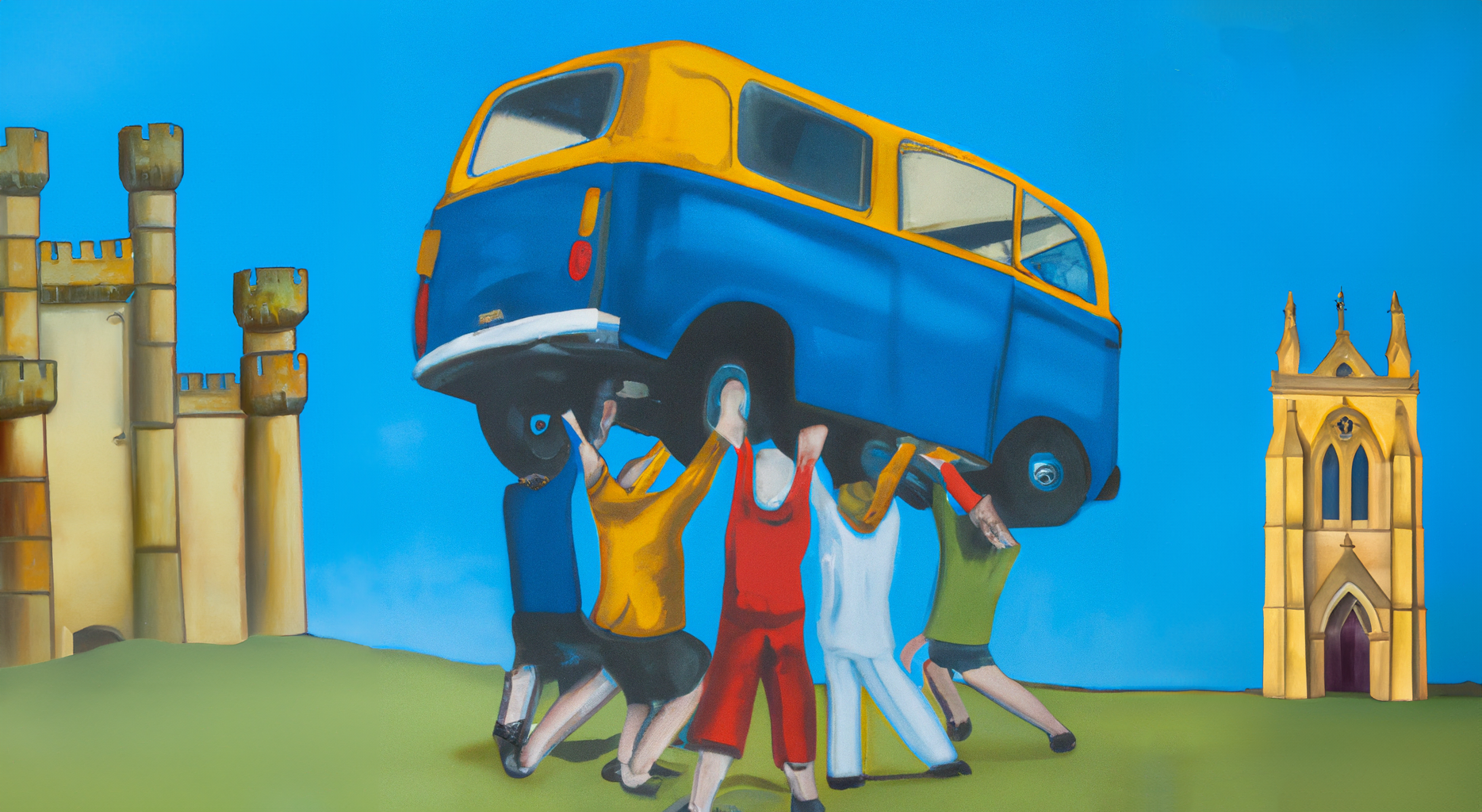
Welcome, and thanks for coming along!
I'm an architectural photographer. I travel around Britain interacting with special places. I work from my camper van called Woody and I share my experiences via this digest.
⚡️ View the latest digest and the full archive here.
💪 Member Powered Photography Status Page.

This Digest is free to subscribers and is powered by 95 Members
6 more members will enable another free photo shoot
Member Powered Photography Status Page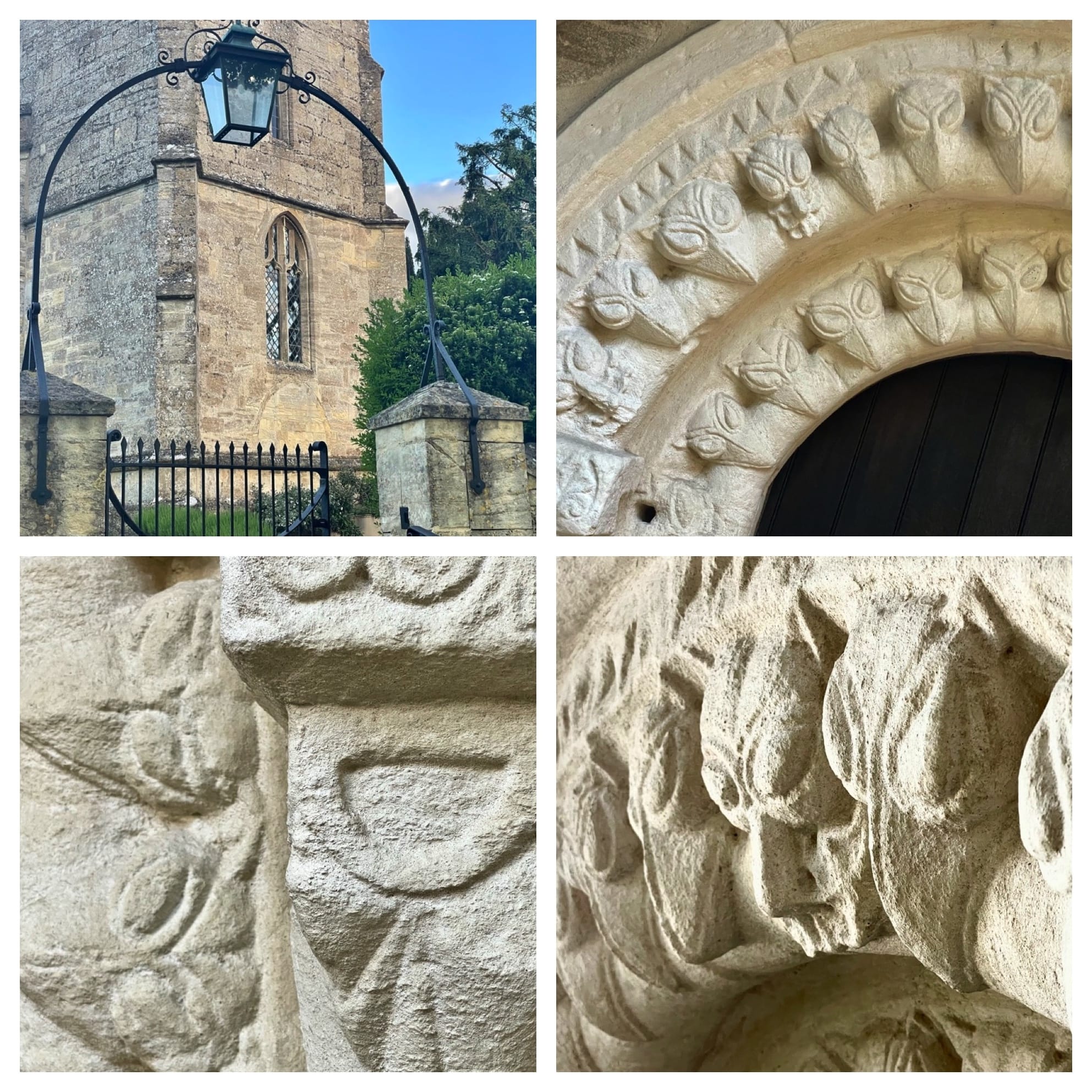
Romanesque (C12th) beakheads at St. Peter's, Windrush in Gloucestershire
“Occasionally this uninterrupted silence and the stillness of a painting can be very striking, it’s as if the painting, absolutely still, soundless, becomes a corridor - connecting the moment it represents with the moment at which you are looking at it. And something travels down that corridor, at a speed greater than light throwing into question our way of measuring time itself. ”
John Berger
Some will not have the time to read this, but if you muster up the courage and you break through the yawning urge to scroll through, you will be participating in a revolutionary act, by breaking the bonds of feudal time.
Out of all the digests I have posted this digest has the potential to be a portal, or even a wormhole, into another time.
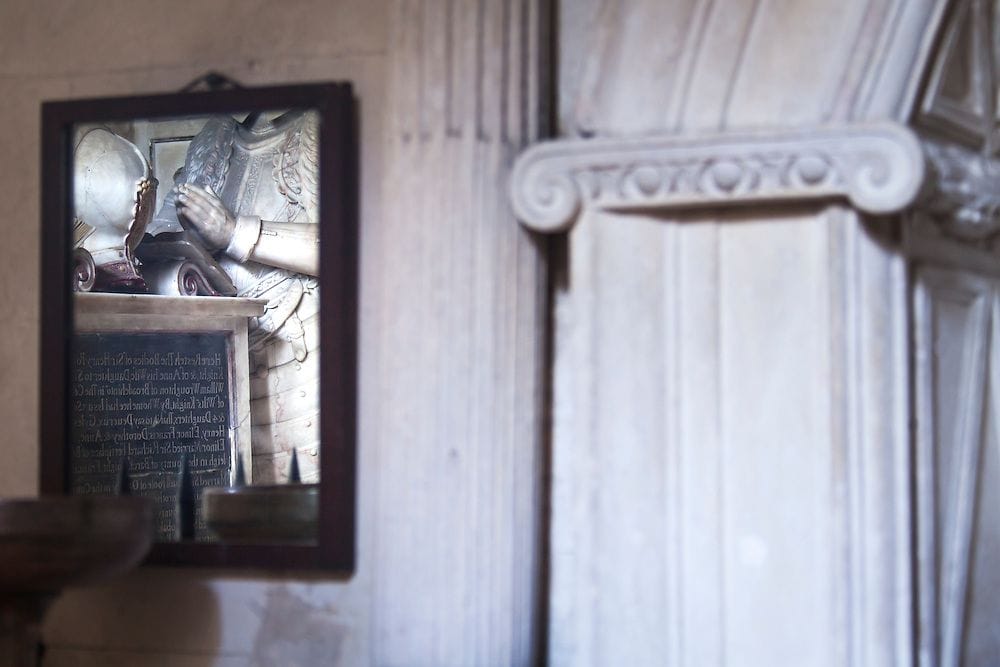
As we busy ourselves planning for Christmas, we hold within our minds the shape of things to come: the people, the food, the gifts and the bonhomie. For most of us, there is a certainty to Christmas Day and a logic in how we govern our lives up until that point. The time we spend between now and then is empowered and infused by a view of time as a rational entity that can be parcelled up into portions.
What might be surprising to some is that our linear view of time isn’t underpinned by science. Science tells us that time can bend and warp. Neuroscientist, David Eagleman says that ‘time is a rubbery thing’. Our current view of time is a condition of modernity. Our brains are responding to our progressive need to master time - to clock it and to calendarise it.
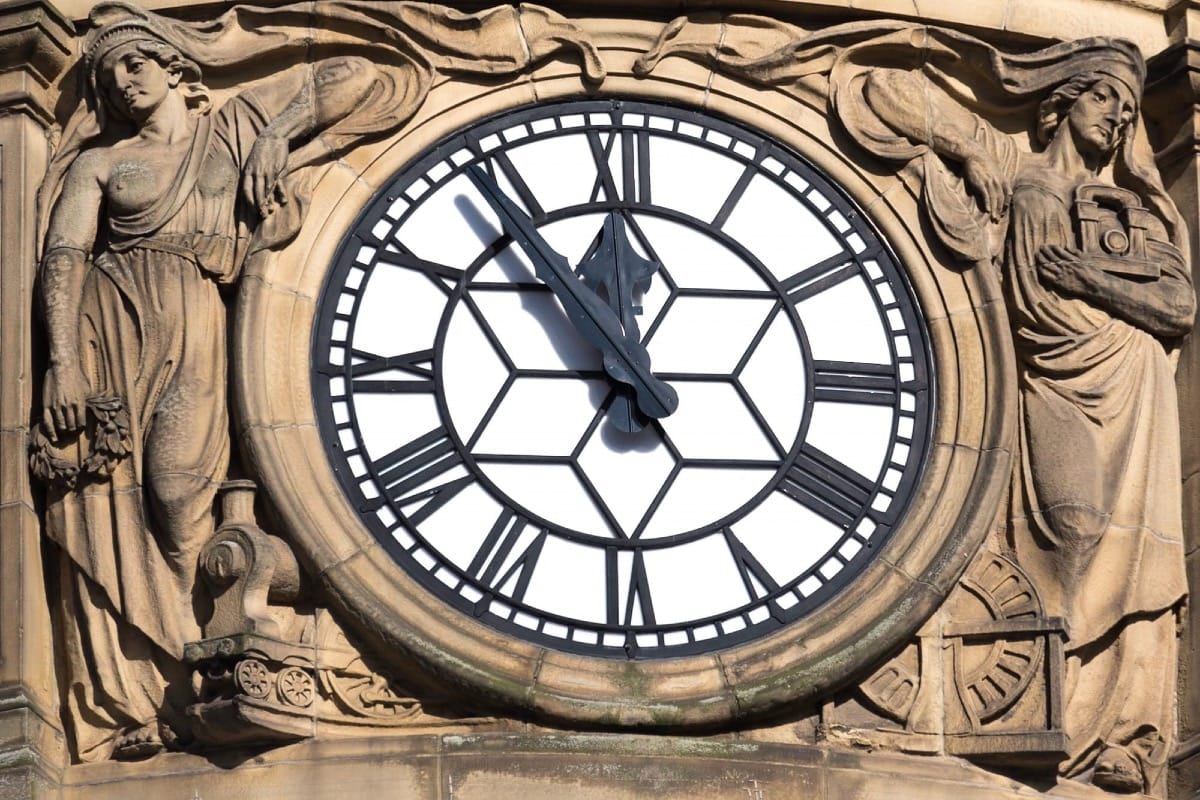
Working in the historic environment as a photographer has given me an alternative view on time, time that is layered and multi-faceted and full of surprise. My experience has helped me realise that we are living in an age of feudal time, where time is appropriated and conditioned by super entities that exist beyond our political and geospatial boundaries. Today we live in time-X, Tik-Tok time, a time-scape that is cauterised by the notification.
Other cultures experience time in the round - as circular with the seasons playing a significant part in the temporal. The Romans saw the future as fixed - their actions in the present could not alter their future. J. B. Priestley described time as an omelette. But, it is Shakespeare that comes the closest to my experience of time. He saw time as something that could be entangled in objects:
“To stamp the seal of time in aged things,”
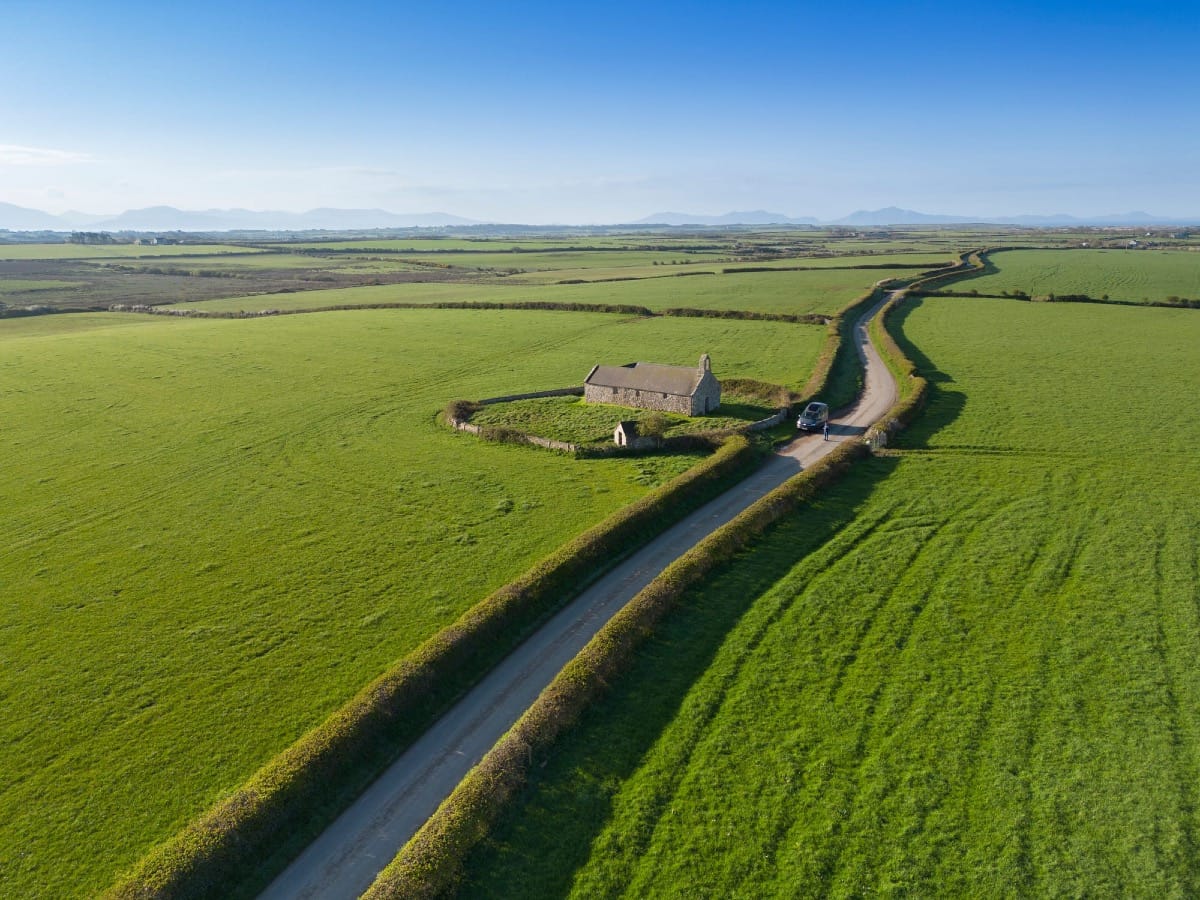
For me, time is like a river that flows constantly, but slows down on the bend and is caught up in eddies and entrapped by the oxbow.
My view of time has been significantly impacted through the act of photography and, in particular, my experience with historic places, especially churches. Whilst photographing churches I’ve encountered time as elastic and malleable. It’s an experience that has elevated my wellbeing as well as the way that I relate to our world, and I’d like to pass it on.
Whilst a photograph can hint at time’s passage, churches press the grubby nose of the past right up to the present. Whereas photographs can halt time’s procession, churches suck it in with an imperceptible hoarding of time. In these sacred nooks a gathering takes place. It’s here that an ocean of generations come to shore - the monuments, inscriptions, and carvings; the rood, encaustic and vaulting - washed up like driftwood.
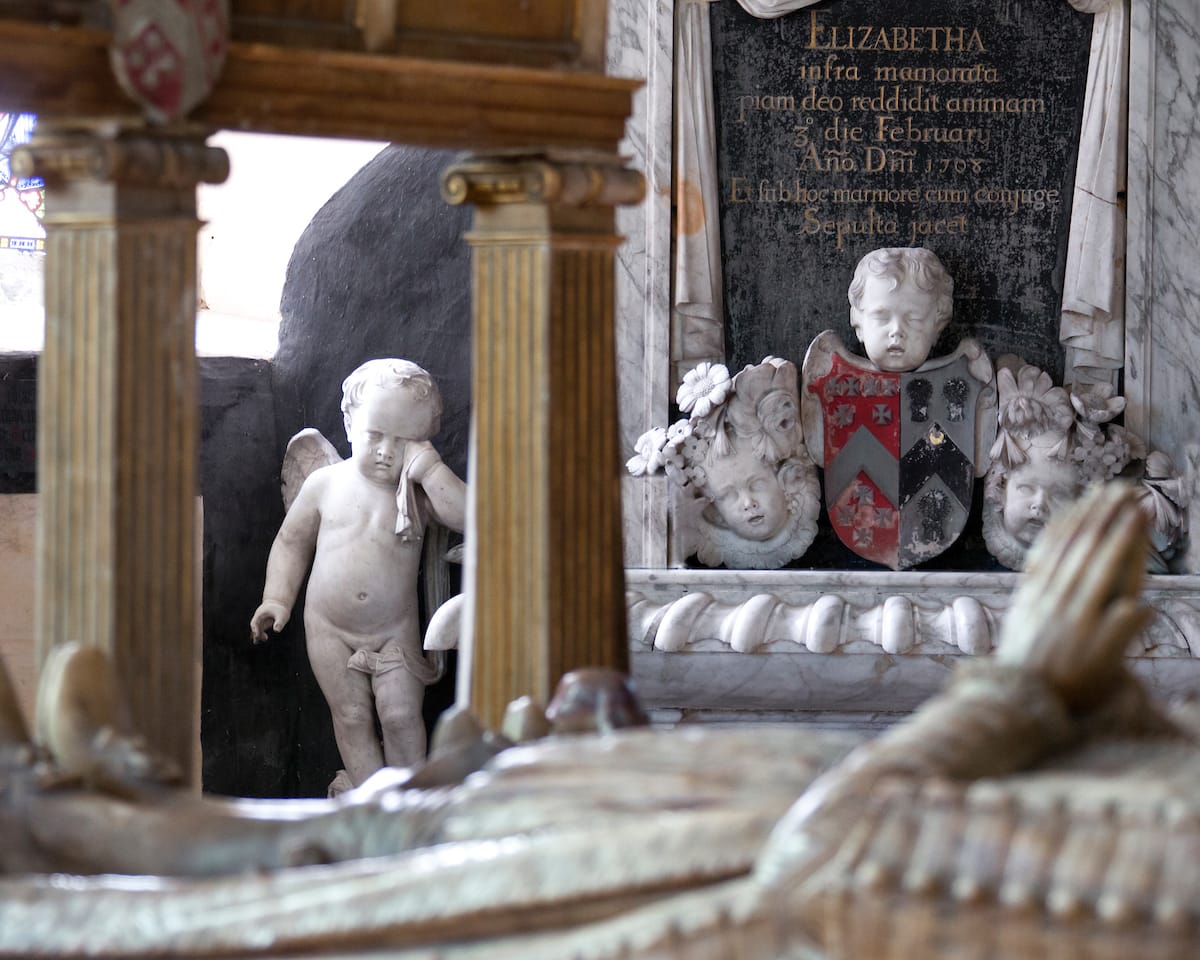
John Betjeman called them mothering spires. They are places that have sheltered the trials and tribulations of communities for thousands of years. When I visit, the shared experience of the present and past are in alignment. Current troubles evaporate in these structural expressions of former times. It’s a collated wisdom that manifests in a sense of feeling grounded. Our forebears have been through what we’re going through now - and they survived. These places hold their secrets and are saturated with meaning. They are tachographs of the human condition that slow down time.
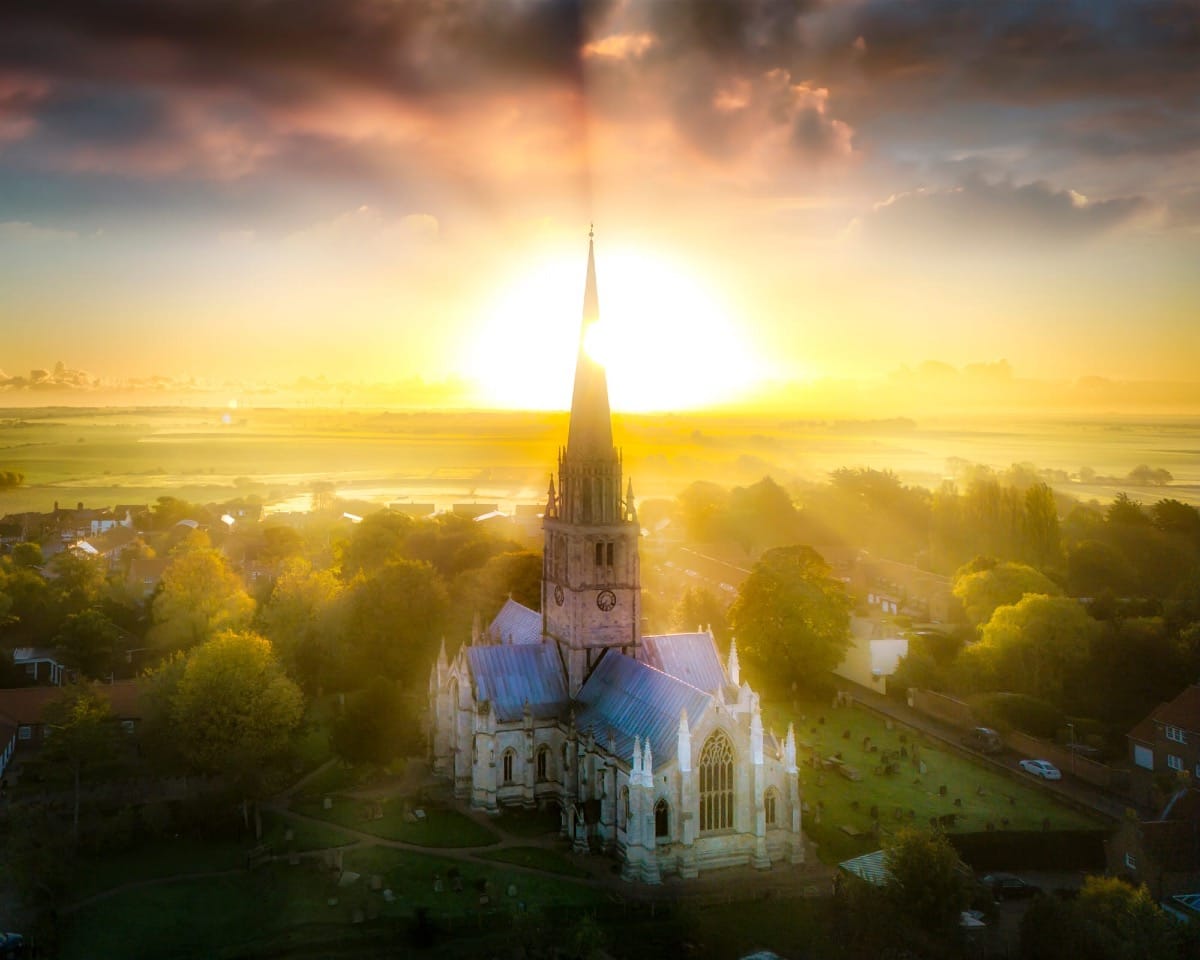
Feudal time tells us to make our book chapters shorter, to shoe-horn the complexity of our world into 30 second sound-bites, to polarise our lives in 280 characters or less. Feudal time leads to the scatty mind that promotes disconnection rather than concord, a mind that only clings to the present irrespective of the past or the future.
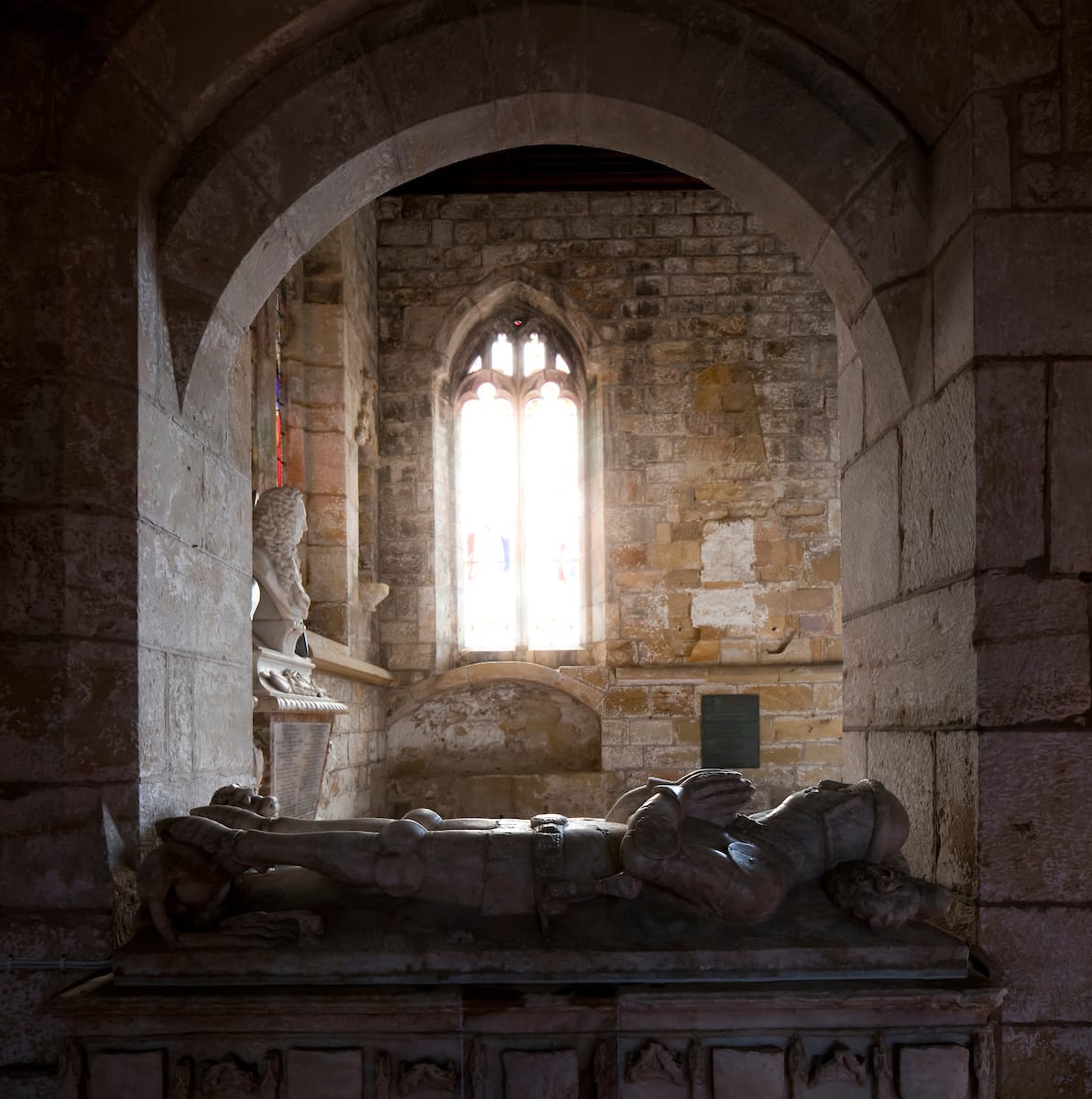
But there are magical places, curated by our forebears, that allow us to escape feudal time, to bathe in an alternative chronology. In medieval times, people found refuge by seeking a sanctuary knocker on the door of a church. Perhaps now, more than ever, these buildings have the potential to become sanctuaries of the mind. To draw from their experience as well as our own; to heal, soothe and place the present into perspective, nourish us with the past and, without the shackles of a feudal mind, overcome the challenges that our future brings.
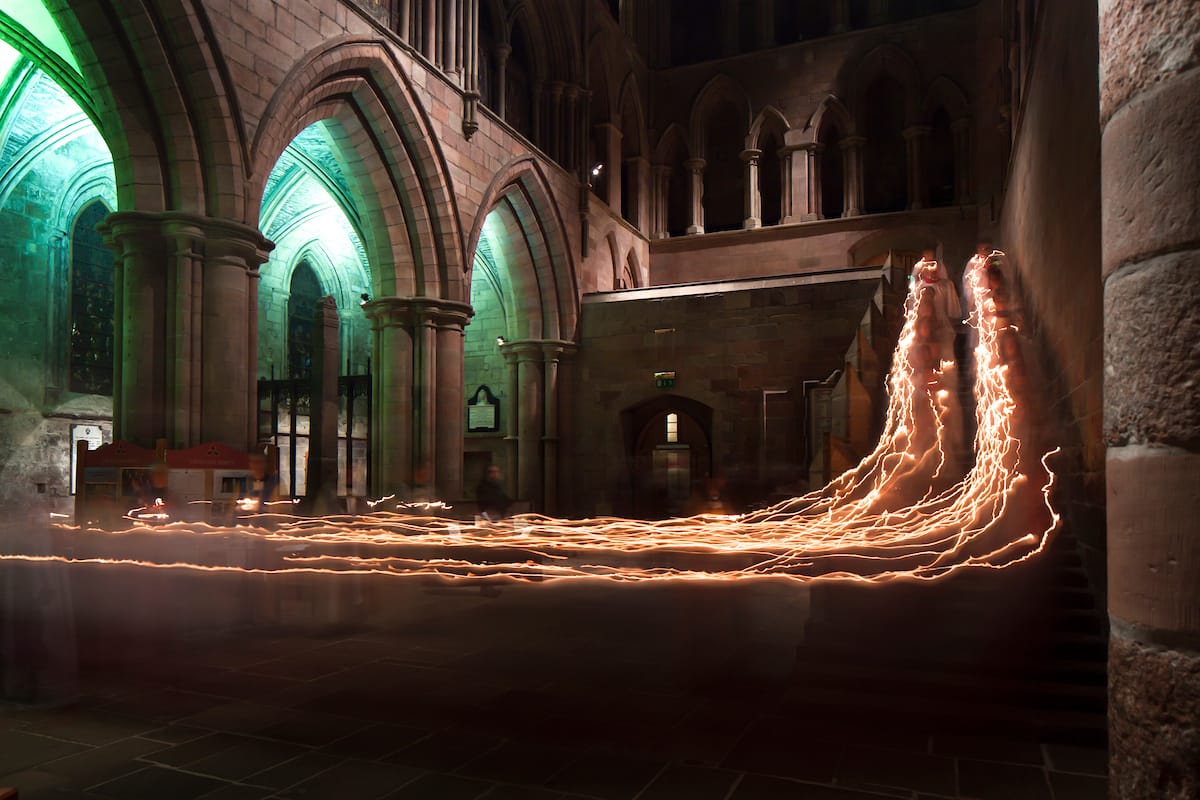
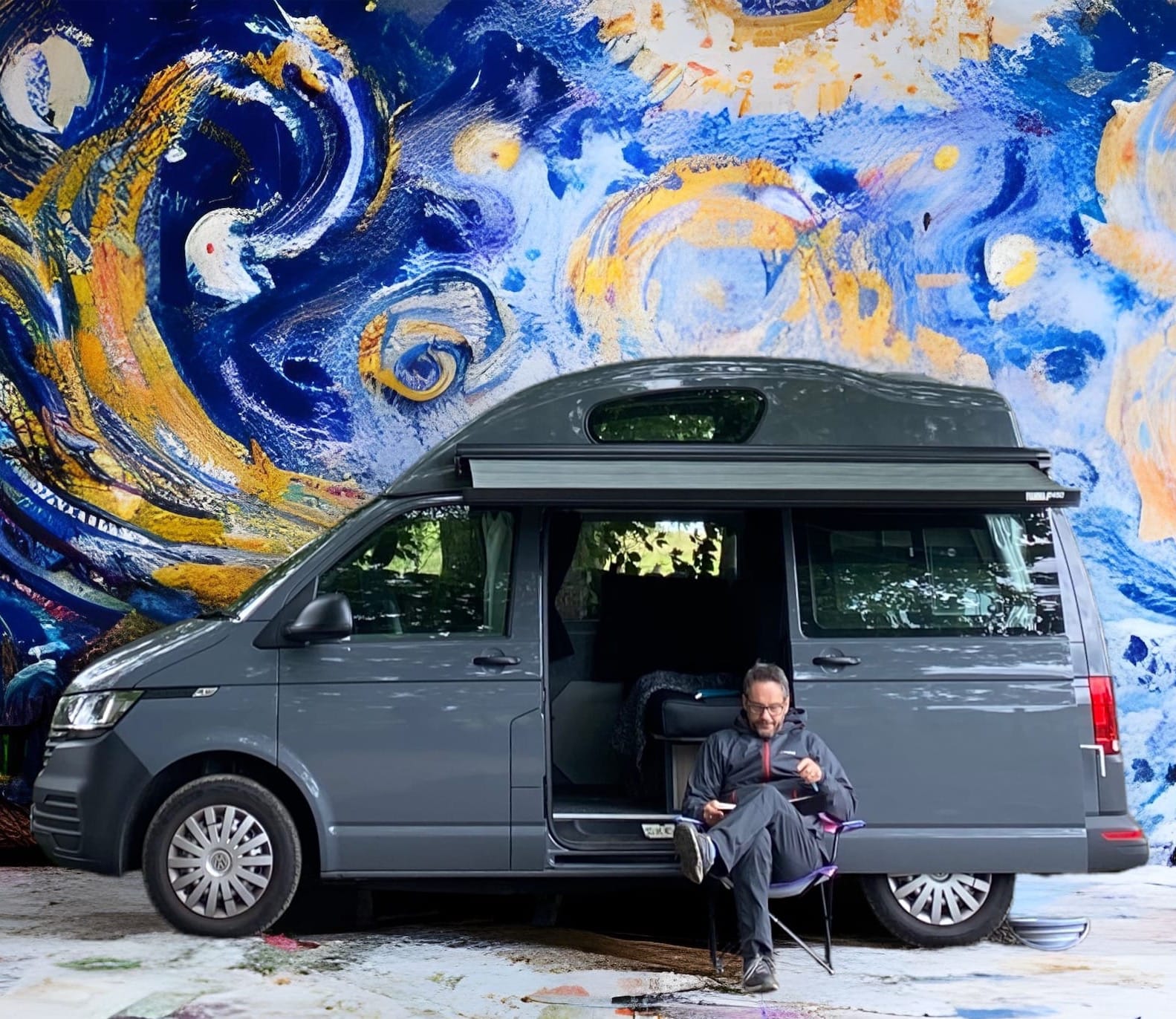
Can you help keep me time-travelling into 2024?
Become A Member"There are places and things which make our thinking possible, and leave our thinking changed." - Hugh Conway Morris.
As I continue my journey into 2024, I will take you to places that are an antidote to feudal time.
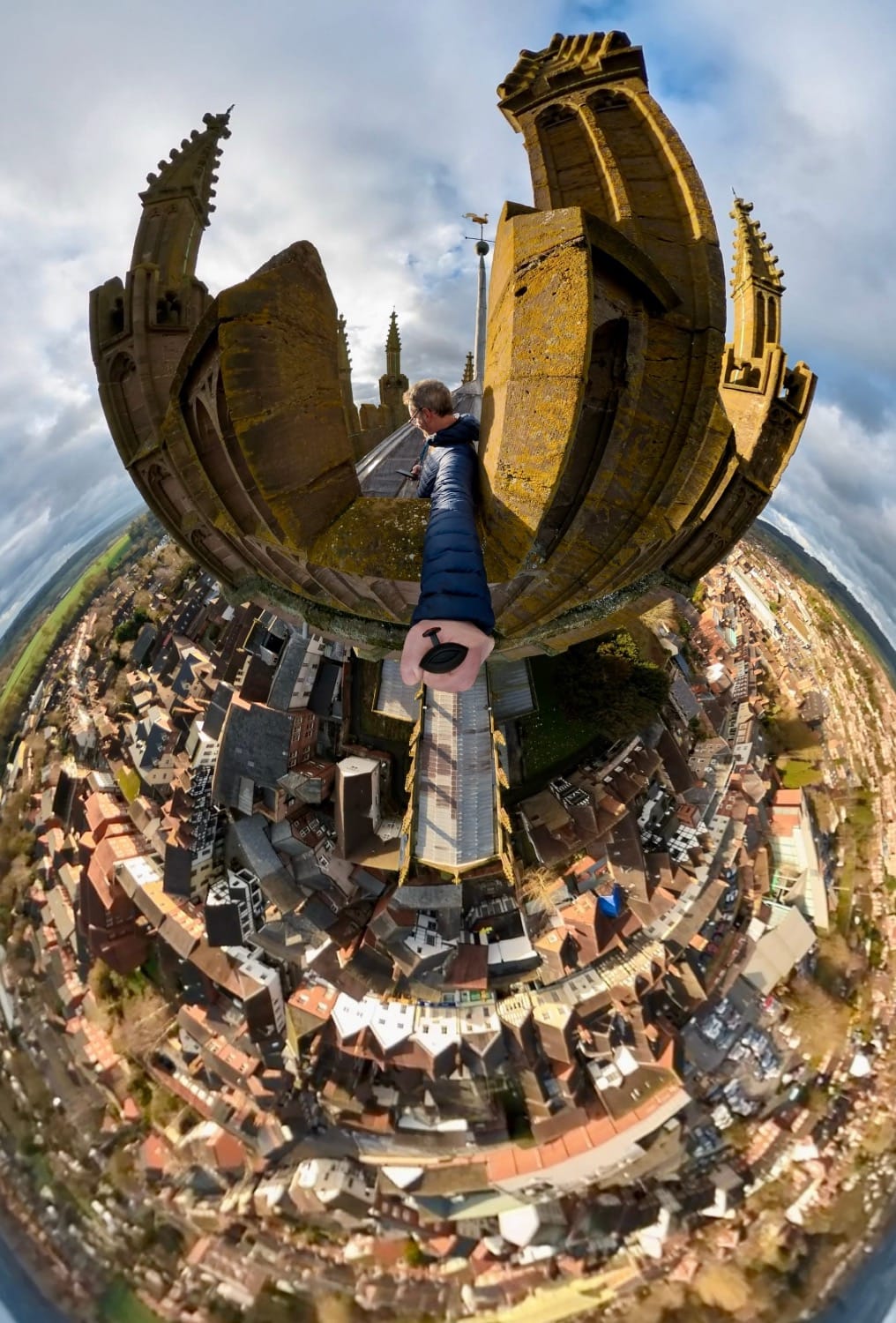
The Genius Loci Digest is an antidote to feudal time, not feudal times:
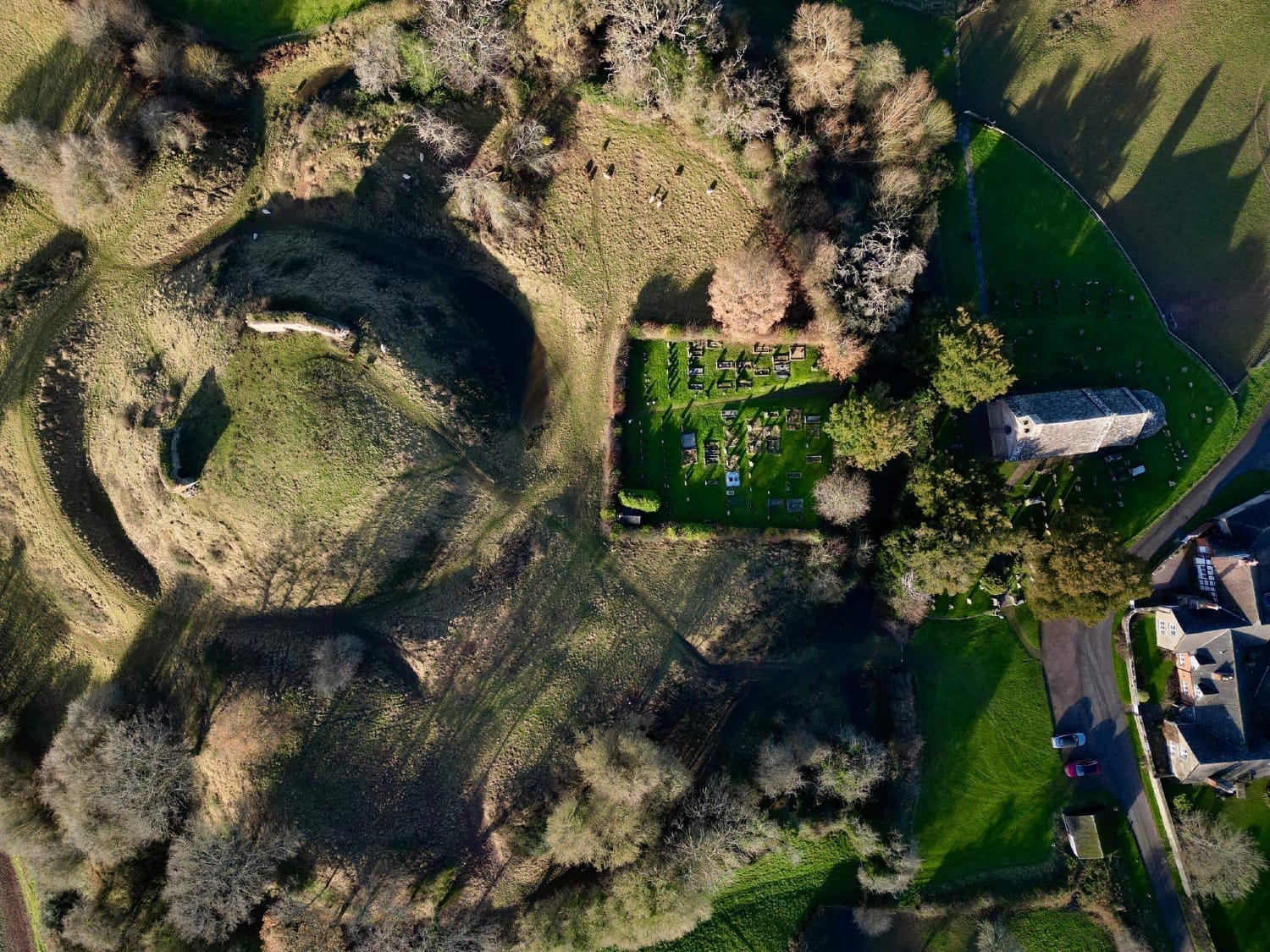
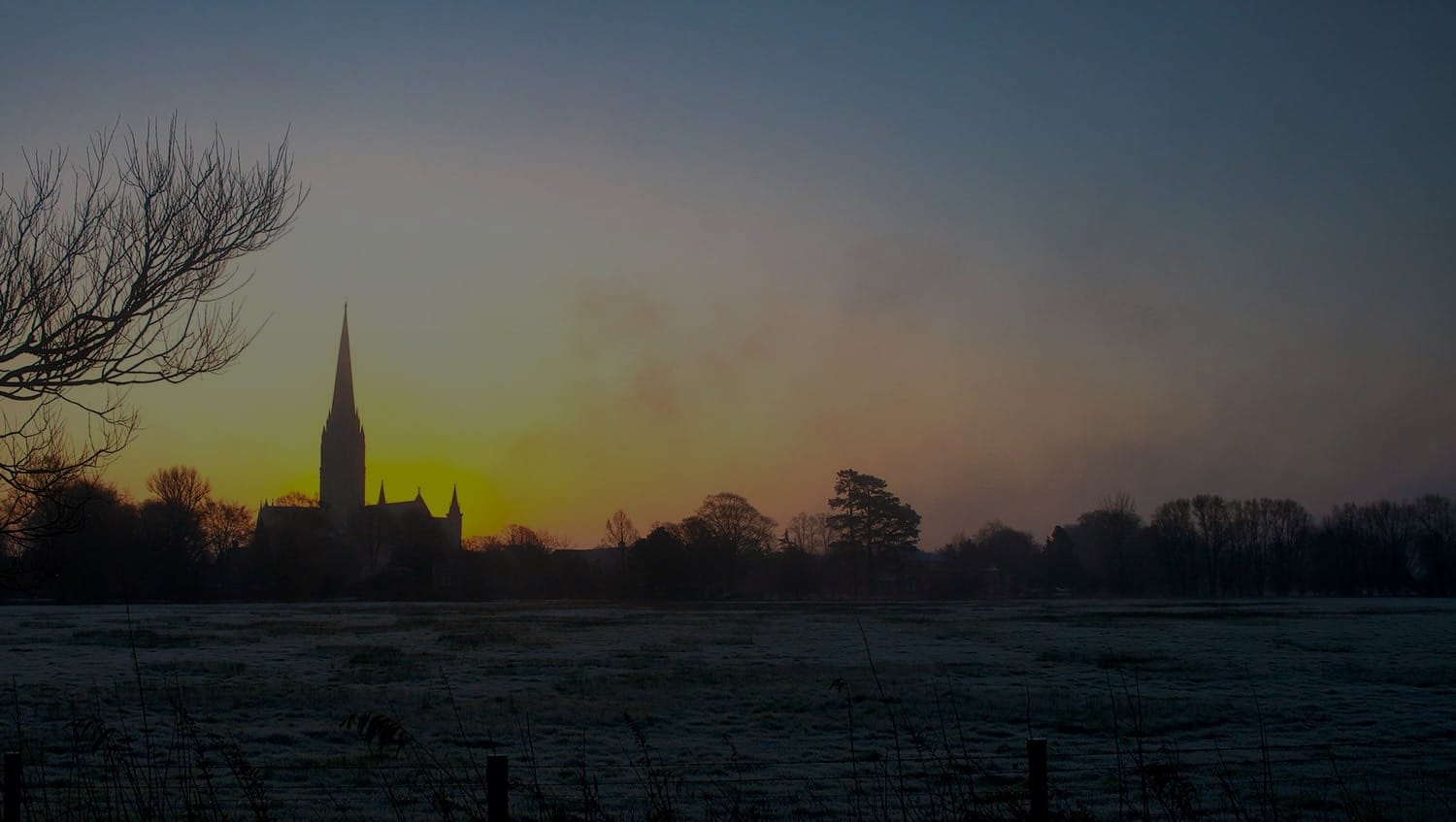
✨An Antidote to Feudal Time: Places that slow down time. ✨
Below is a map of places that confound time and a description of how they impacted my relationship with time.
How fortunate we are to still have these places and spaces, the nooks and the crannies that allow time to dwell - so much so - that they can leave our thinking changed.
The Thin Places
St. Michael's, Upton Cressett, Shropshire.
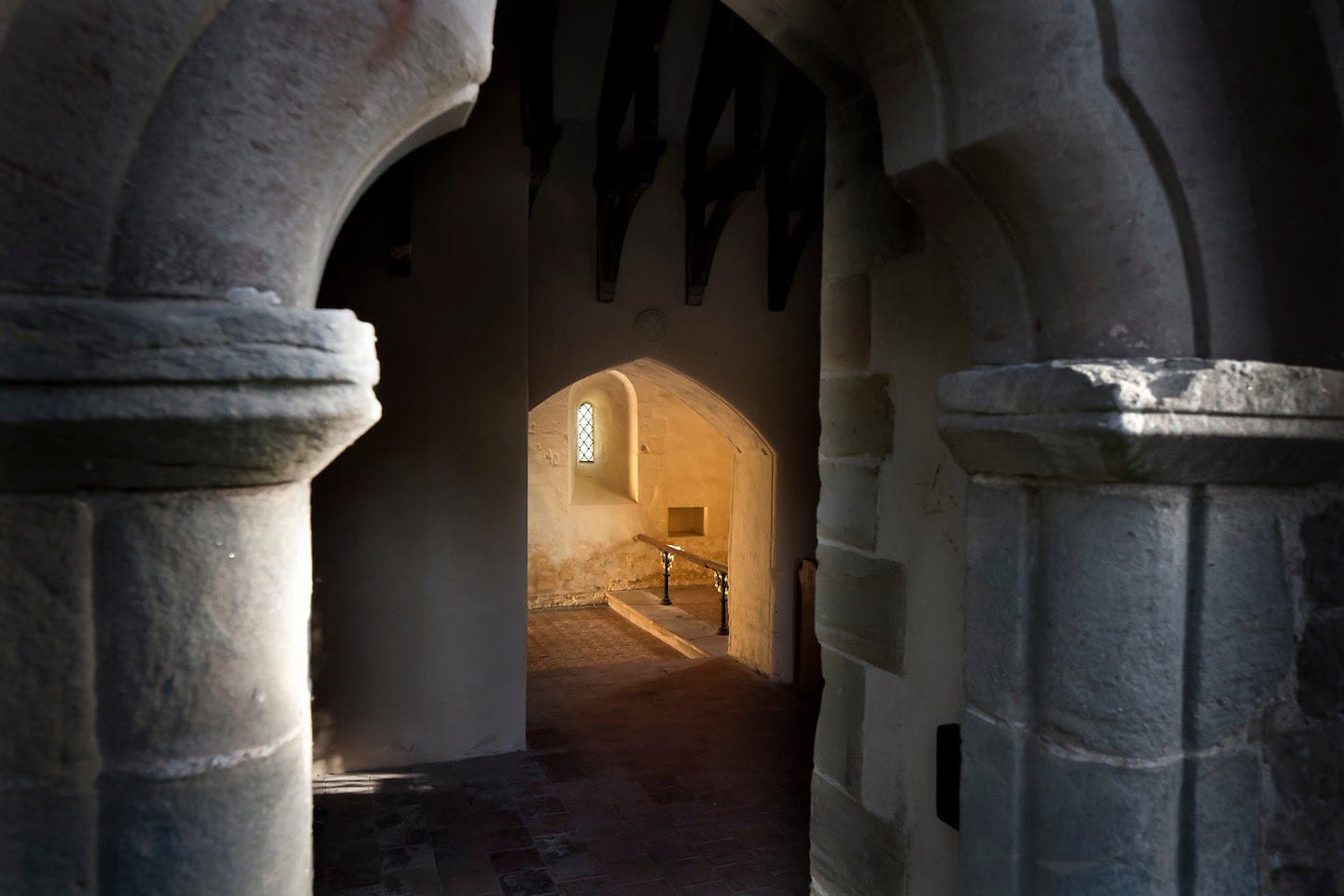
Cast into a landscape as though a medieval stage-set, the journey to see it becomes part of a narrative that draws you in through the hollow lanes that have to be traversed to reach it.
Whilst photographing the interior I felt the gravity of the place, although not through its size: it is a tiny two cell church.
On the day I was there I felt time wash over me, as the light did along the chevrons of the Romanesque arch.
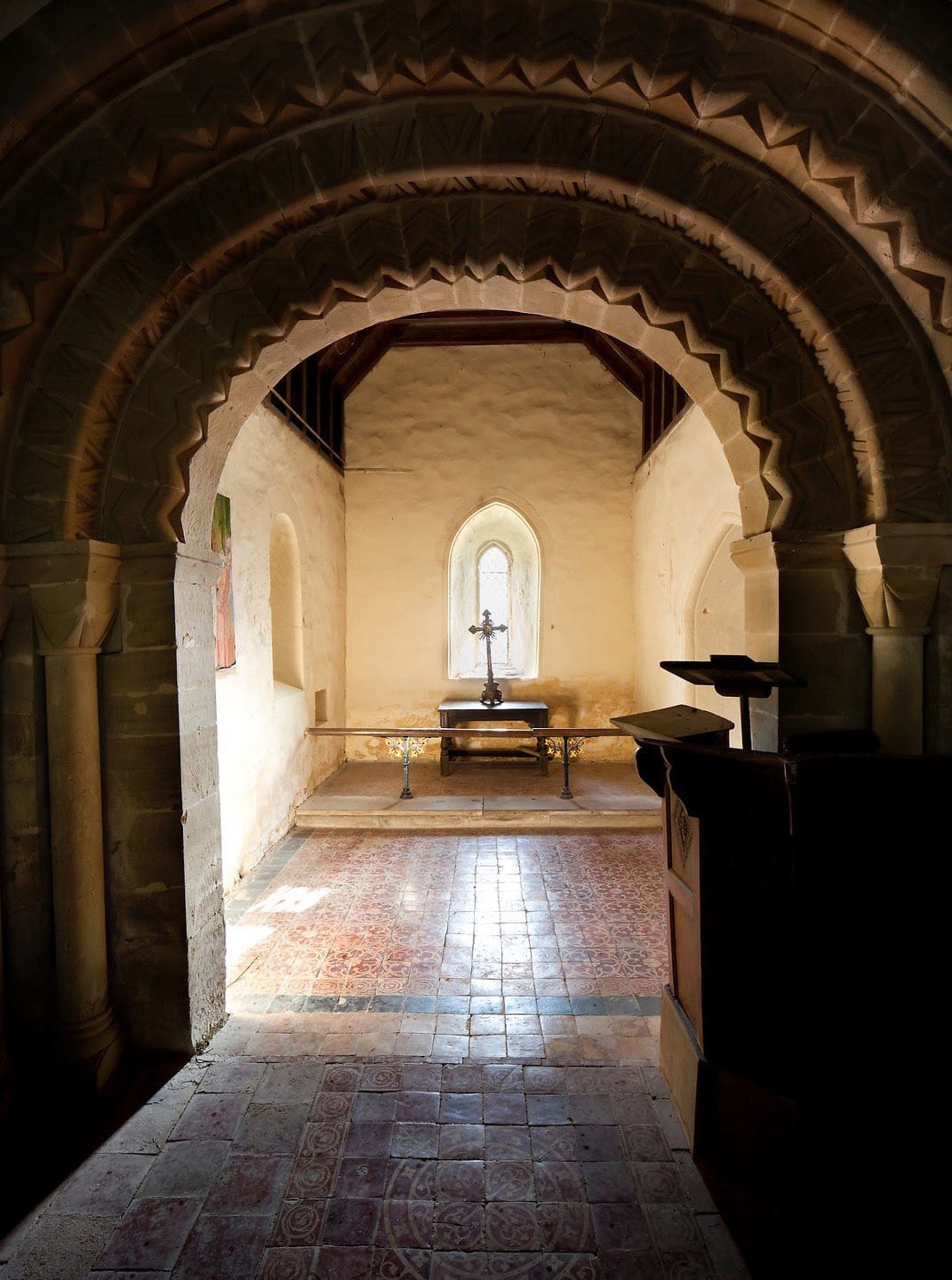
St. John the Baptist, Inglesham
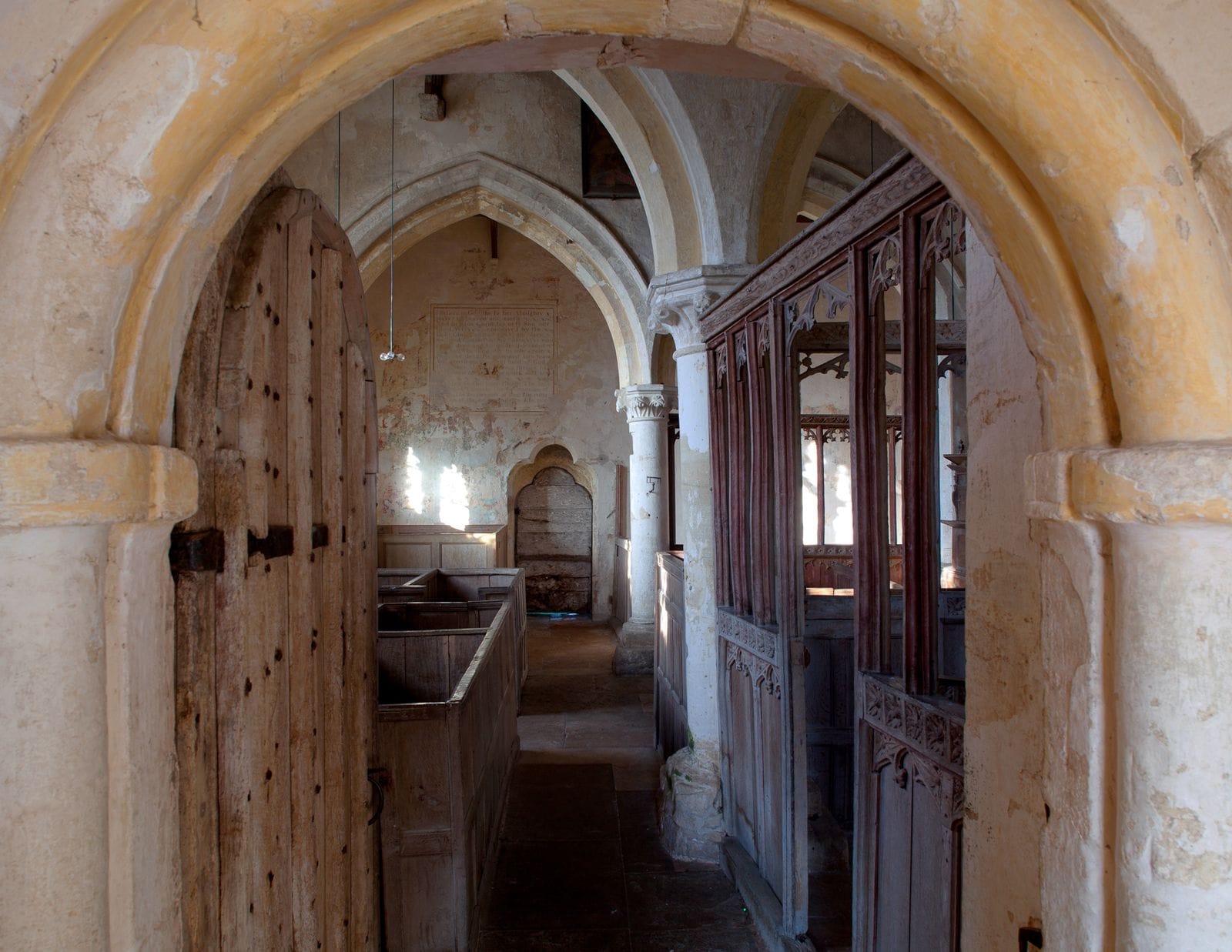
Some places are saturated with meaning, and it just takes a few silent, uncomplicated moments to stop, see and listen to what they have to say. St. John the Baptist in Inglesham was a place that taught me how to see.
This little church in Wiltshire struck up a conversation with me as soon as I entered through the porch. It told me something about its history and how it was built, how it was consecrated and how it has survived.
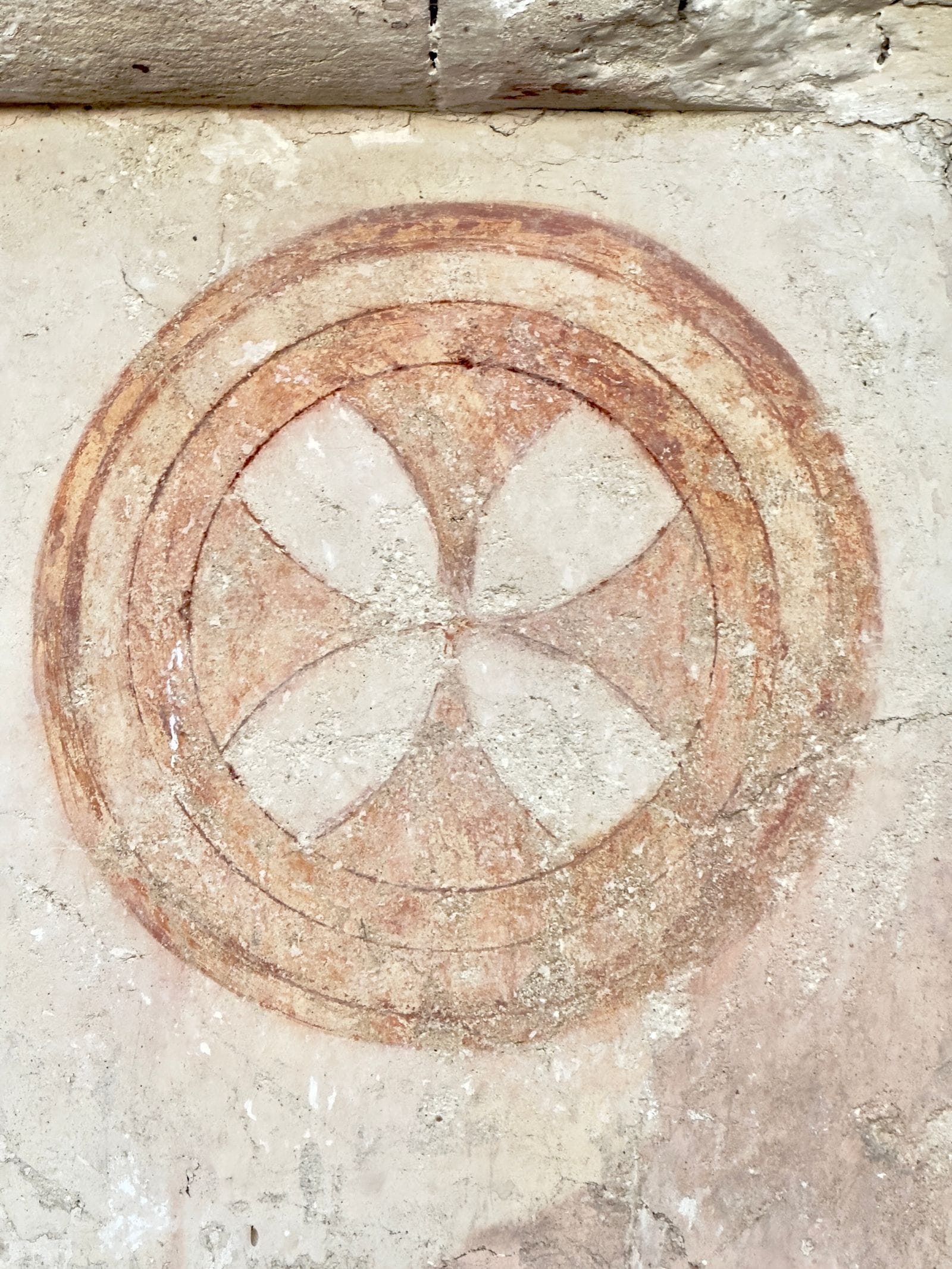
Perhaps Betjeman was inspired by Inglesham when he wrote in his Churchyards poem:
"Our churches are our history shown
In wood and glass and iron and stone."

Time is captured within the architectural narrative, but also within the honeycombed pockets of space. Feudal-time-washing takes place through the process of entry from one space into another. I walked into the nave, then the side chapel and then back around towards the altar. After that - I walked to the right and gazed into the eyes of an Anglo Saxon Mary and Child.
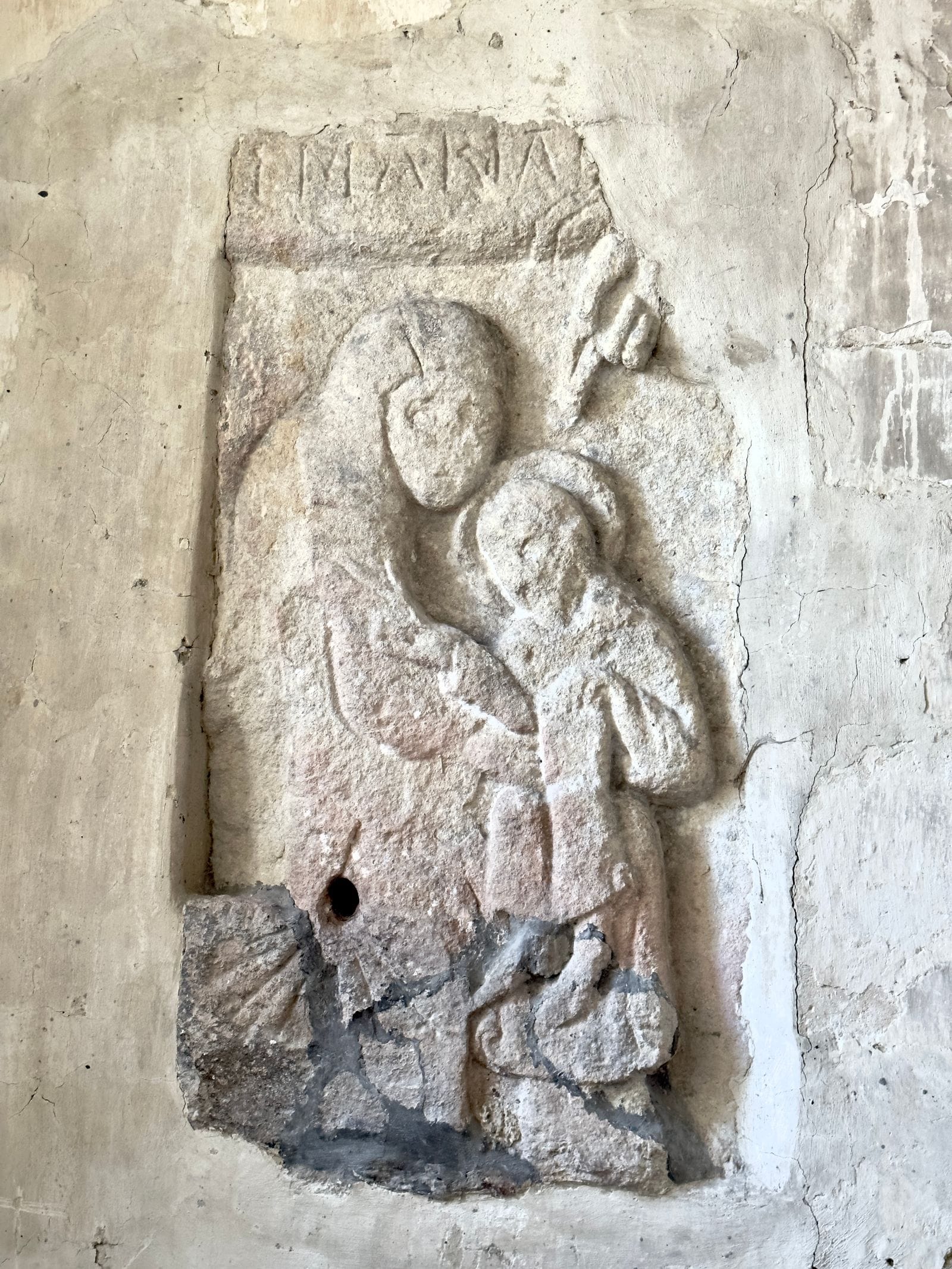
St. Patrick, Patrington, Yorkshire
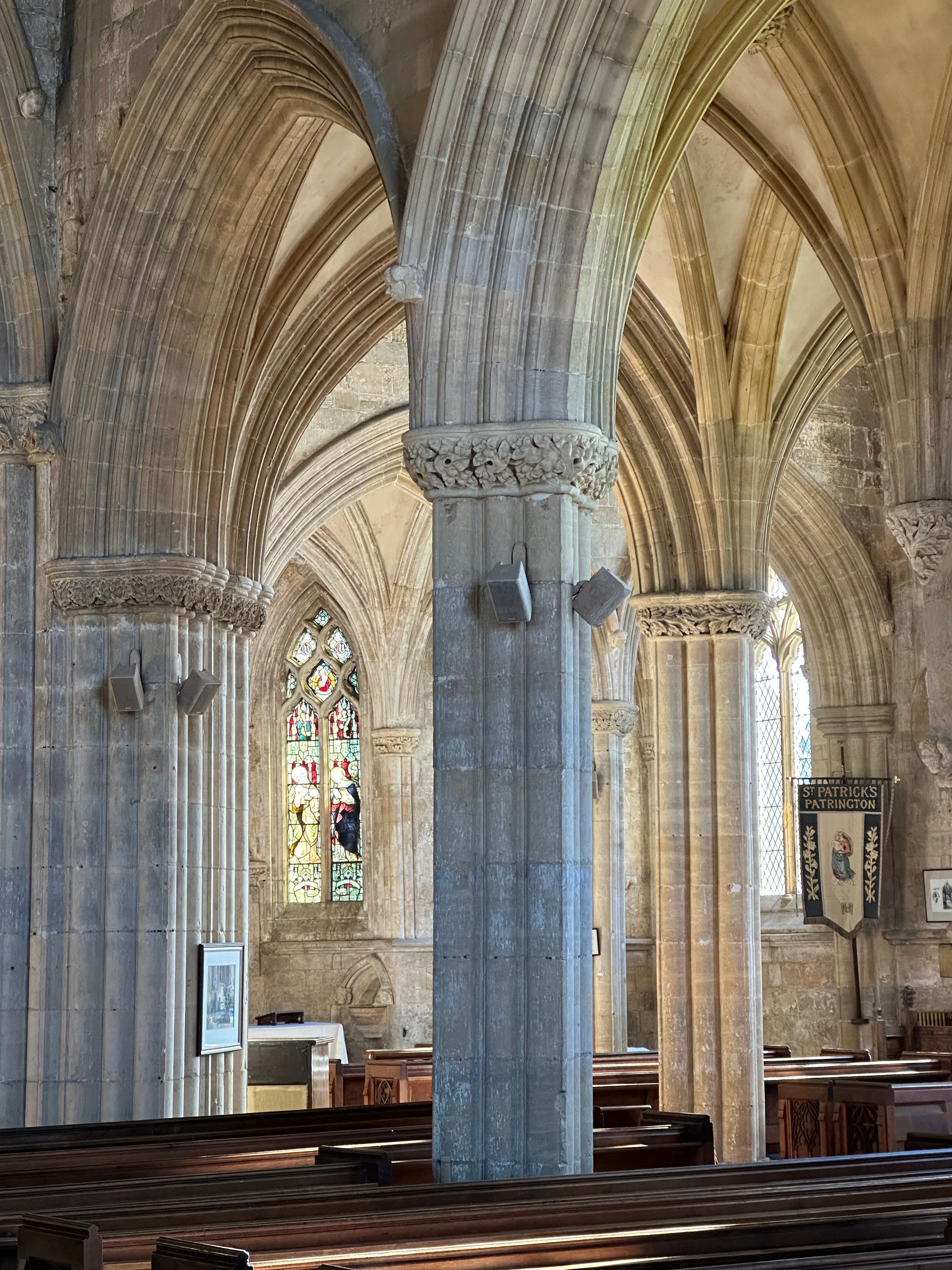
The interior is sublime. There is a sense of balance and harmony inside, attuned to human scale and proportion. This is a big church, but there is a sense of being cosseted from one space until the next.
When I first entered through the north porch my gaze was drawn through a forest of columns, each more intricate and interwoven than the last. Together they formed a canopy that was as comforting as a woodland.
The carvings of jocular smiling figures (some are of the villagers) added more warmth and humanity.
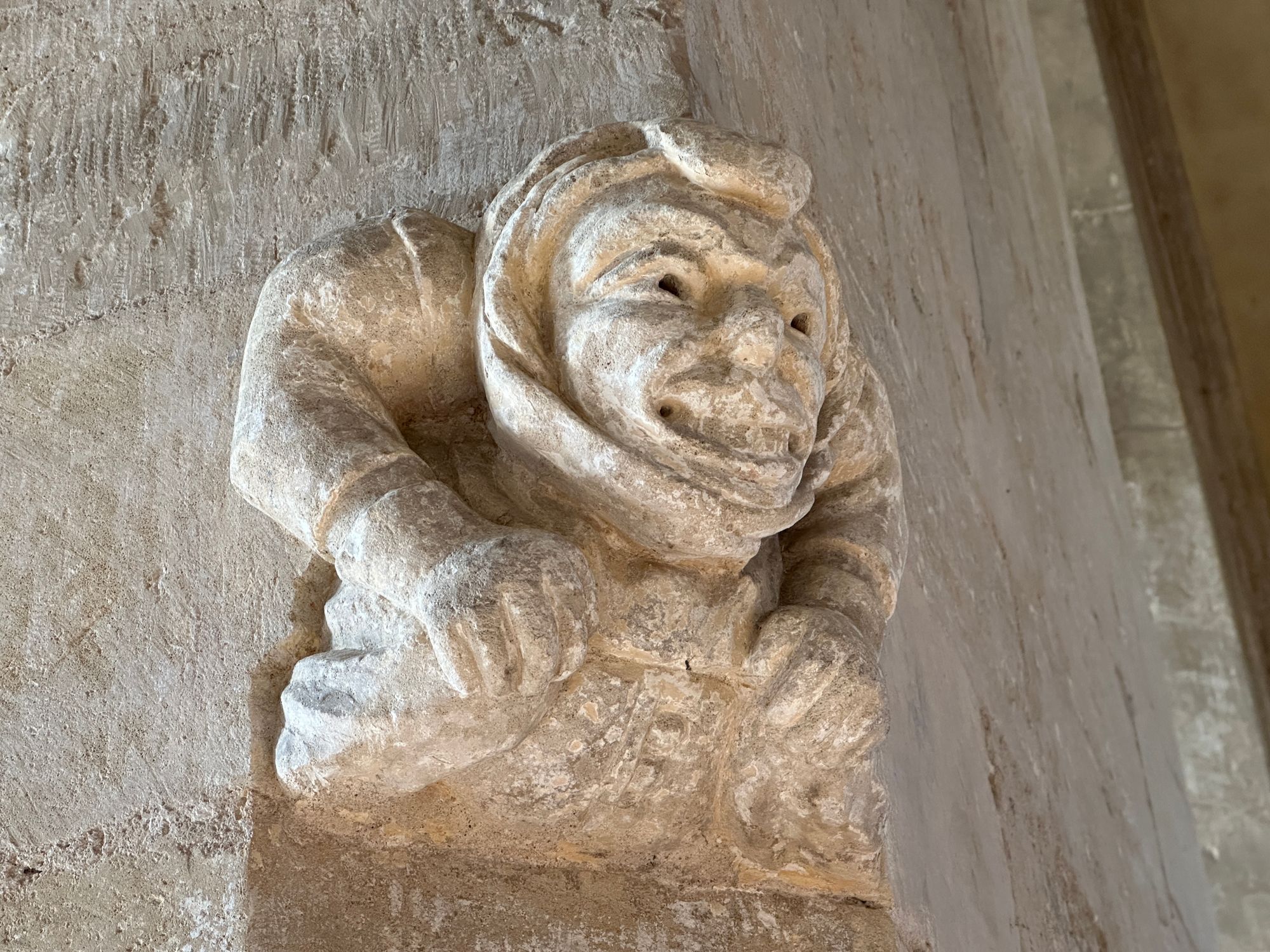
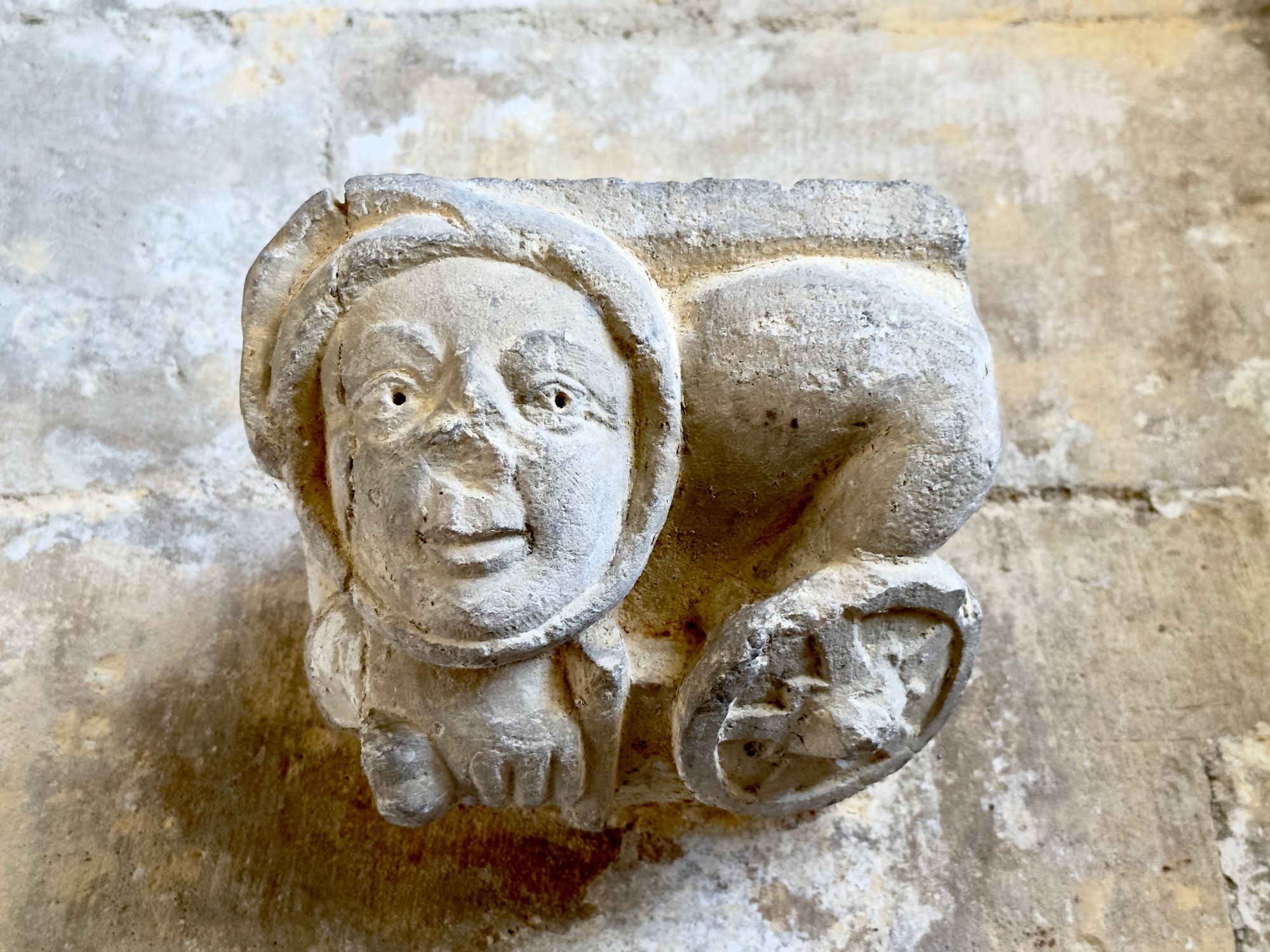
This place is all about connective time - time that has deep roots - that grounds and steadies the soul.
Patrington is best visited in autumnal or spring light when it reaches inside and touches the walls opposite and articulates the curvilinear shadows of the Decorated.
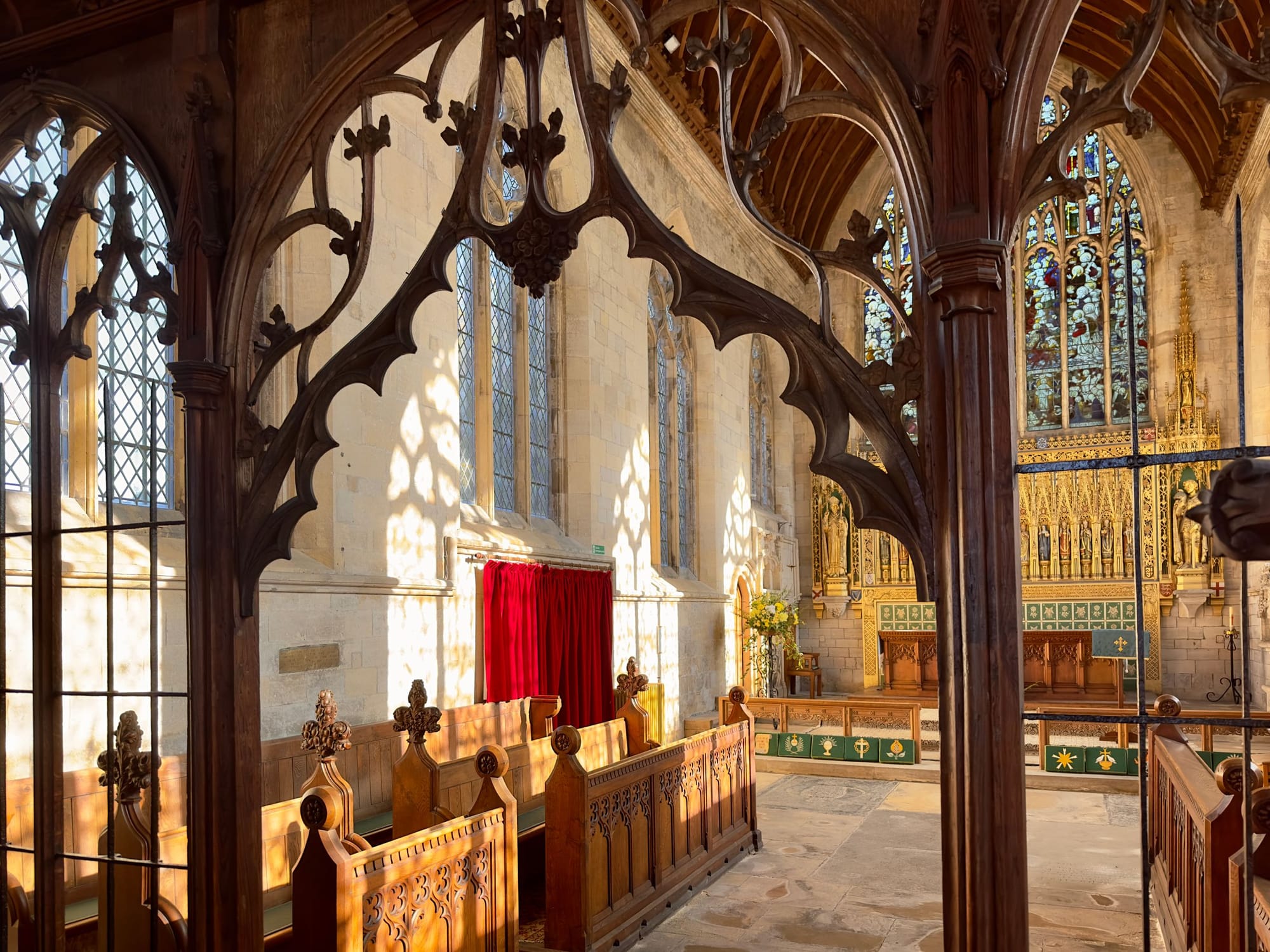
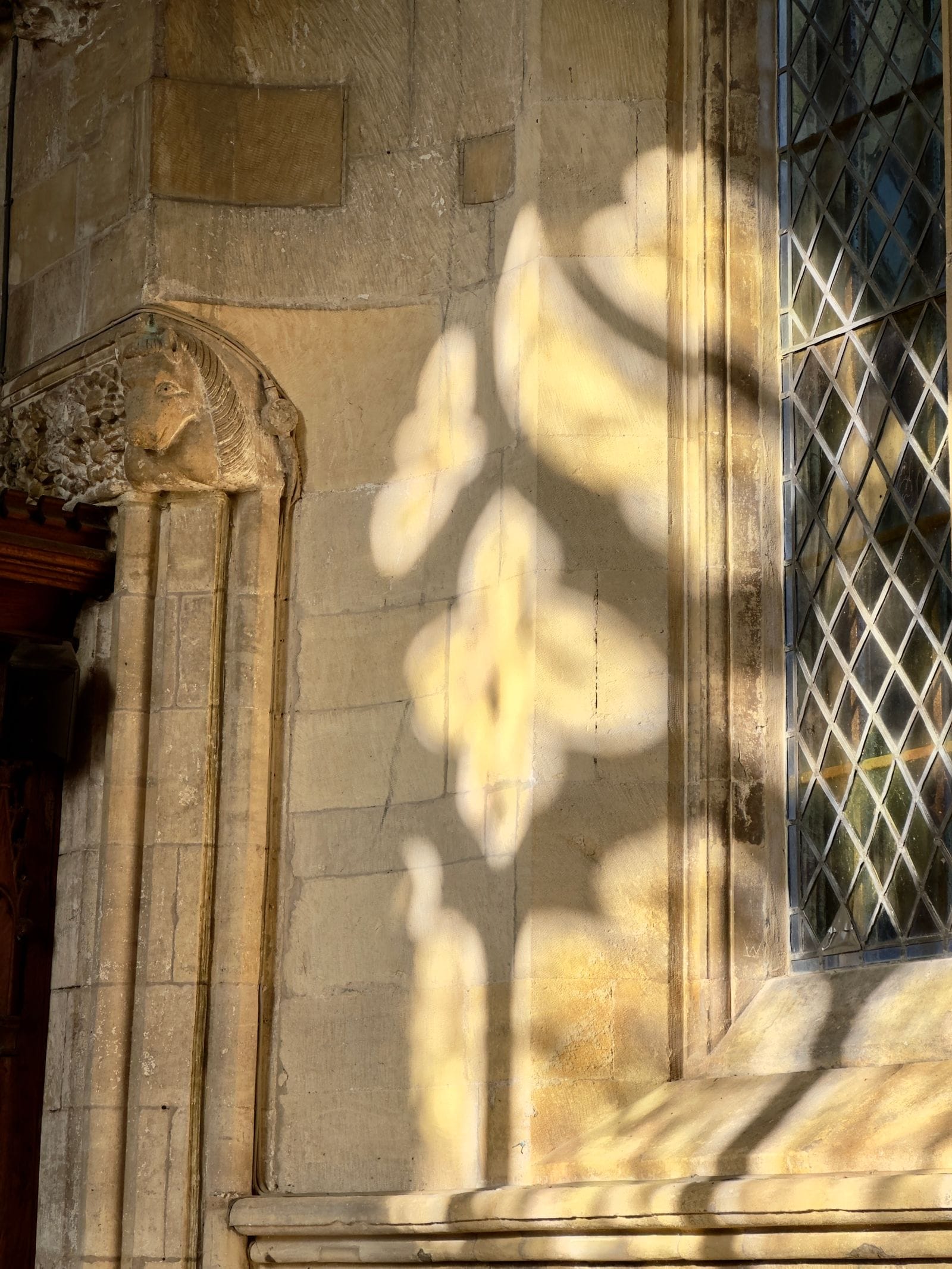
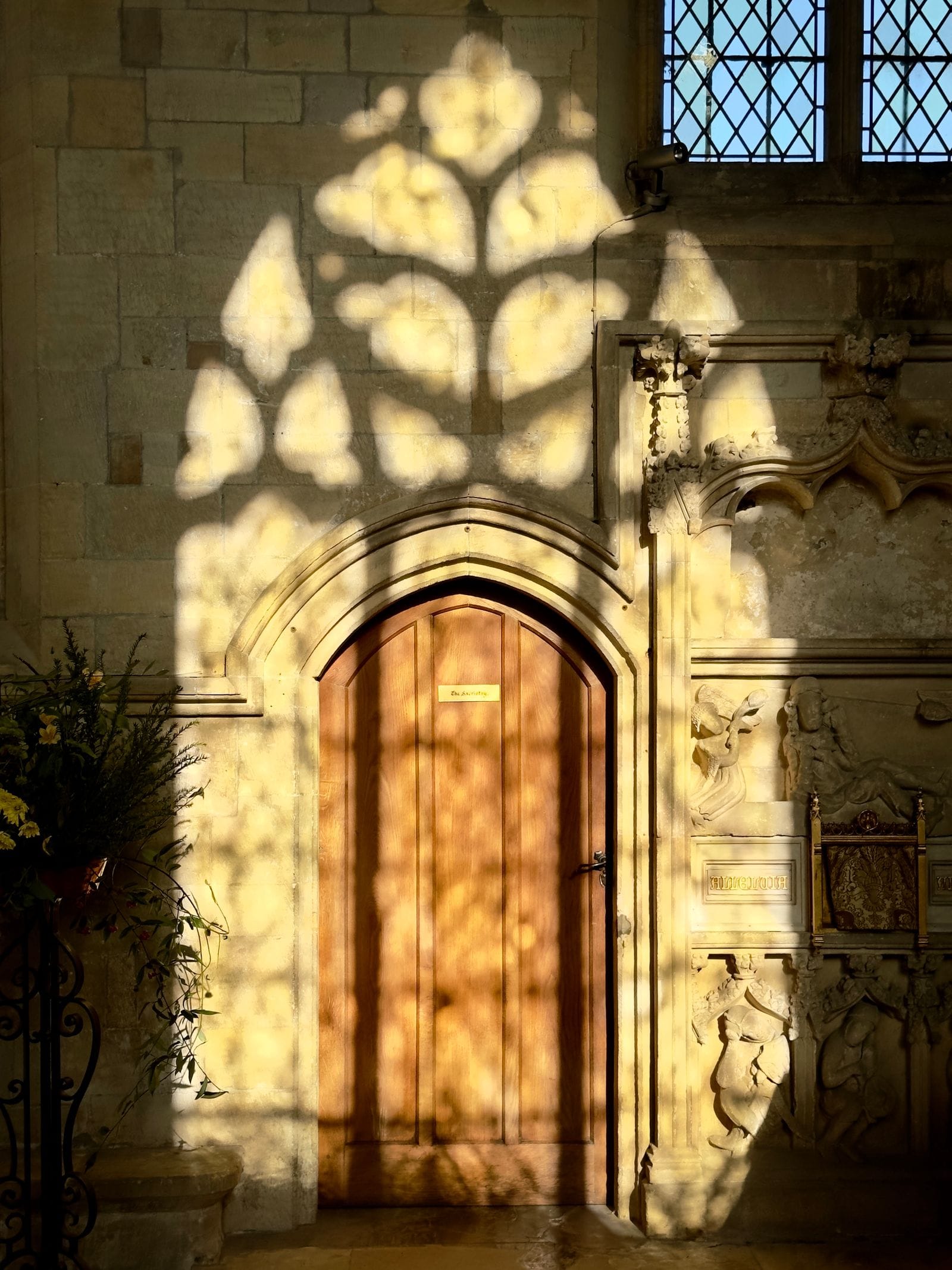
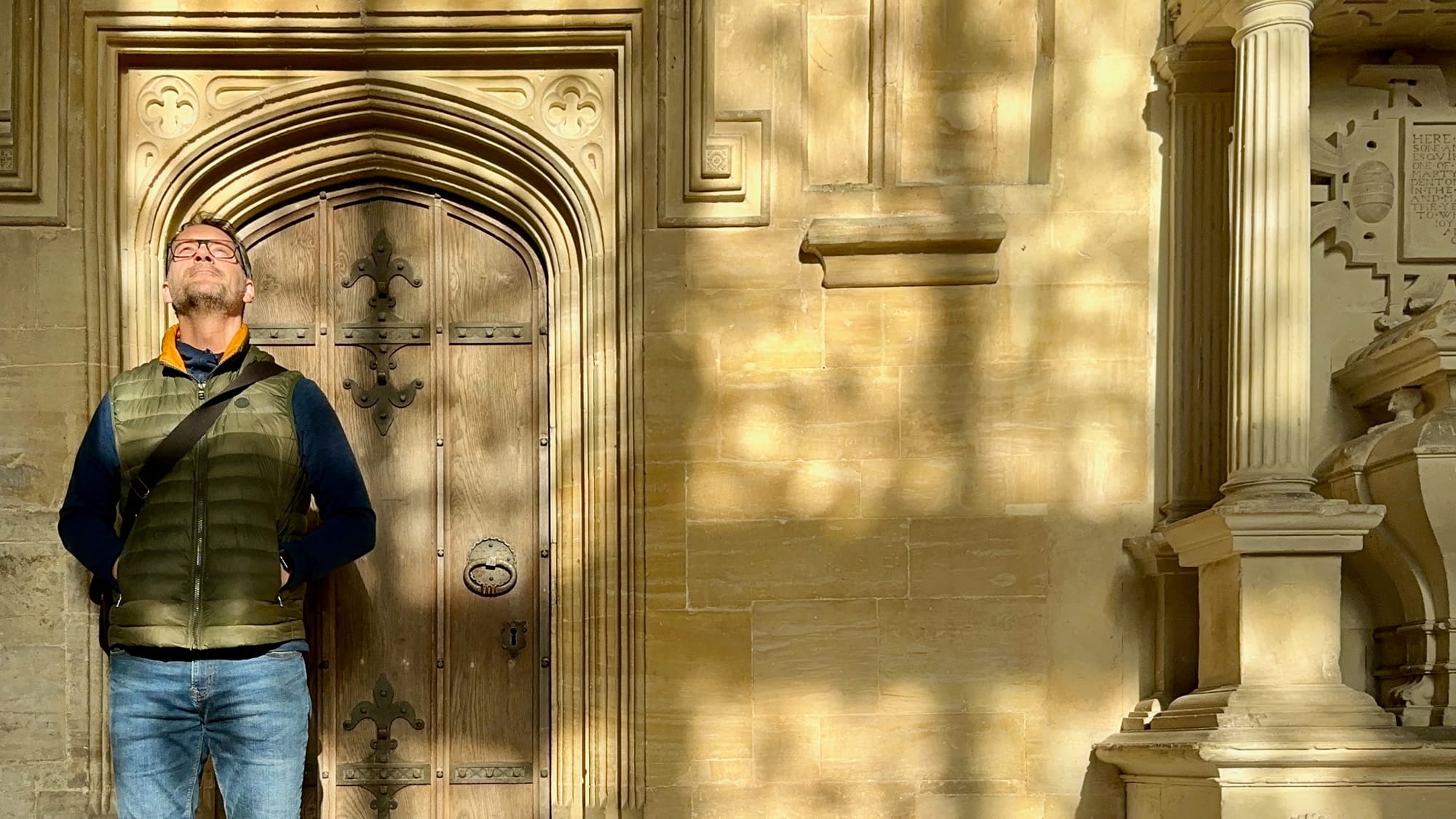
St. Peter's, Windrush, Gloucestershire
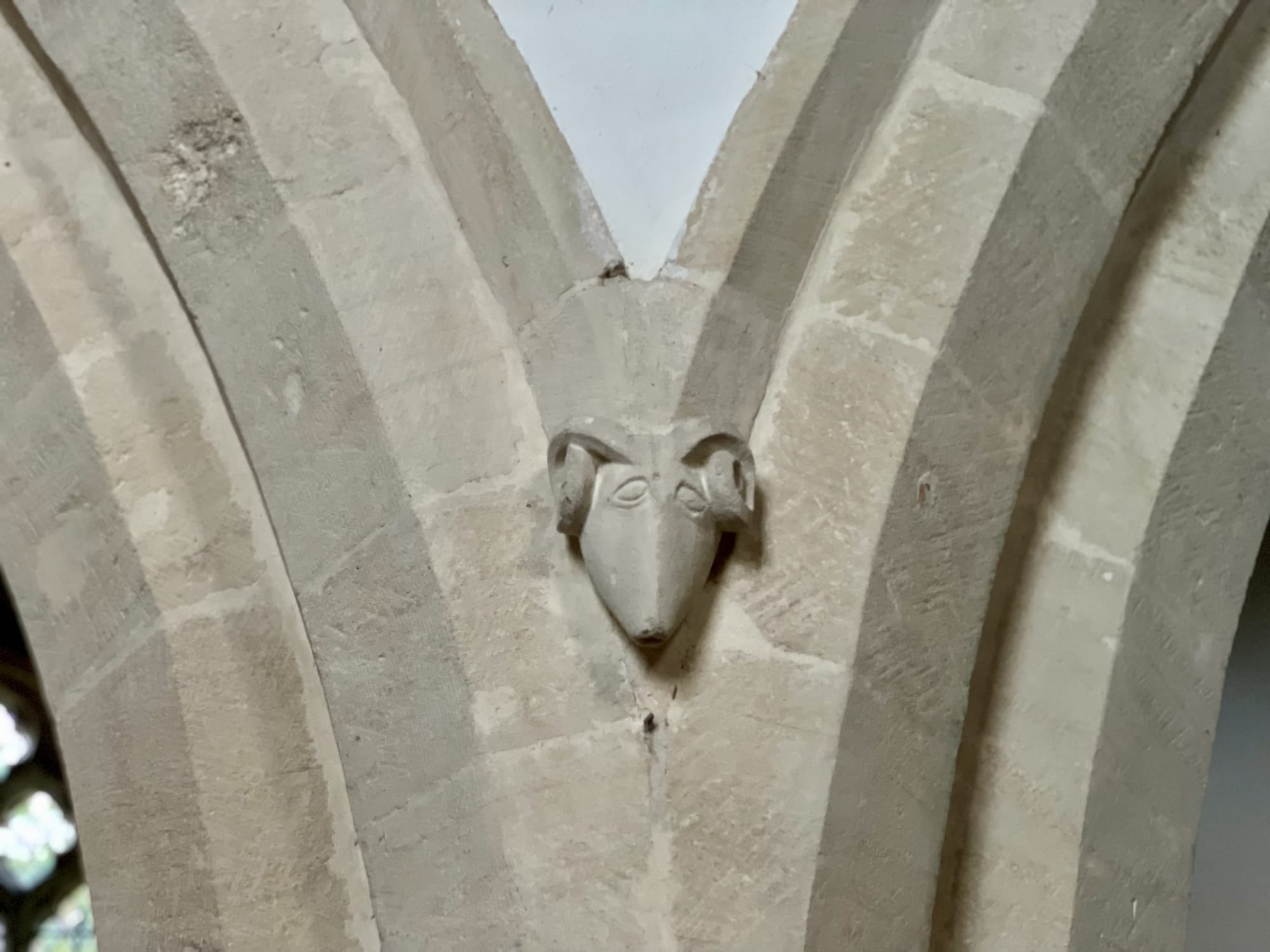
St. Peter's, Windrush helped me experience cosmic time - time across the universe.
It was here that I stood with iPhone camera in hand waiting to photograph a sheep's head. Whilst taking the photograph in the darkness of the nave in a flat light, I was struck with the odd notion of the future colliding with the present.
About 40,000 years, 8 minutes and 20 seconds before that moment, several atoms at the core of the sun, about 150,000 kilometres from here, were subject to an act of nuclear fusion. The resulting light, which had taken around 40,000 years to sift through the suns layers, glinted across the universe in about 8 minutes and found itself heading towards a small island in the northern hemisphere.
15 seconds later it was over the great county of Gloucestershire and 3 seconds after that it took a precarious path over the Windrush village roof-tops. It then percolated through an intricate tapestry of leaves, the handmade glass of the west window, and the dusty motes of an ancient nave. About 1 second before it hit the sheep’s head, I put my iPhone away and took one last look at the carving.
Then it hit.
Instantly the animal was alive - its head was a blintering mass of moving light which spilled out onto the column behind, begetting the head with a sparkling, animated body.
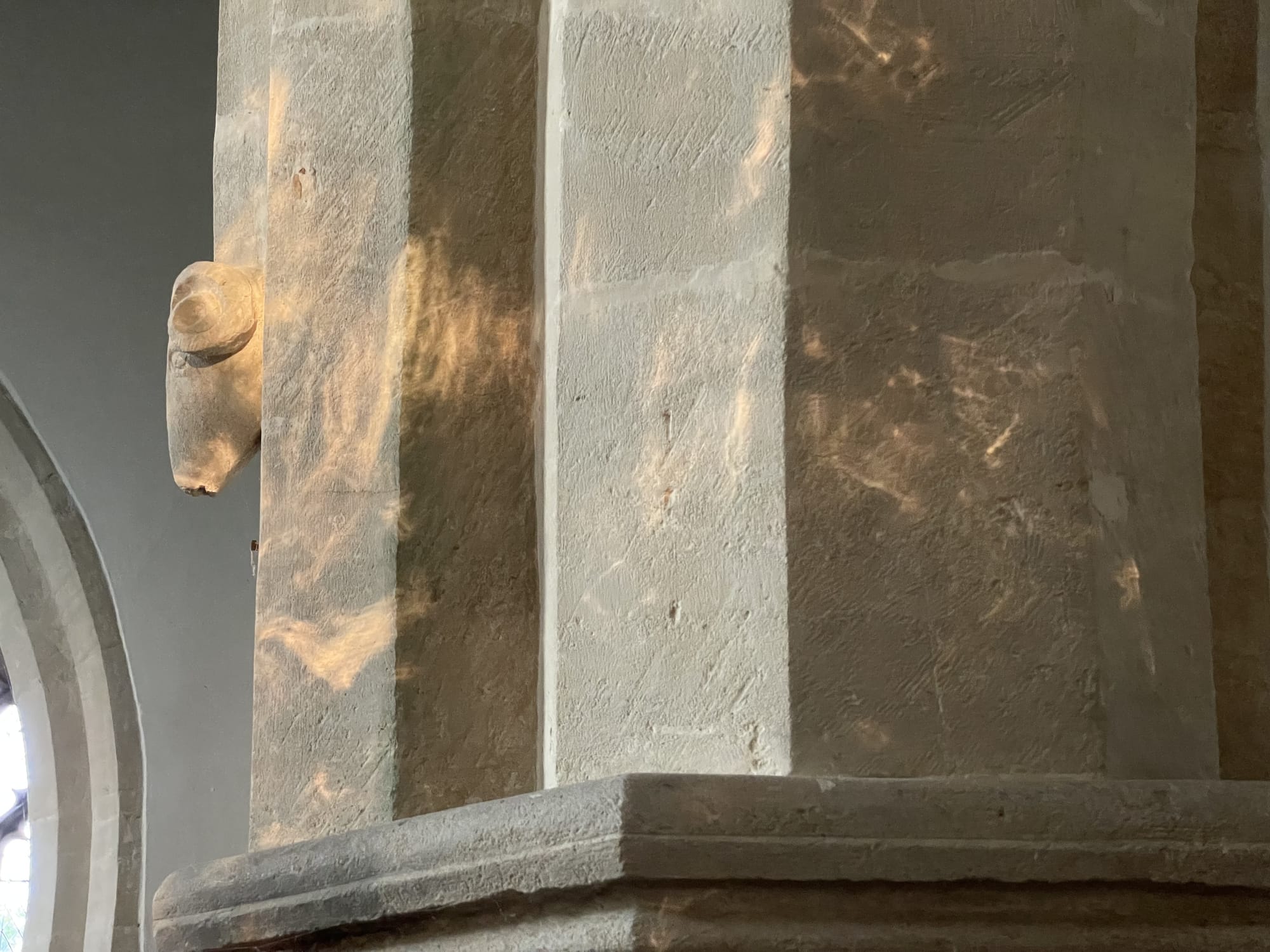
About 600 years ago, when the light I saw on the sheep was part way through the sun’s corona, a medieval mind might put such animation down to God’s work: a message from beyond. In the here and now, my scientific mind forced me to acknowledge the how and why of what was happening, but something deep inside me curtailed my Darwinian bent, and for several minutes, immersed me in the magic of the moment and the wonder of cosmic time.
A video of the Windrush light show
All Saints', Billesley, Warwickshire.
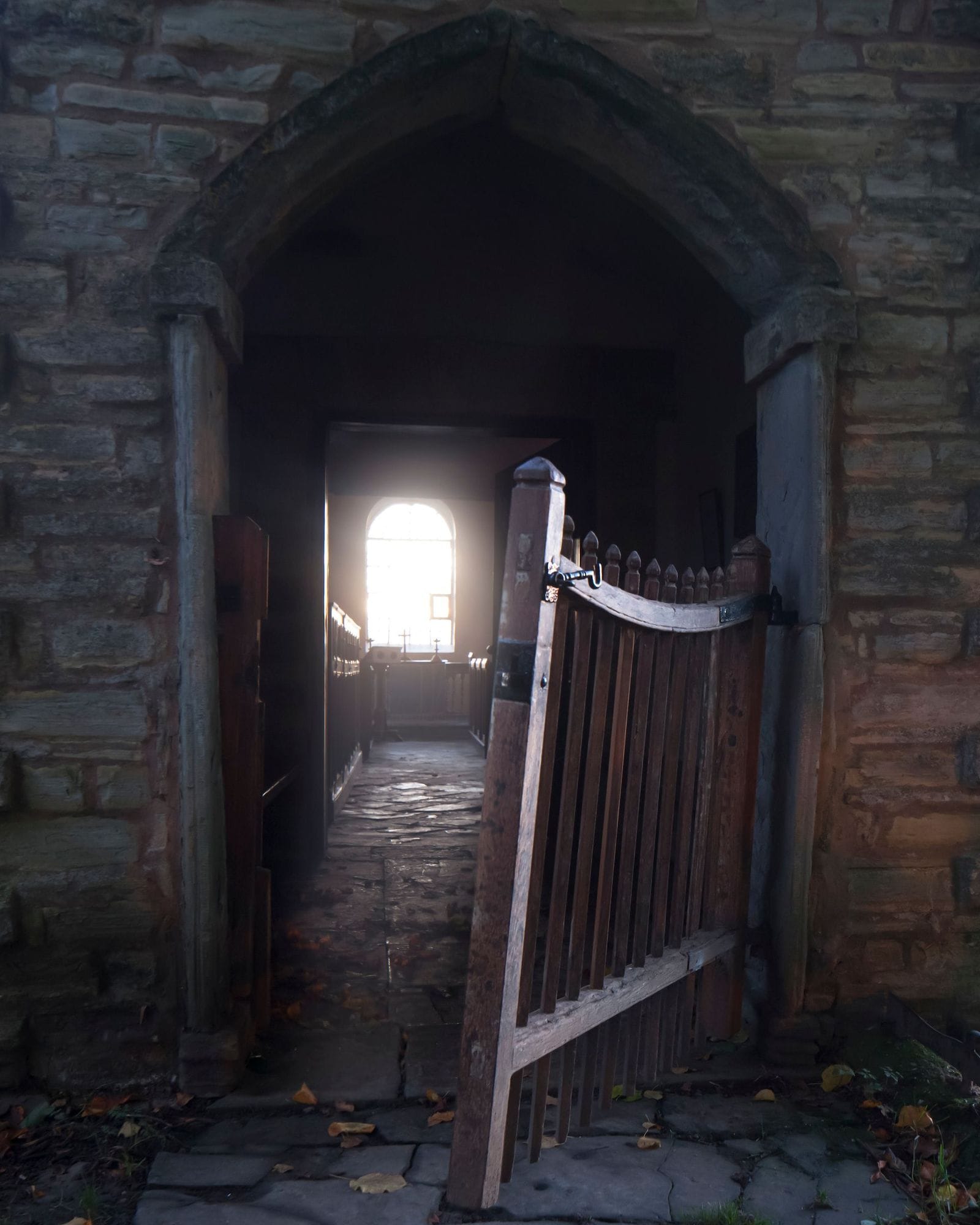
This was my first revelation. The first time that I was introduced to the nuances of time.
Here, I photographed a Romanesque carving. To me, at the time, it looked like a clumsy piece of work, but later on in the day, when the sun had swung to the west, the lump of stone took on a completely different aspect, and I sat for an hour and watched its story unfold.
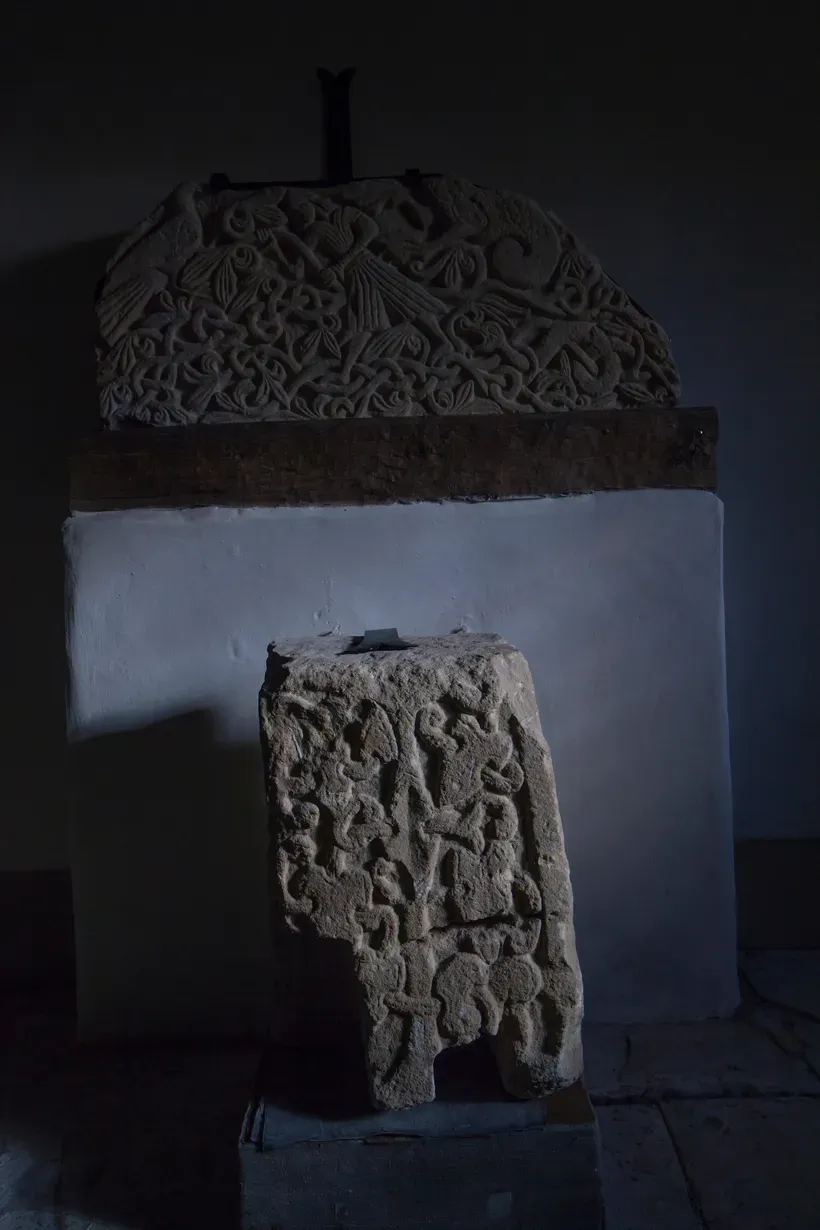
At first the surface looked stagnant and isolated until the light pooled along the transept floor. Then, with lime-wash as an unscripted reflector, a harsh light induced an abstract three dimensionality. Its surface was more faceted than textured - a prologue to the story unfolding. Several minutes later, the light moved onto the tip of the stone and a shift in colour and texture took place.
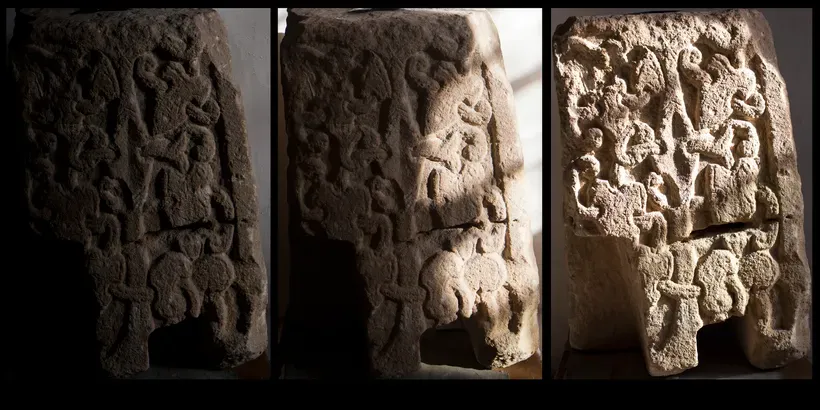
Like a precious baubled ring, the carving became the clawed setting, the movement of light upon it the jewel.
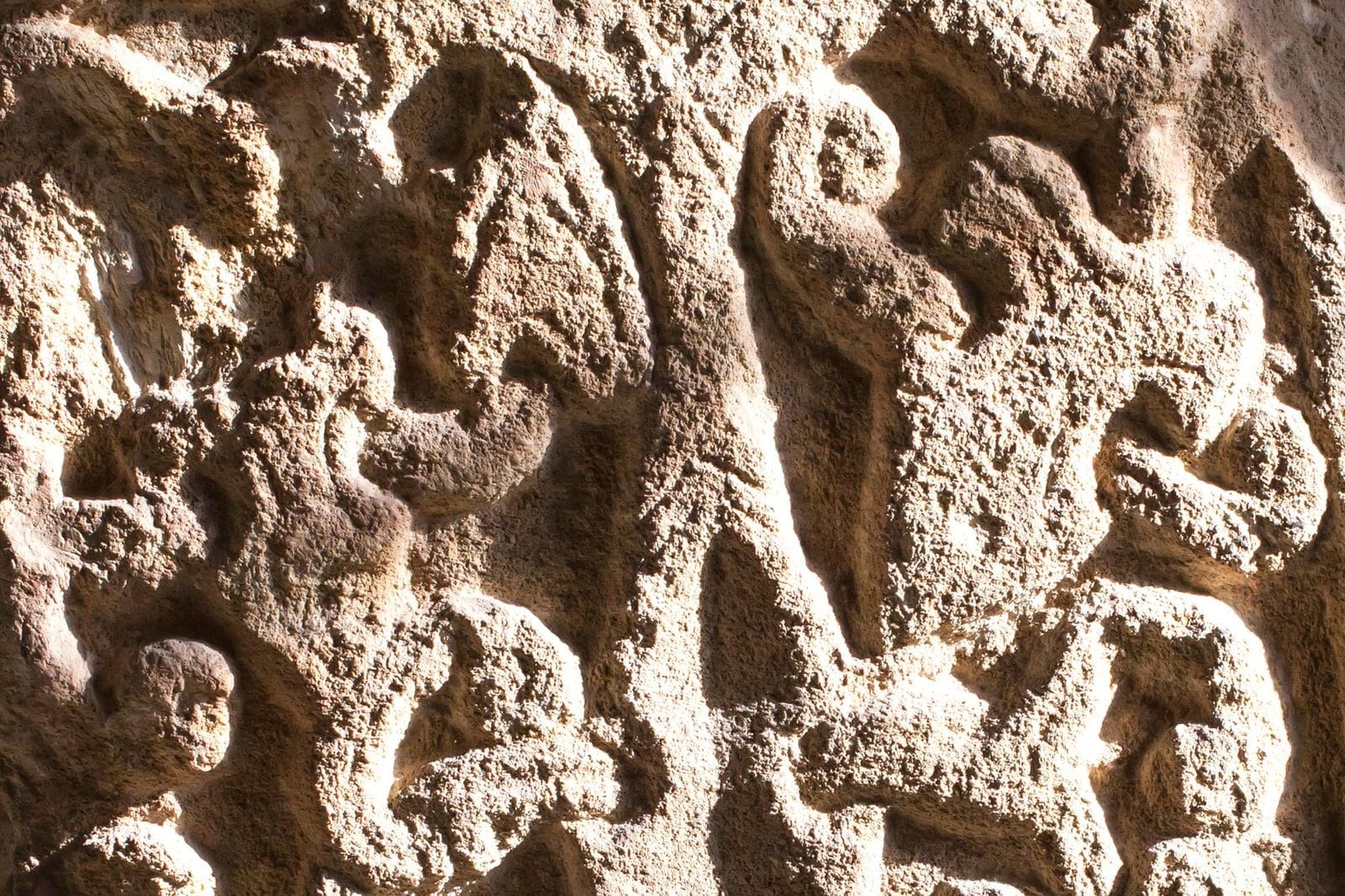
The passage of light over the stone invoked a momentary communion with the Romanesque carver. The piece of stone, with the assemblage of skill, time and light had propagated an act of visual magic. The warmth of the sun and its passage over the stone had unravelled the carvers intent: the visual storyboarding of the surface. For the briefest of moments, I had parity with a world that operated upon a different orbit: an elongated time-scale.
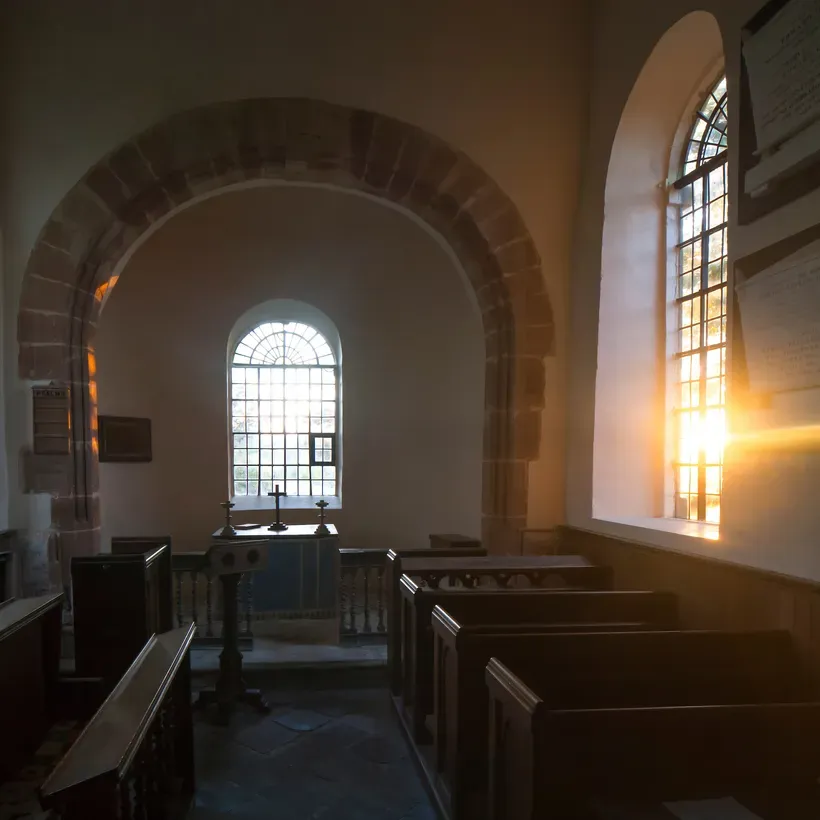
Nellie's (The White Horse Inn), Beverley
Yes, it's not a church! Churches aren't the only time hoarders on these isles.
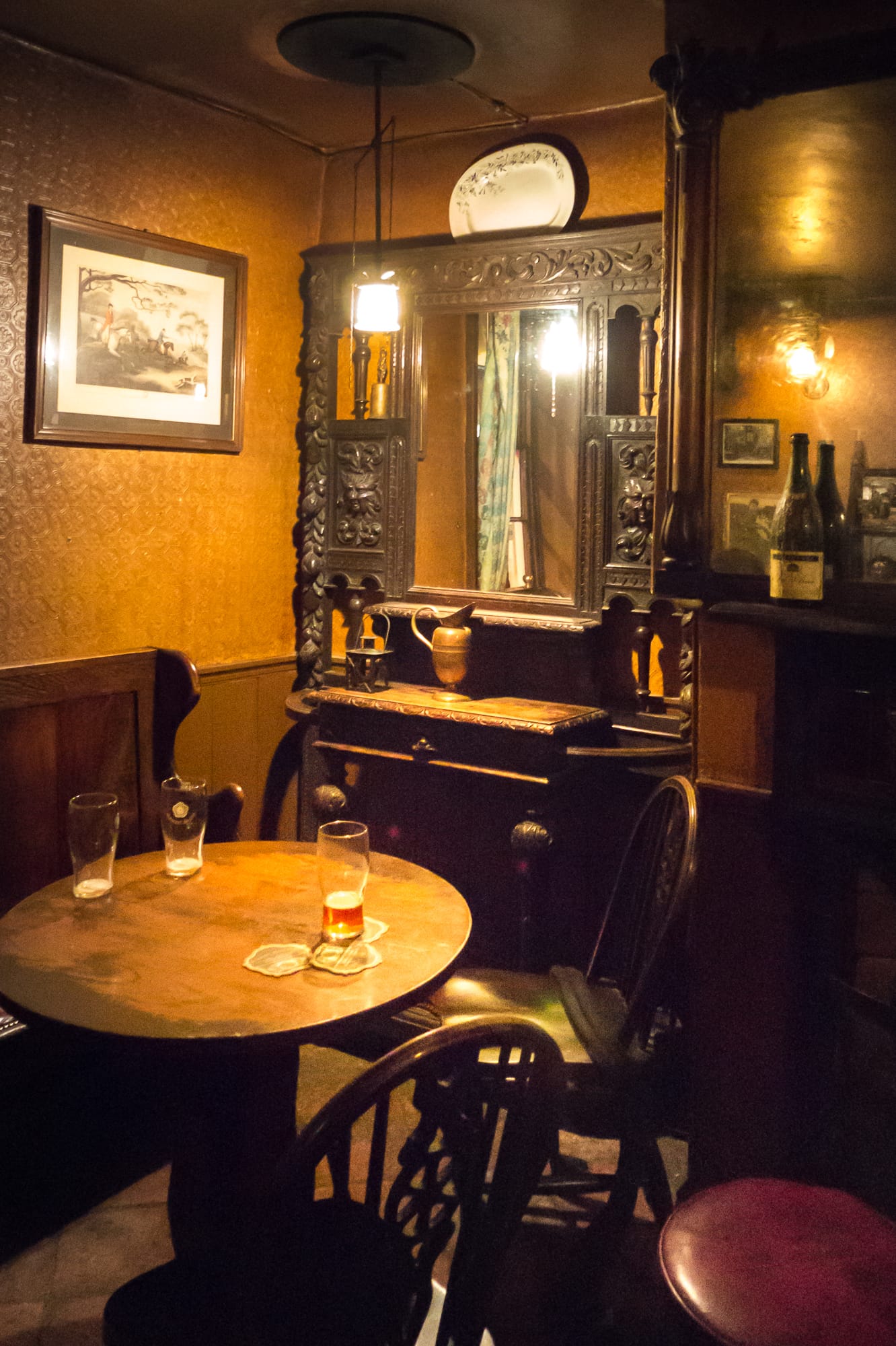
The White Horse Inn, otherwise known as 'Nellies', has an interior which is still lit by gaslight. A visit to the hostelry involves an ocular passage of lights, a visual photosynthesis of surface plane and detail which is completely reliant upon vaguely subdued pockets of light.
Light levels have not been standardised or subject to European norms. The building has grown organically over hundreds of years culminating in a Dickensian warren of corridors and cosy fire-lit rooms. Entering Nellies involves stepping down into post medieval floor levels mixed with a pupil dilating mellowed light.
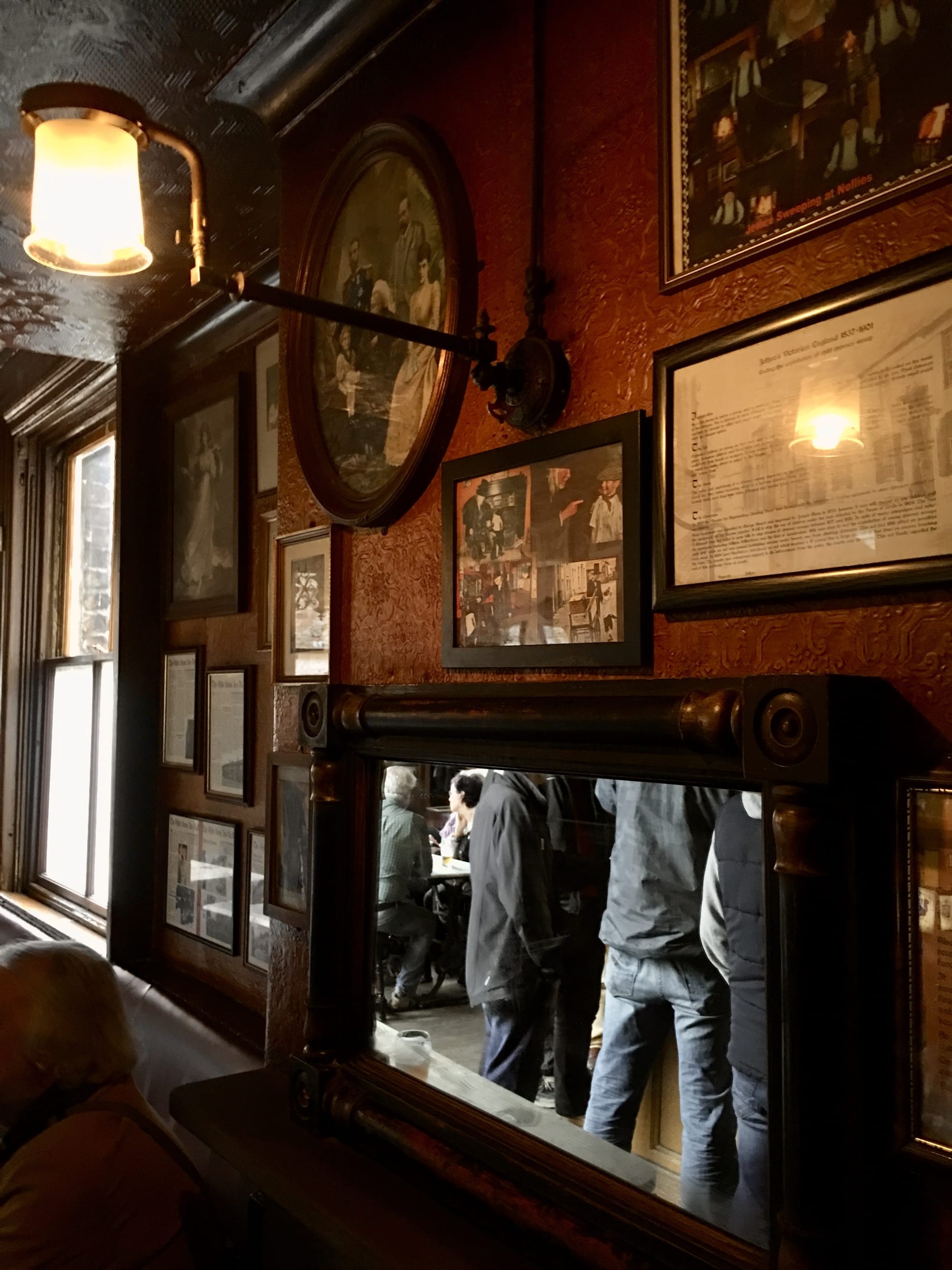
During my visit I sit (with a pint of mild) in a small room set obliquely off a wainscot corridor. It’s square in plan with a trinity of light sources in the form of a fireplace, gas lamp and sash window. There is a silvered mirror above the fireplace. It is worn and speckled around the edges like the chest of a thrush. The frame is adorned with bold and gaudy swags of fruit. An oak settle is steadied upon an encaustic floor by a folded beer mat. The anaglypta wall it leans against is tobacco in colour.
At first, I sit there bathed in the half-light of a winters afternoon. The room is dominated by the light from the sash. A chair, looming from a darkened corner, casts shadows which are sharply defined near their originator, but increasingly muddied and vague the further they are cast. The light is harsh and rude. As the flat light gives way to twilight and the sash light yields to the ochre glow of the gas lamp, a transition takes place. The scene softens, the gaudy colours de-saturate and the emboldened details dance in the fire-light.
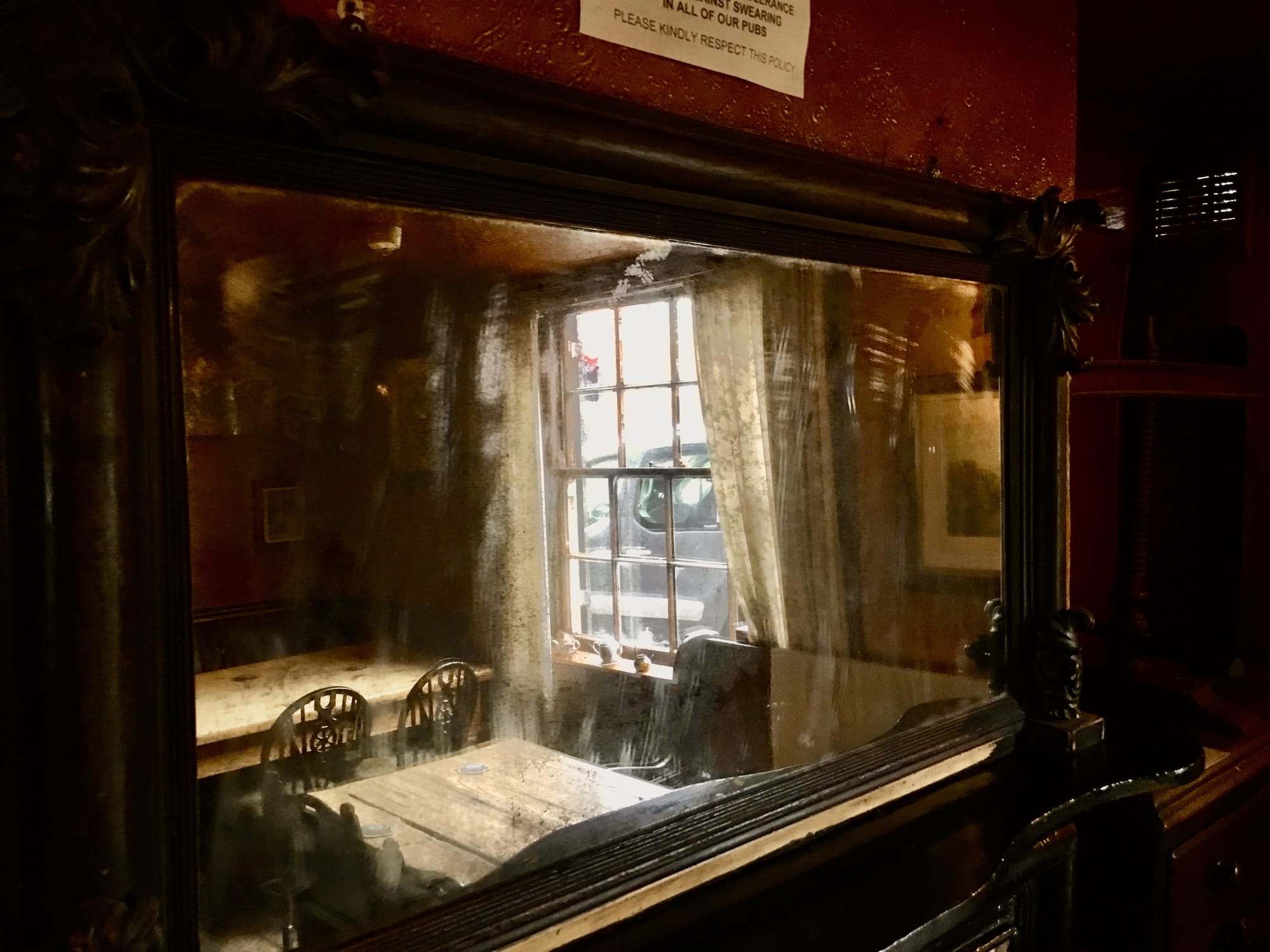
There is a link between the glowing snugs at Nellies and the caves of Lascaux which have painted on their walls ice age depictions of aurochs, horse and deer. They are painted directly onto the rock face and it’s thought that flickering torch-light, in combination with the daubed irregular surfaces, created a cinematic quality that elevated their presence.
The flat surface pattern has no truck here, only patterns that are etched or moulded or in deep relief. They are intended as visual triggers to embolden, to filter, to hunt for the paucity of light and in turn (as at Lascaux) create a wavering Serengeti of light. Ornaments are no longer defined by their form, but by the light they reflect and absorb, shaped by shadows and coloured by an amber glow.
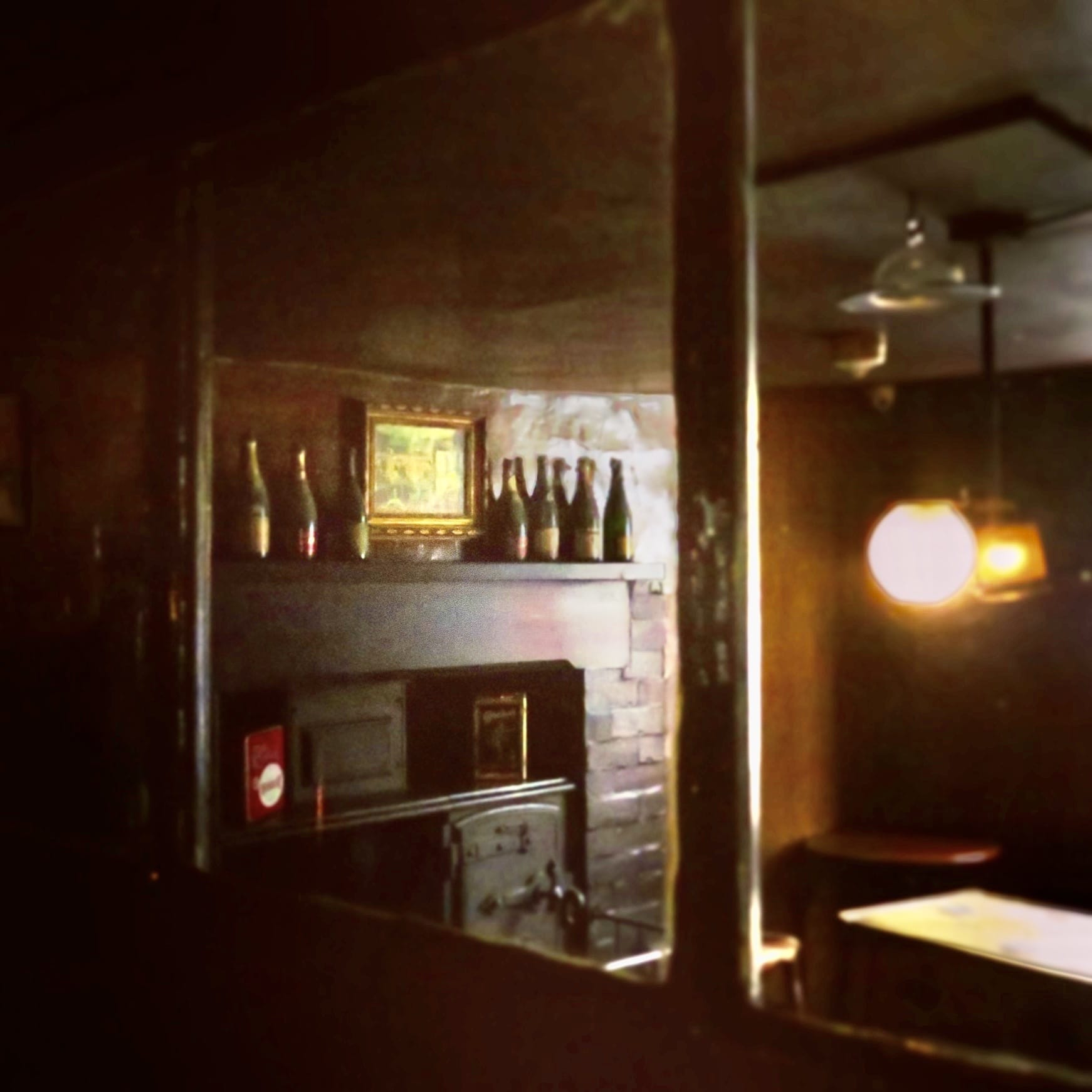
What we have here is a particular domain of light which seems to foster a bonhomie that slows time down - this place is the nearest I've felt to time-travel. A gregarious saturation in a Dickensian past.
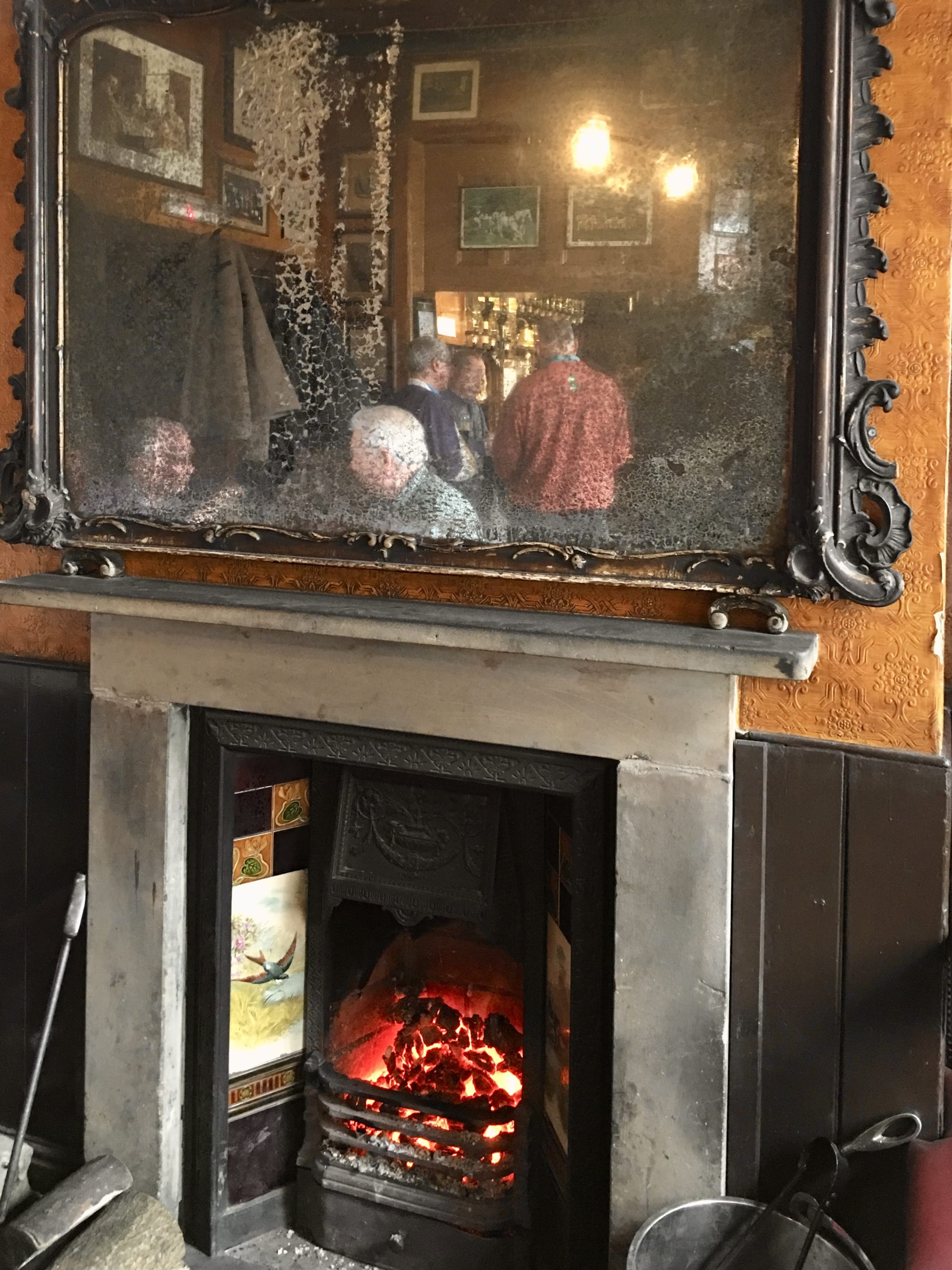
Tynemouth Priory
This was a very personal journey, many years ago, after suffering a break down and subsequent depression. Depression felt like wading through molasses. It slowed down time to such an extent that, at times, I could feel every heart beat, every flicker of my eye lids.
My visit to Tynemouth not only released me from time's drudgery, but kick-started a new life where time seemed to offer promise and hope for the future. Tynemouth Priory turned out to be an additional complication in the time-piece that was particular to me.
I didn't have a digital camera then - so I processed the photographs and marked the significance of the visit by placing them into a folder.
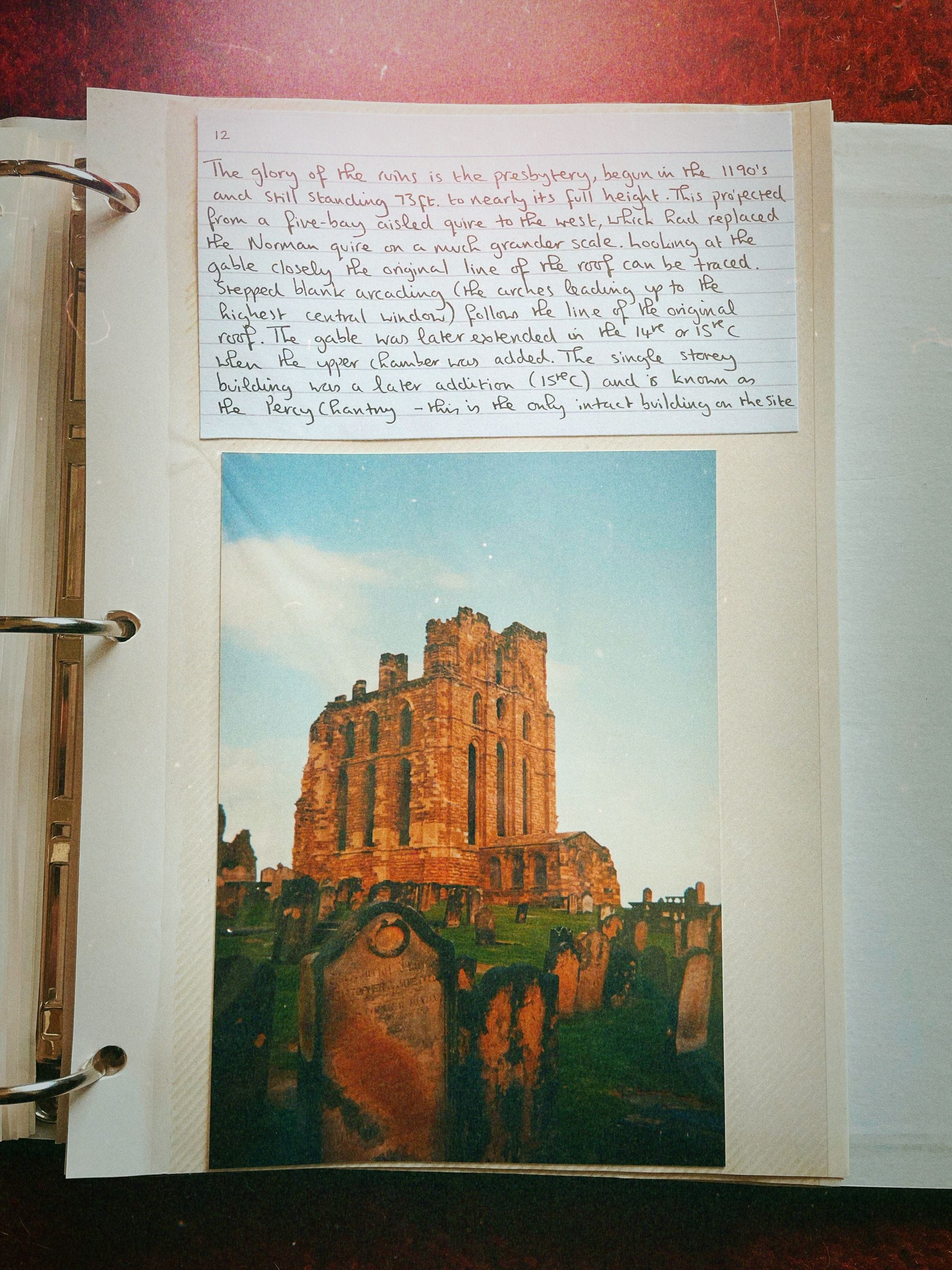
Here are the words from my draft book:*
I drove up along the A1 to Tynemouth in transition. My mood tripped between elation and despair. The weather was mixed. When the sun came out I felt content and in control, but as soon as it disappeared, I felt anxious and otherworldly. Woven into the thread of my recovery was a hypersensitivity to my environment that left me feeling as if my soul needed sunglasses.
After arriving at Tynemouth, my immediate compulsion was to head back without disembarking. My journey was turning into a worrying setback, but I stopped the car and paused for a moment. Eventually, I coaxed myself out of the car and walked over to the headland. I felt exposed and vulnerable, but I was encouraged by the view of the priory with the sea beyond. Exhausted by the hyped-up mental activity I found a place to sit and gather my thoughts.
With my anxiety dissipating, I pulled a pen and pad from my bag and started sketching the view. When I placed the pad and pen back into the bag, I glimpsed the camera and took it out. After figuring out the dials and buttons, I stood up, placed the camera to my eye, lined up a detail of the priory and took a photo.
For several minutes I scanned the arcading for another opportunity. Then I walked out to the headland, and with my back to the sea, framed the priory - but something wasn’t right. For the first time out of thousands of times since, I stopped and turned, observed the rolling clouds, and waited for the sun to appear. When it emerged from beneath the clouds I turned, re-composed, and, with the warmth of the sun on my back, took the photo.
For those moments, something miraculous had happened. During the action required to take a photograph, I had let go of my anxious self. From that day onwards, the veil of depression lifted. Photographing the priory had released me from my mental prison.
*my draft book is serialised every month to Parlour, Piano Nobile and Palazzo Members.
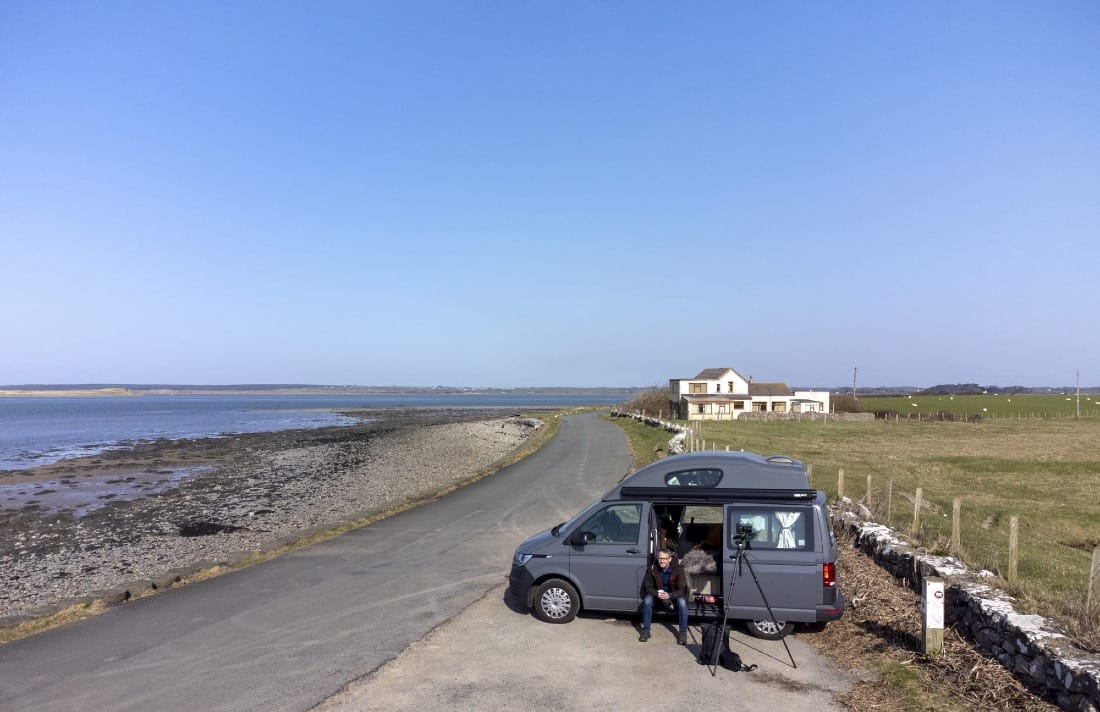
I can't tell you how much the van contributes to my wellbeing.
In the van I have built up layers of memories - that saturate it with meaning.
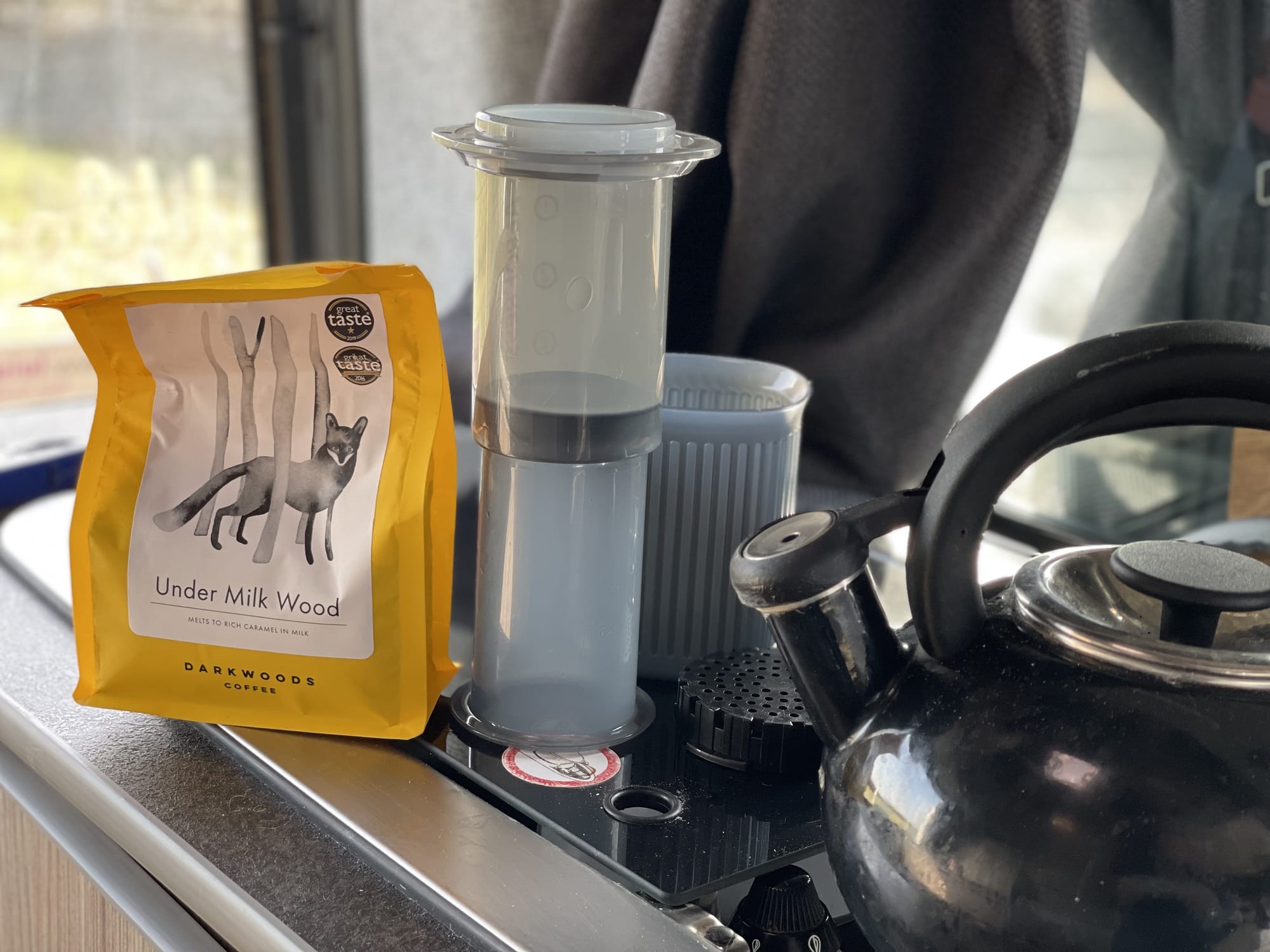
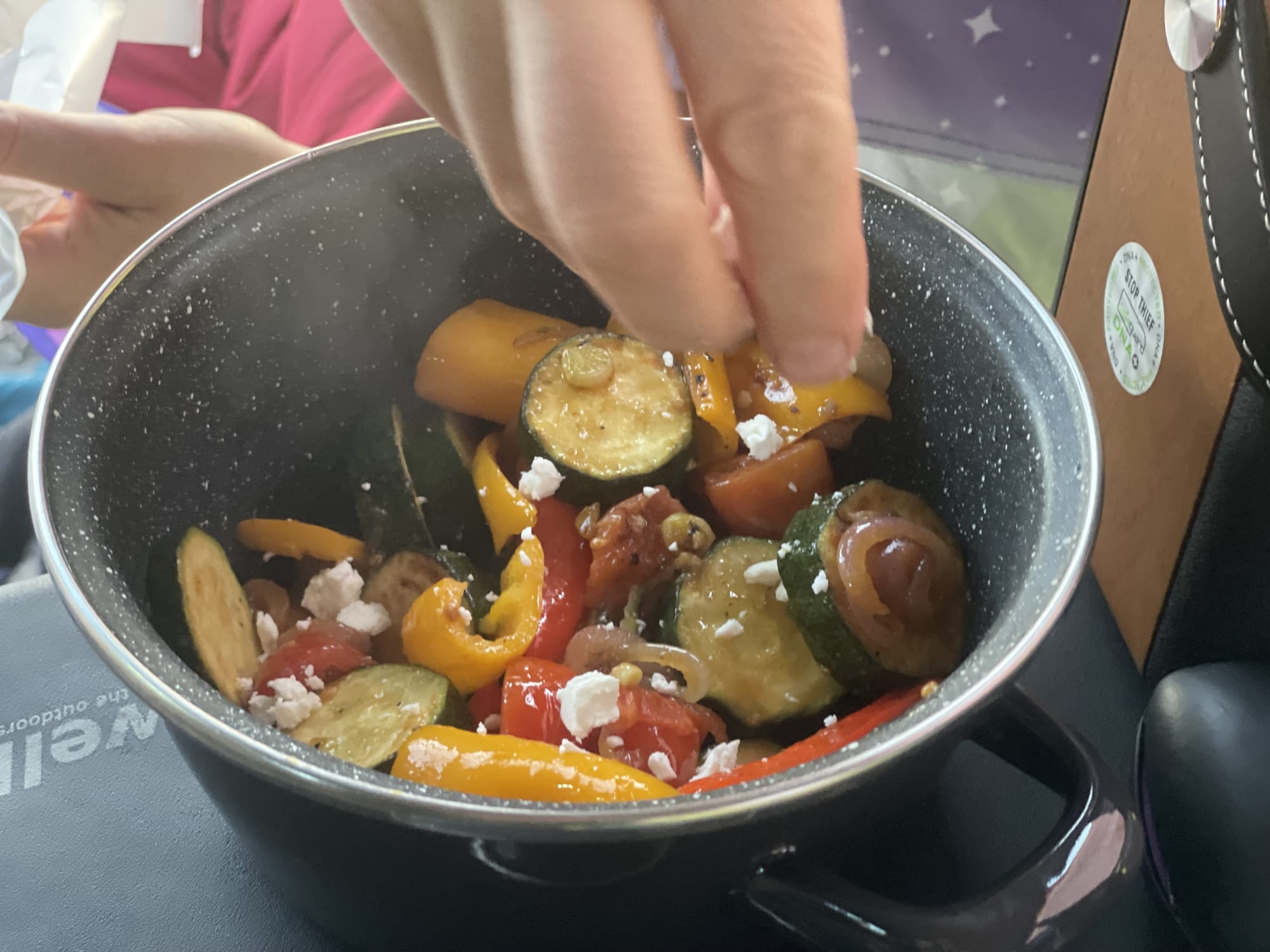
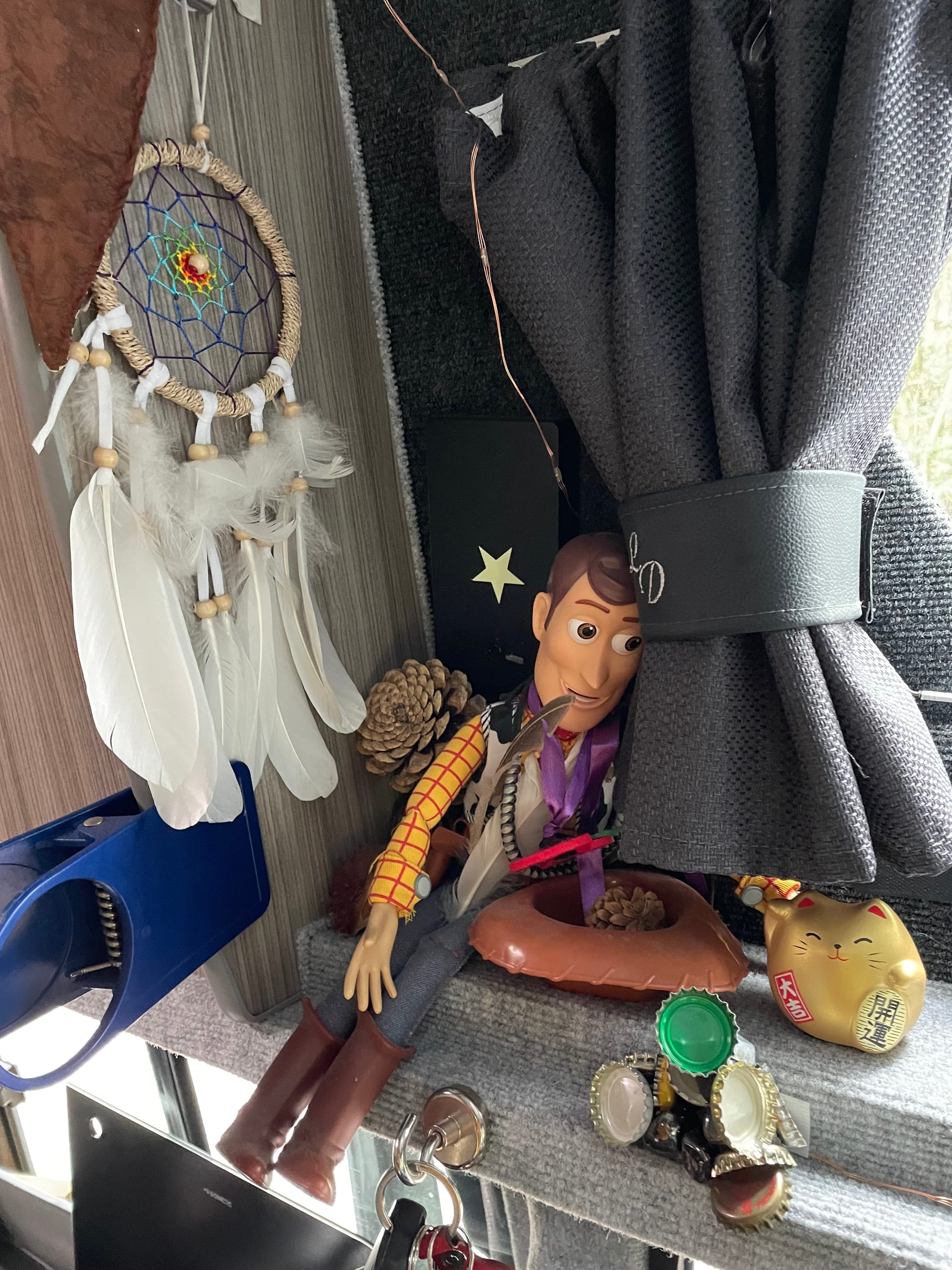
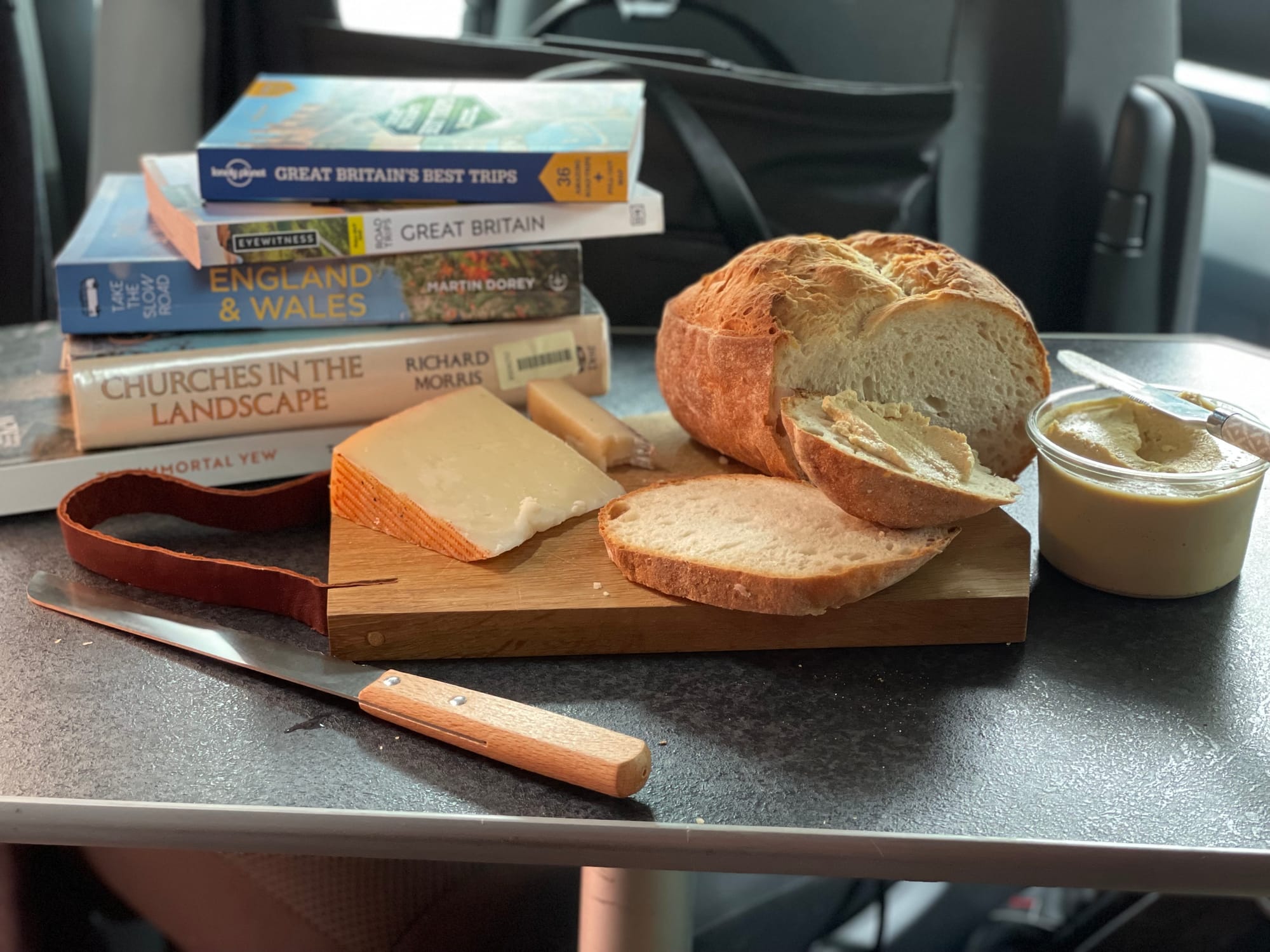
The van is a home from home and a place of permanence whilst the world travels by. In this way, it halts the progression of time - remaining a safe space to crawl back into after a hard days work.

When the curtains are shut in the van and it is in night-mode - I could be anywhere.
Time stands still.
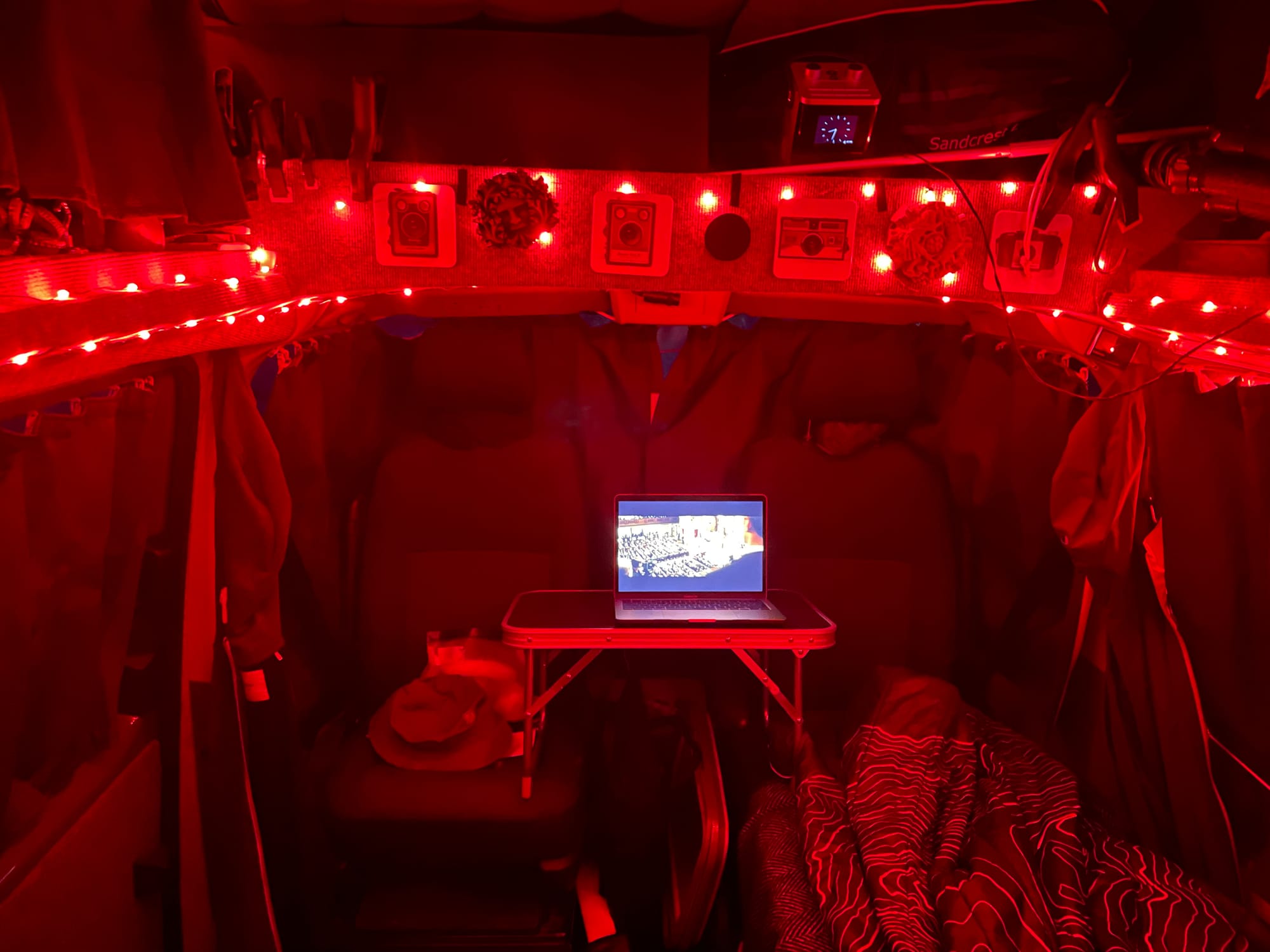
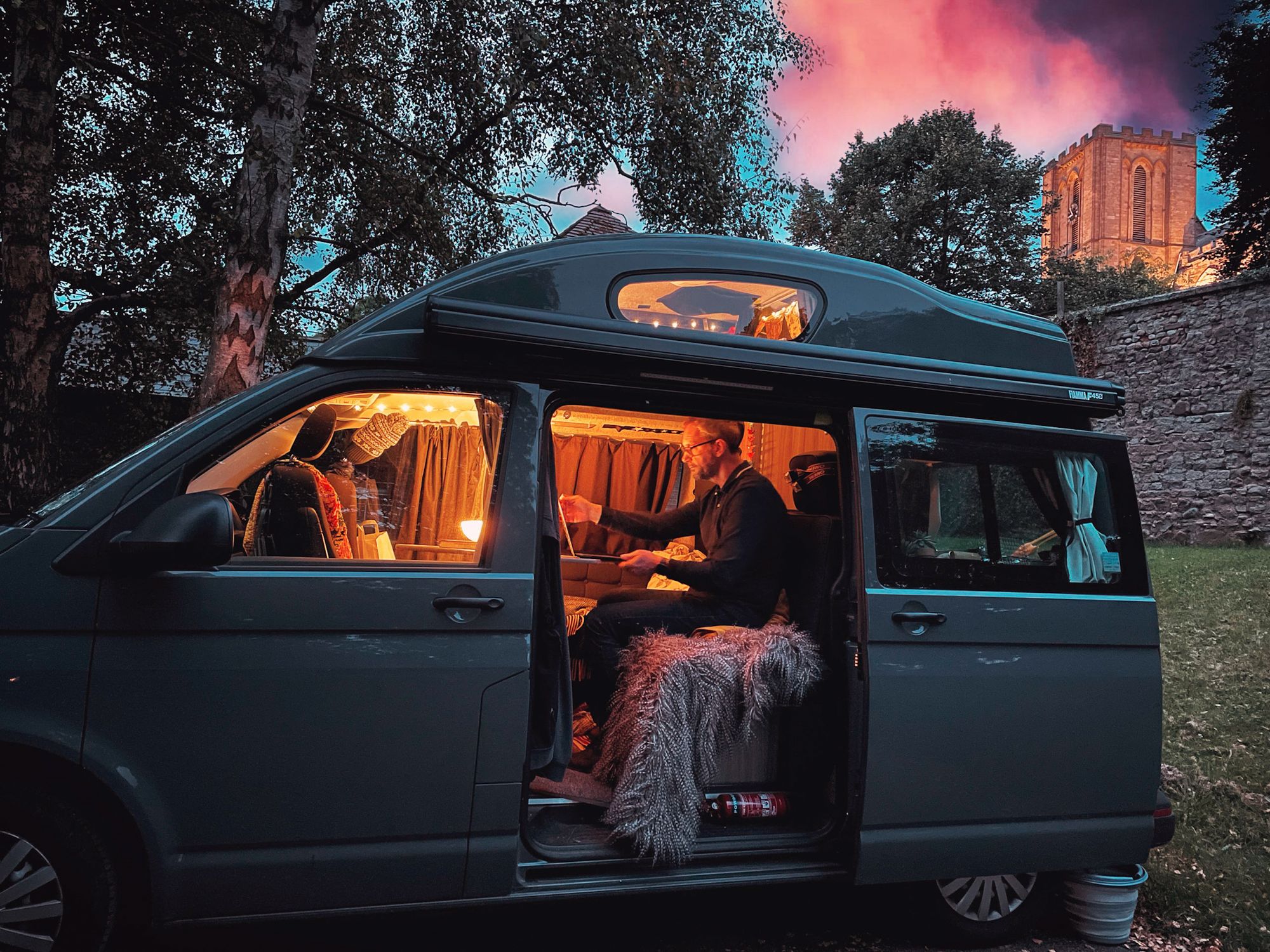

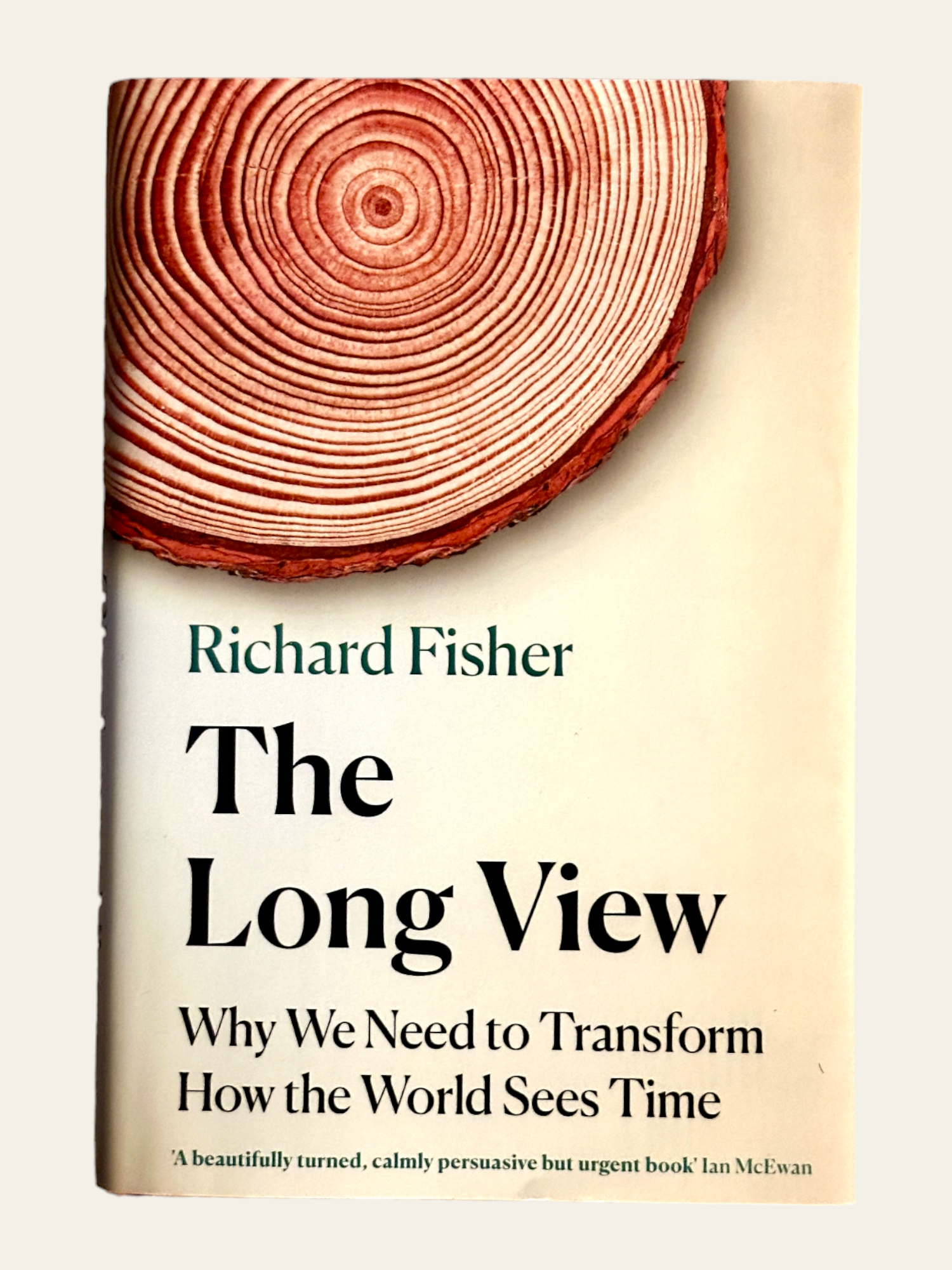
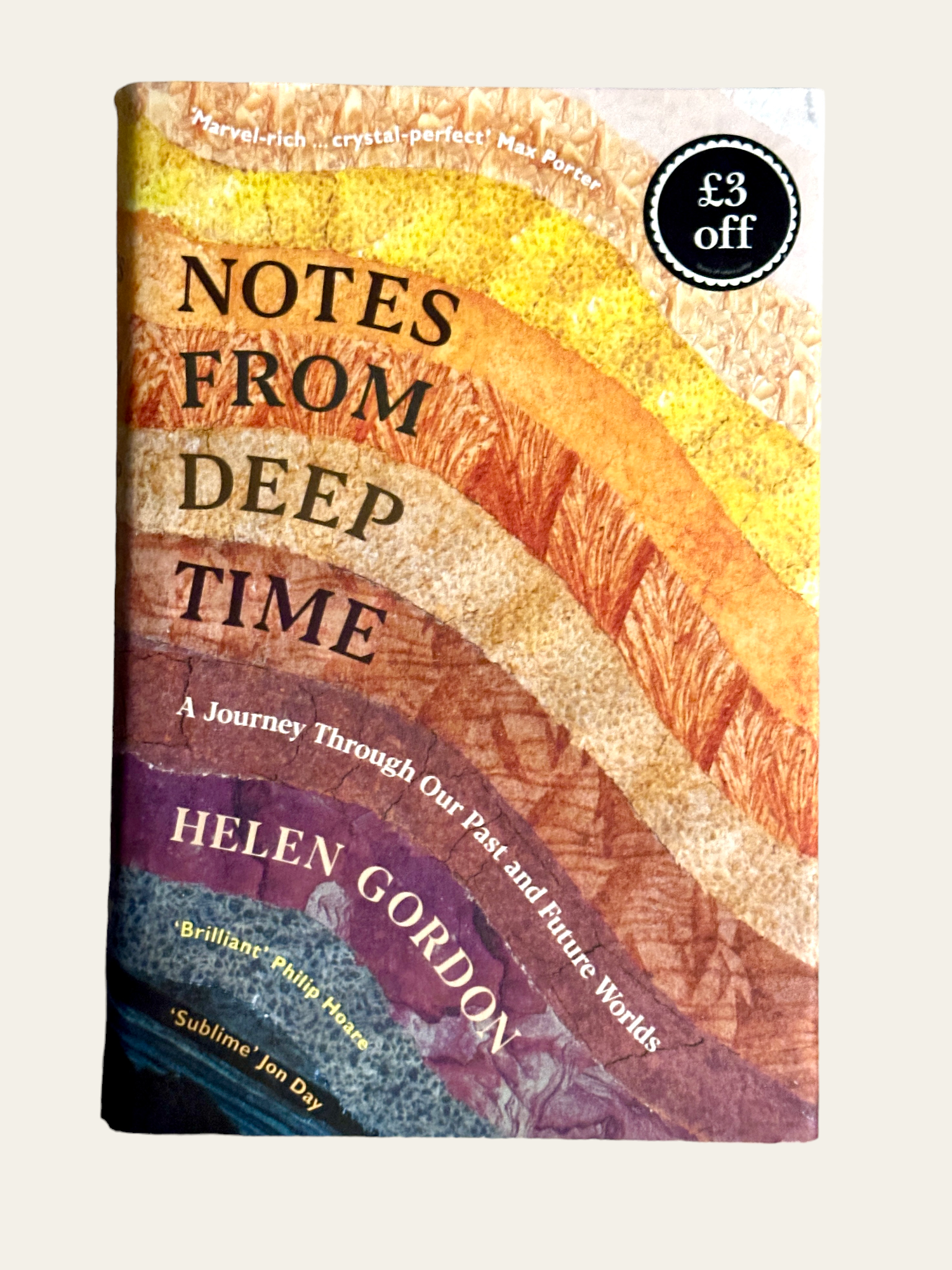
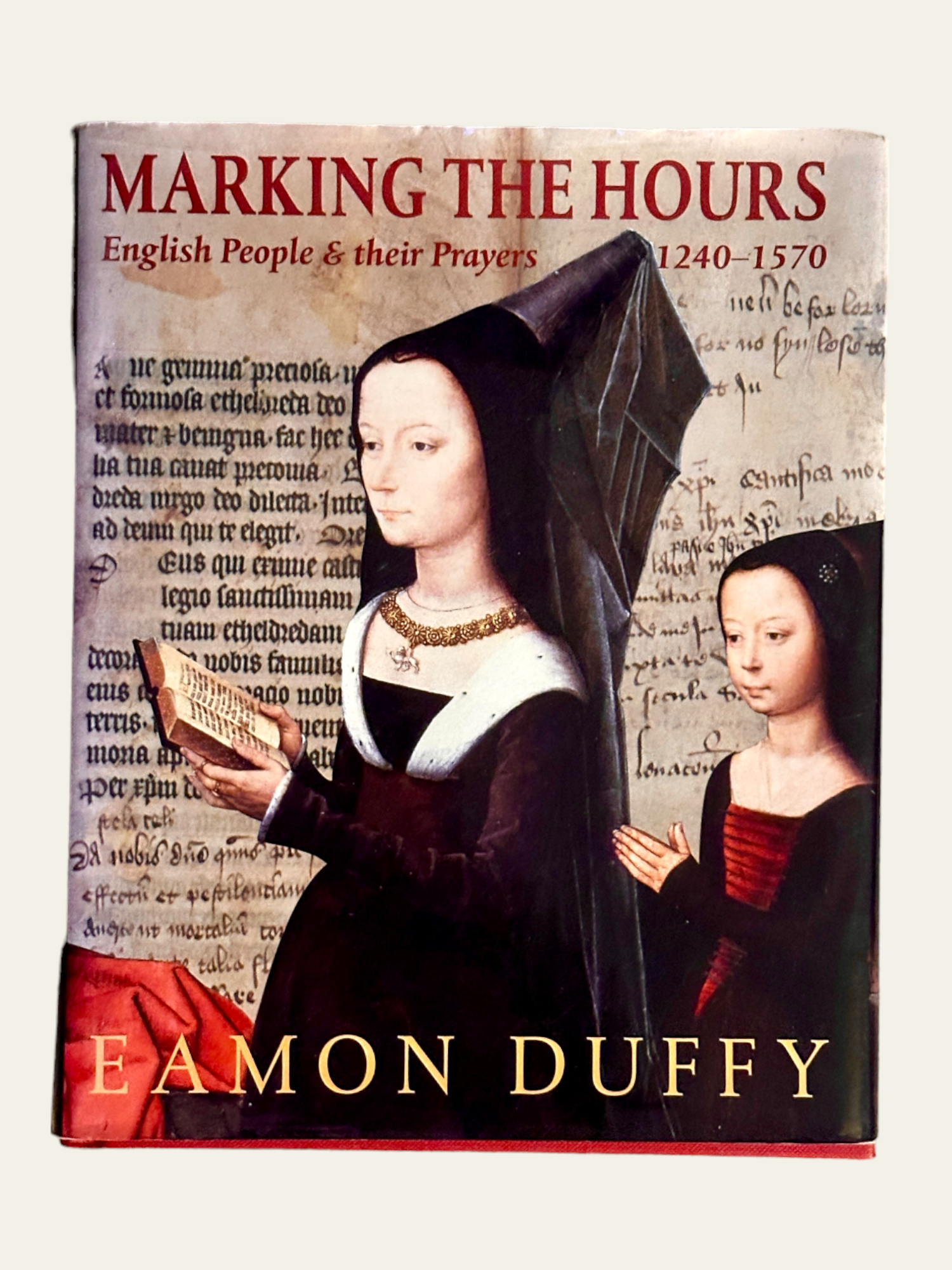
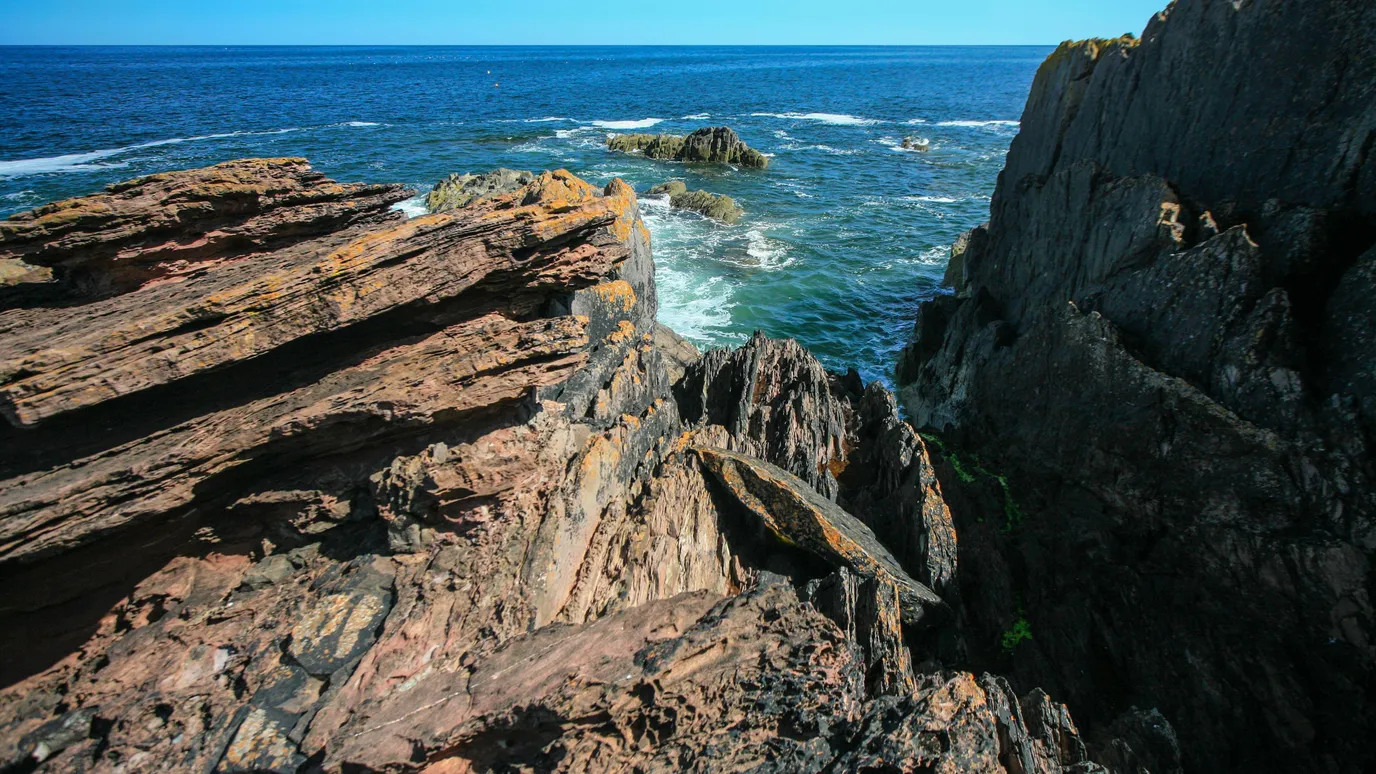

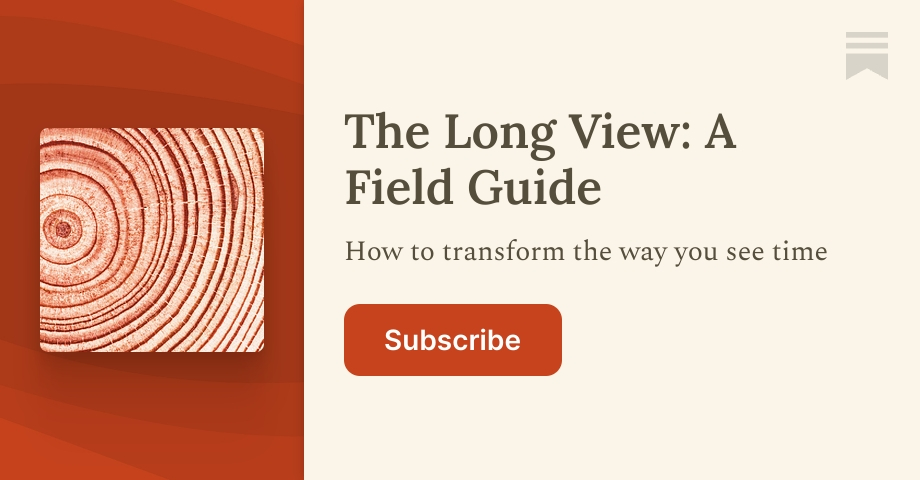


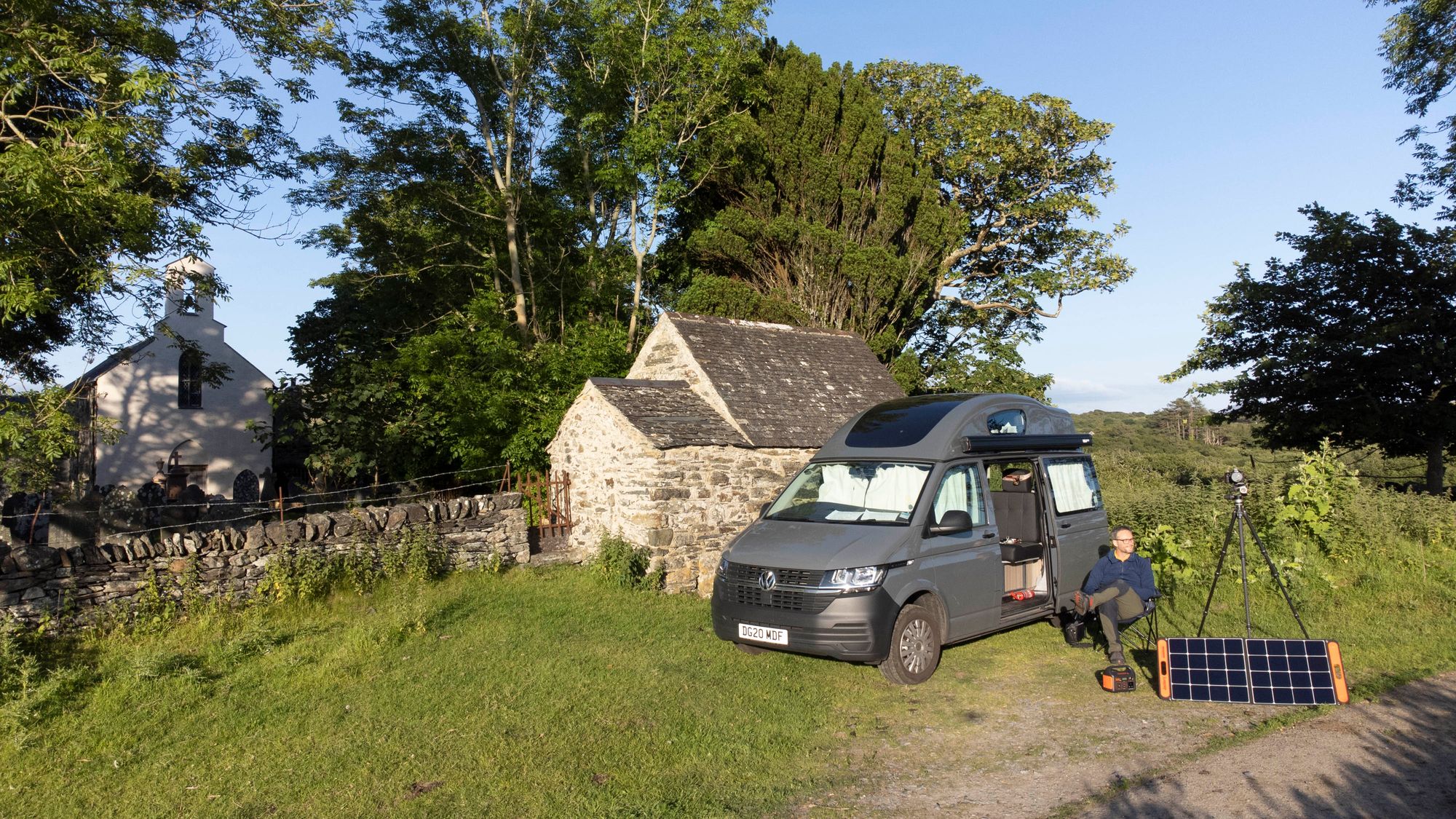
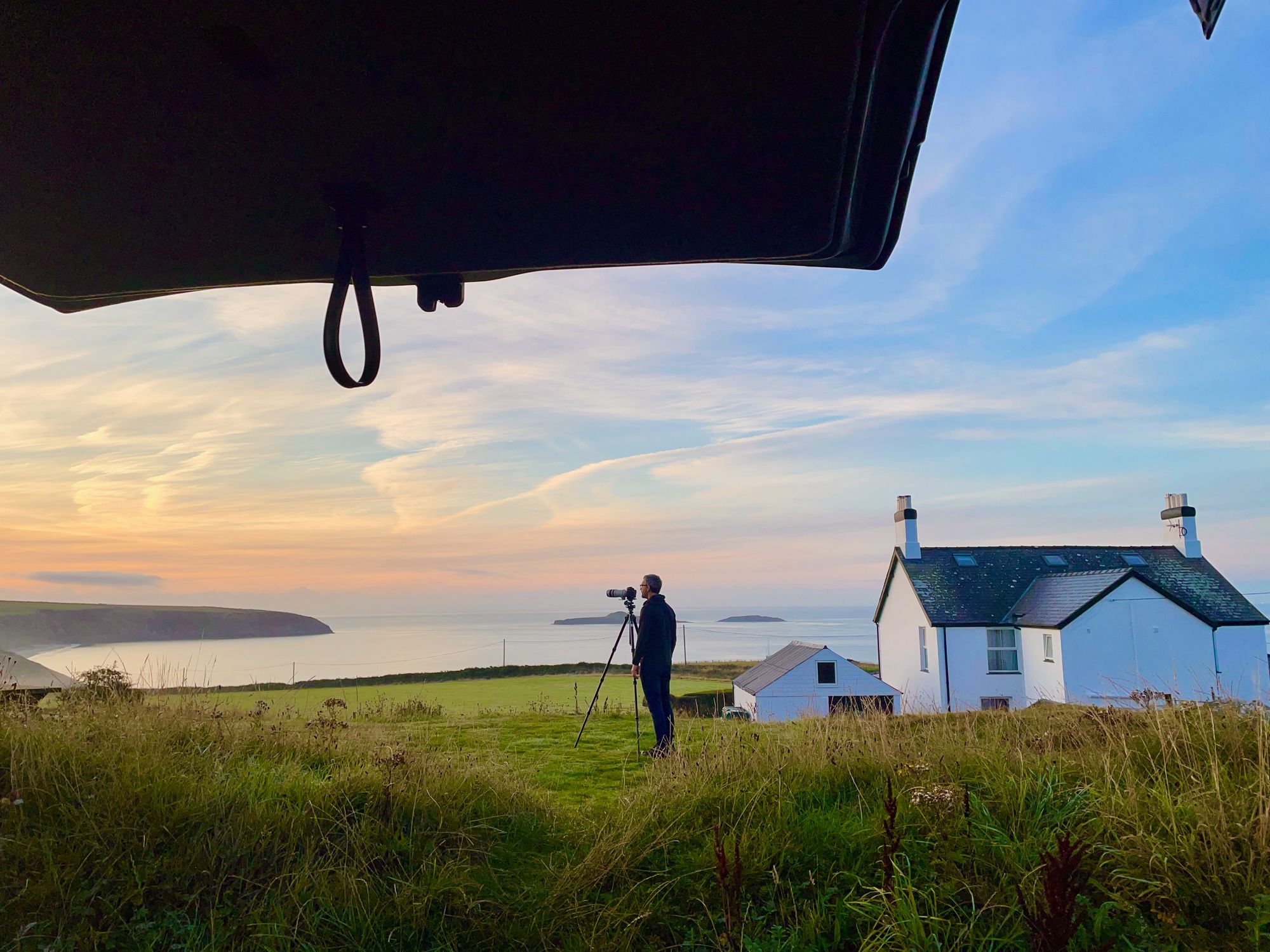
Recent Digest Sponsors:
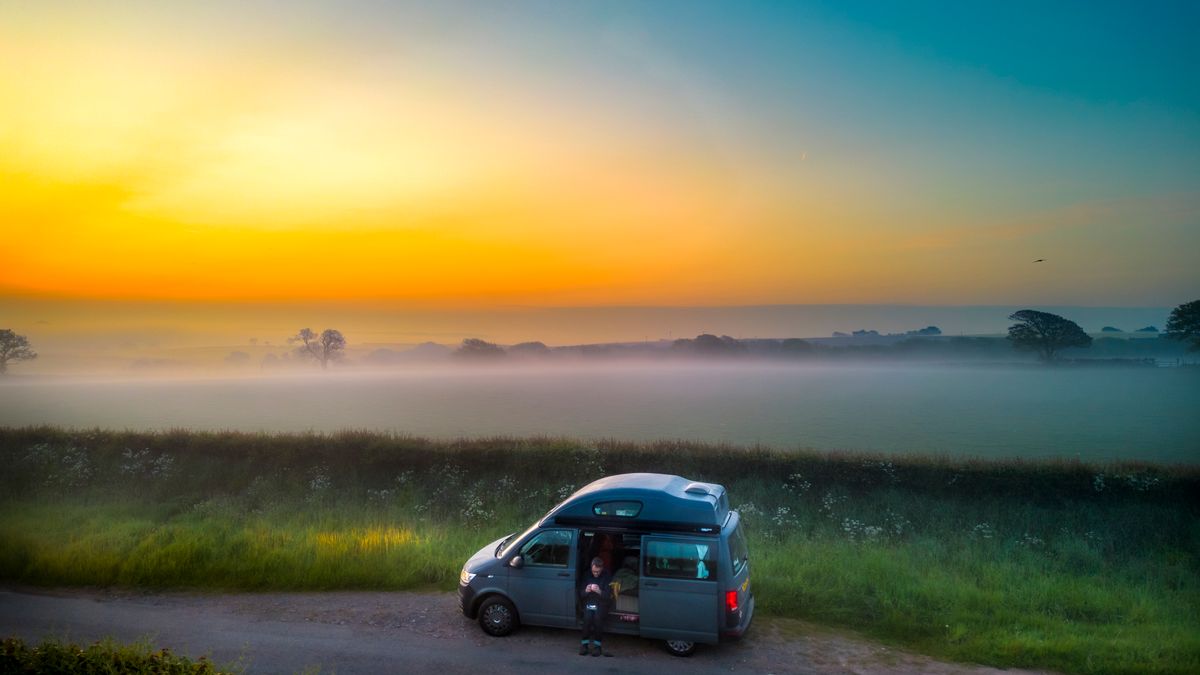
Can you help my Member Powered Mission?
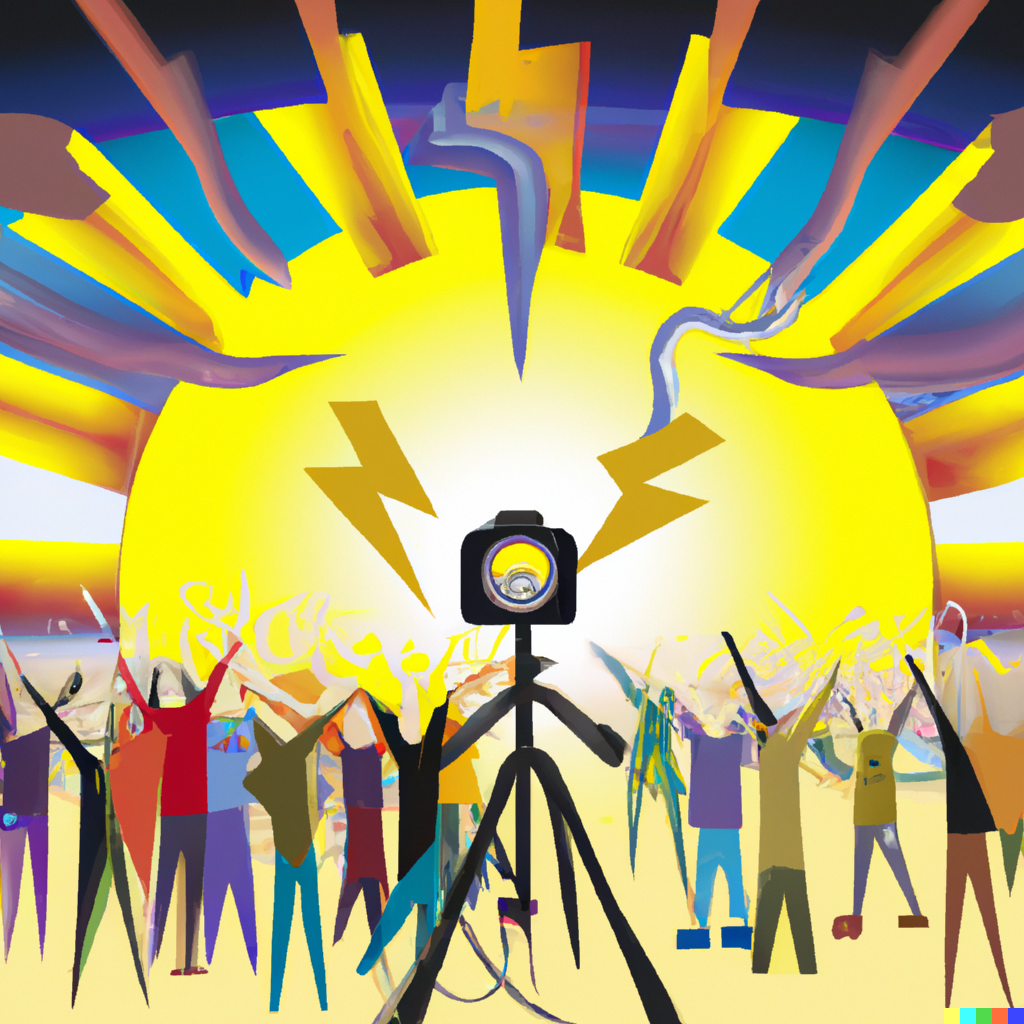
Member Powered Photography (MPP) is helping me offer my professional services for free to historic locations in Britain.
Click the box below for more info:
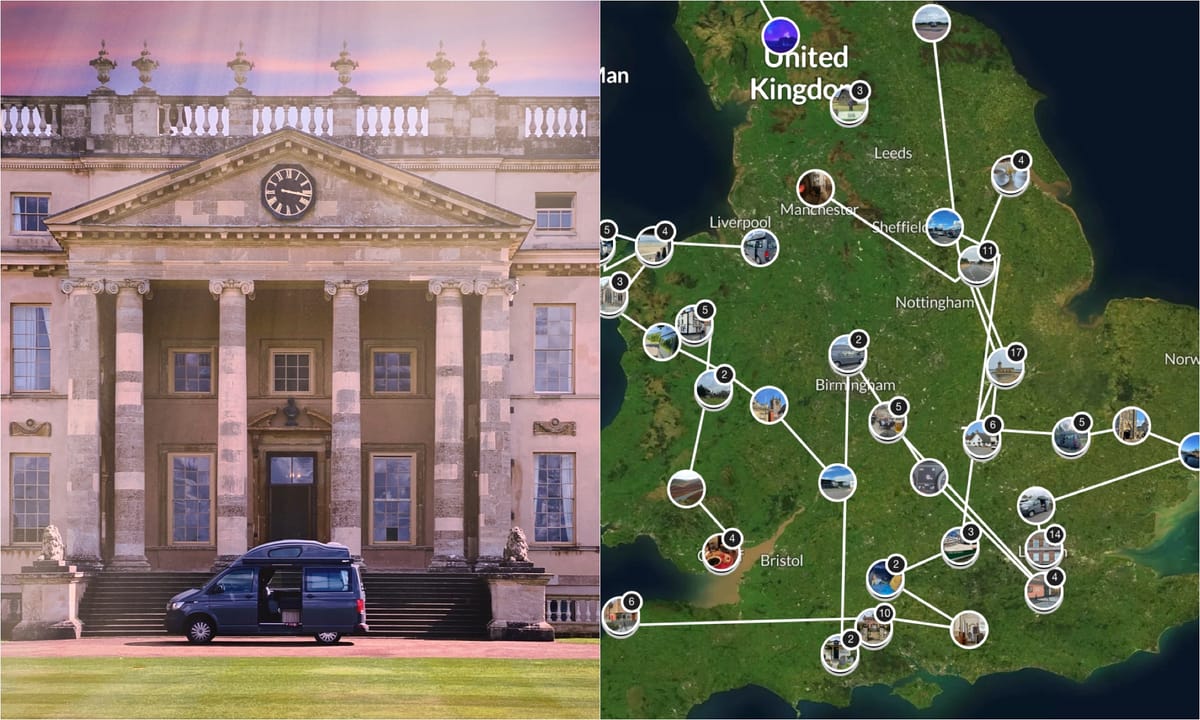
I put my heart and soul into the Genius Loci Digest and it takes a day a week to produce. With your support, I’m able to keep this digest free and public facing. 📸🏛🚐
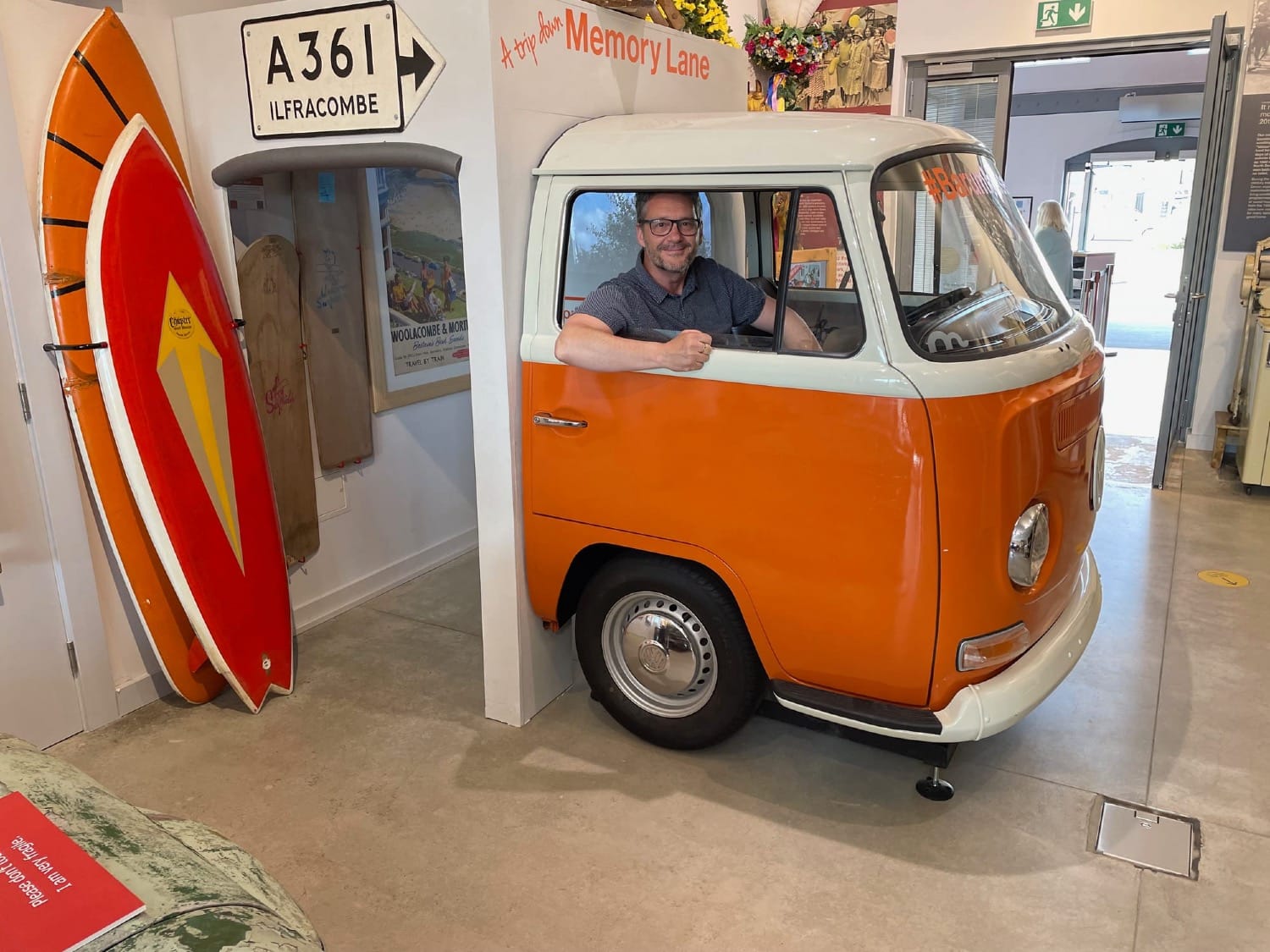
A postcard print for every new member until 22nd December 2023
Plus a chance to win my Green Man Lincoln Boss
Here's how..Sponsor a Membership and get your own landing page on the Digest
More InformationThank You!
Photographs and words by Andy Marshall (unless otherwise stated). Most photographs are taken with Iphone 14 Pro and DJI Mini 3 Pro.

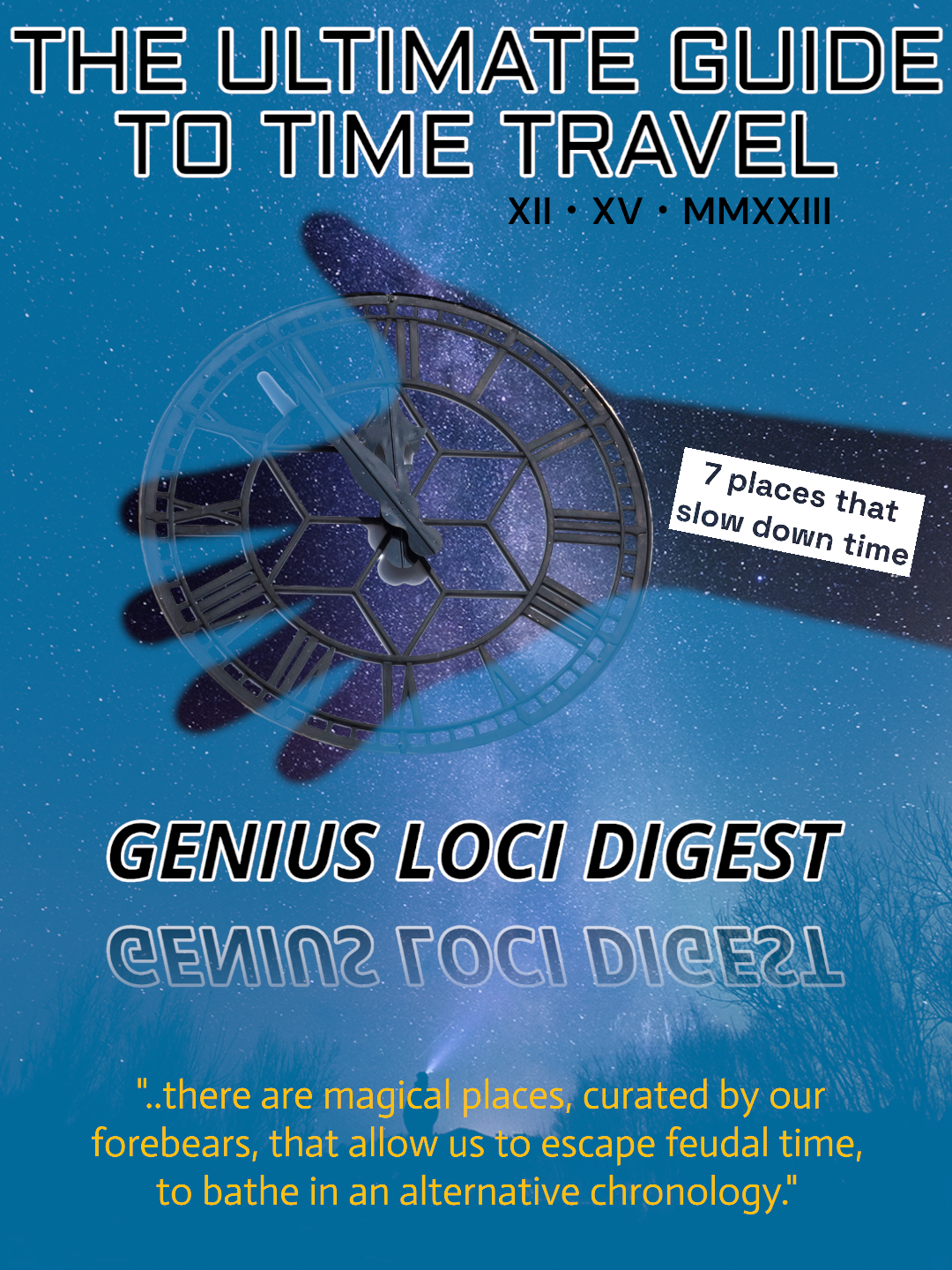
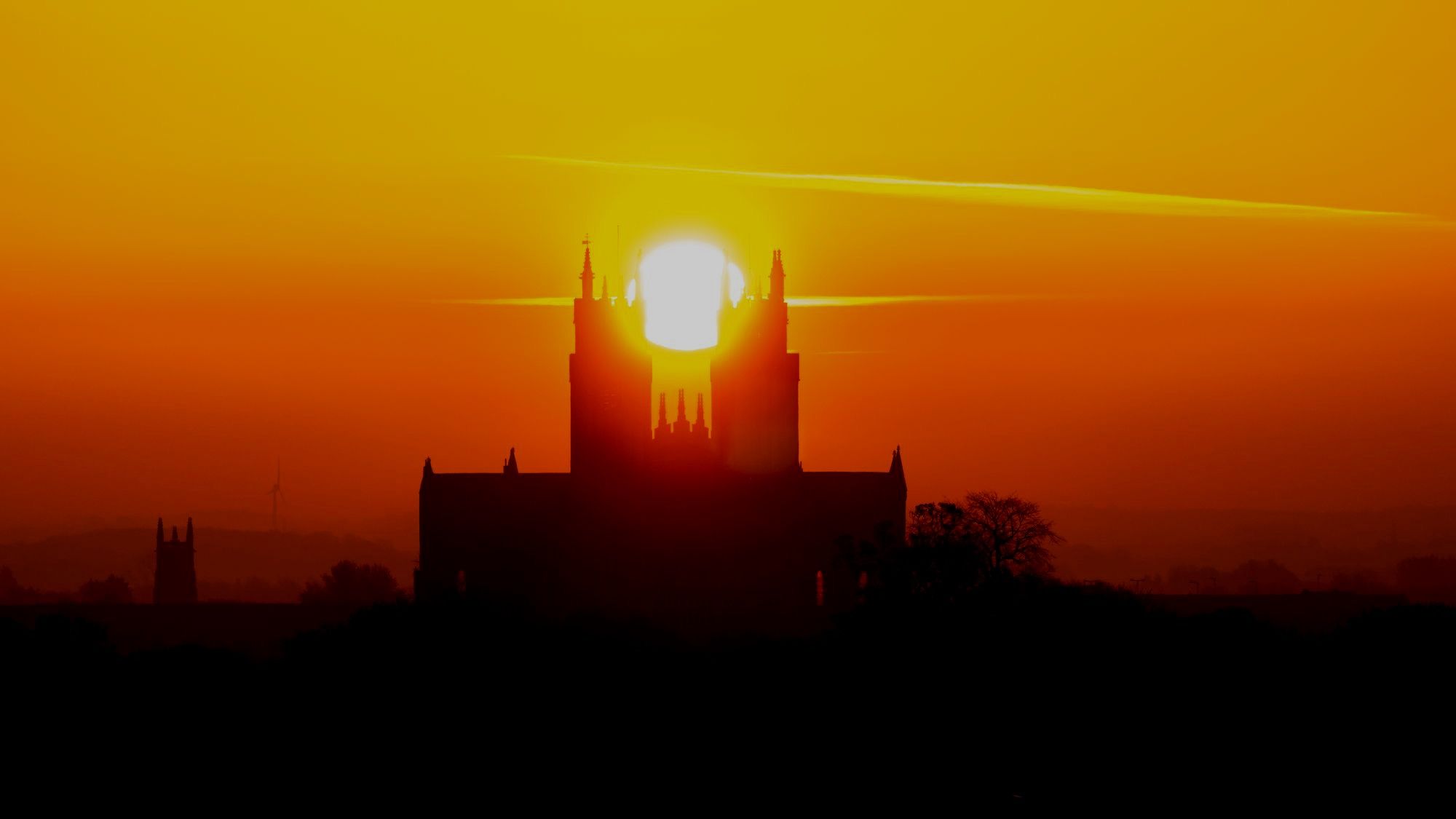



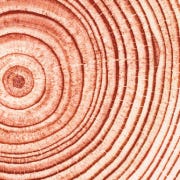
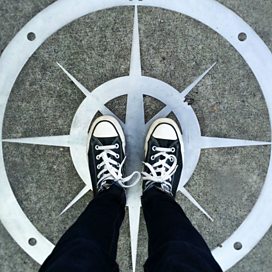

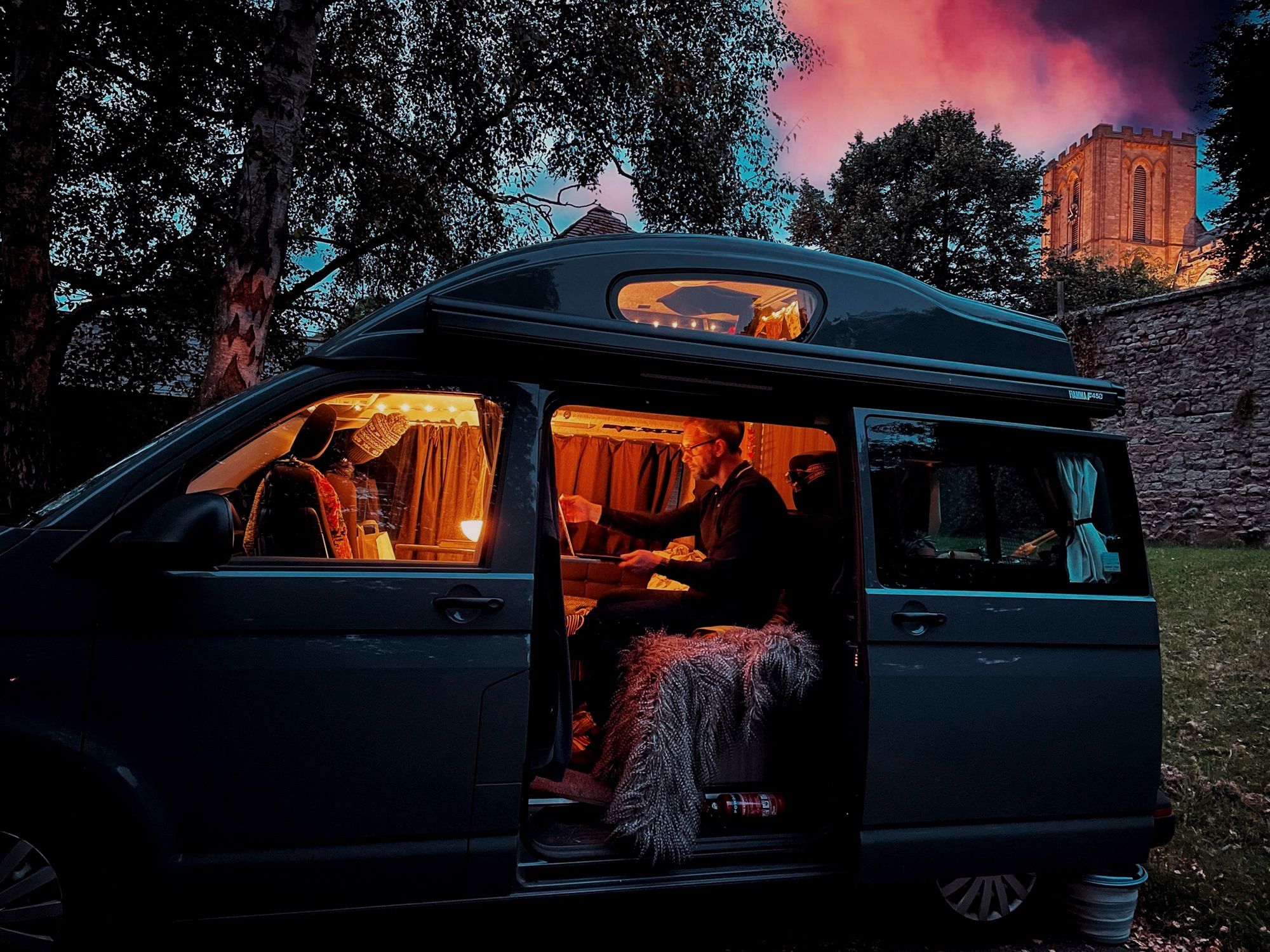
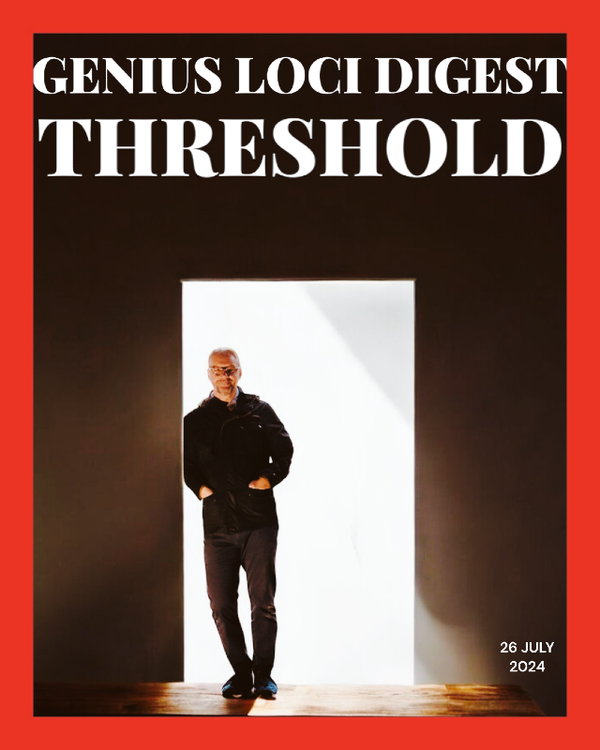
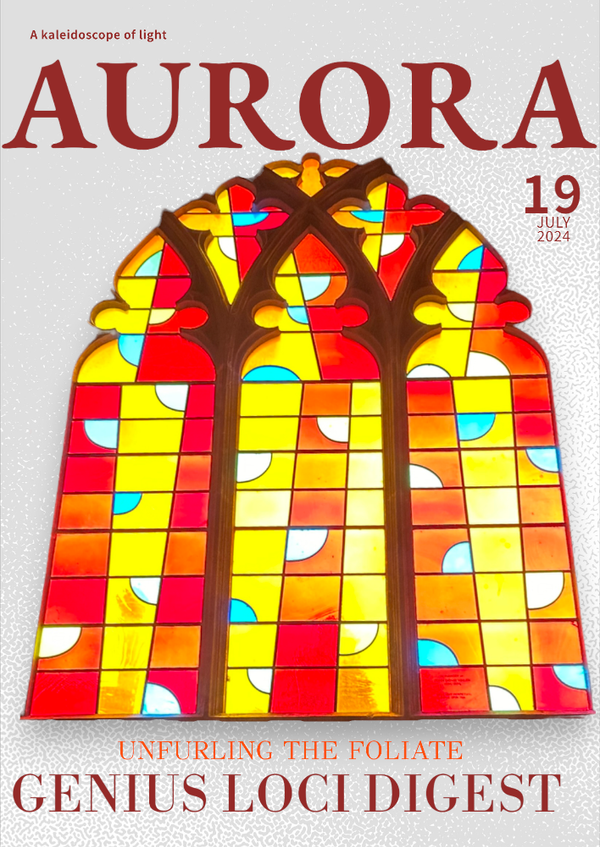
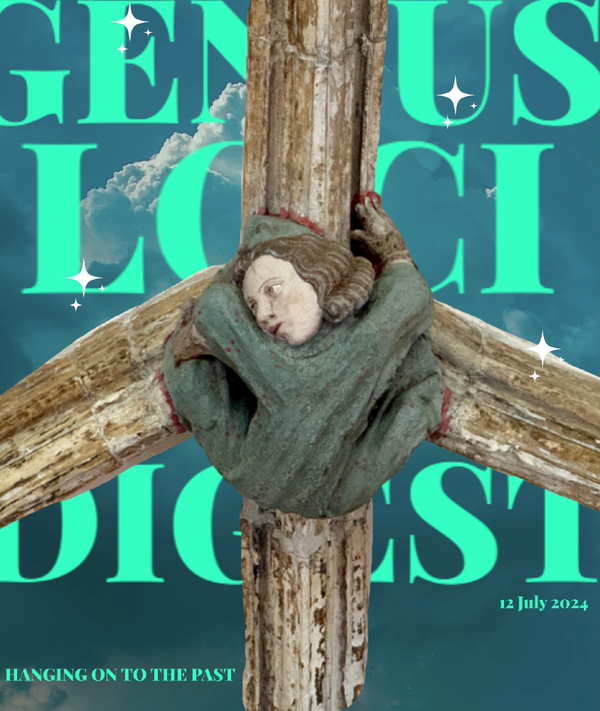
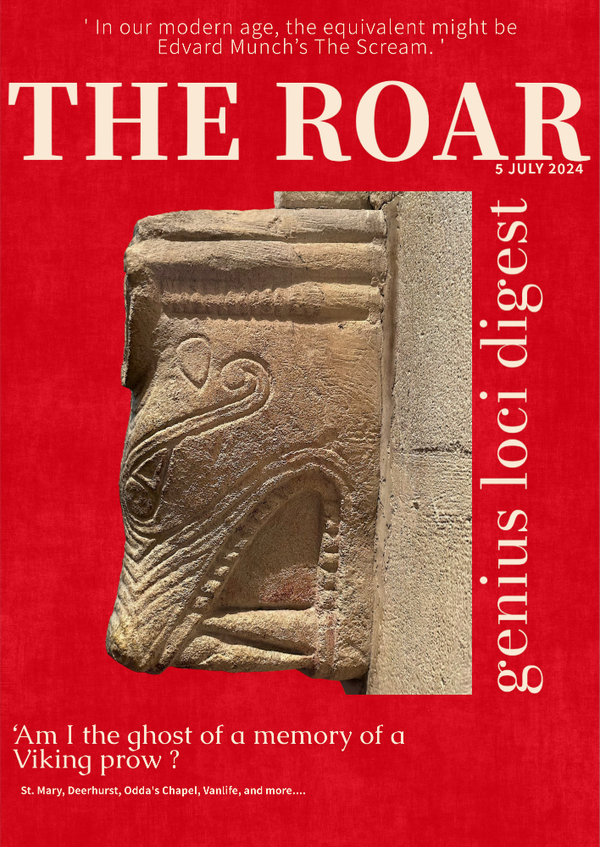
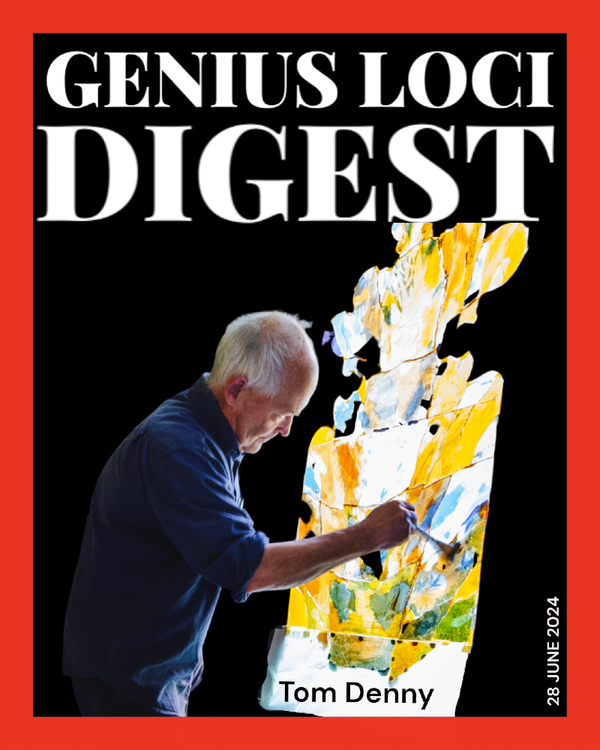
Member discussion